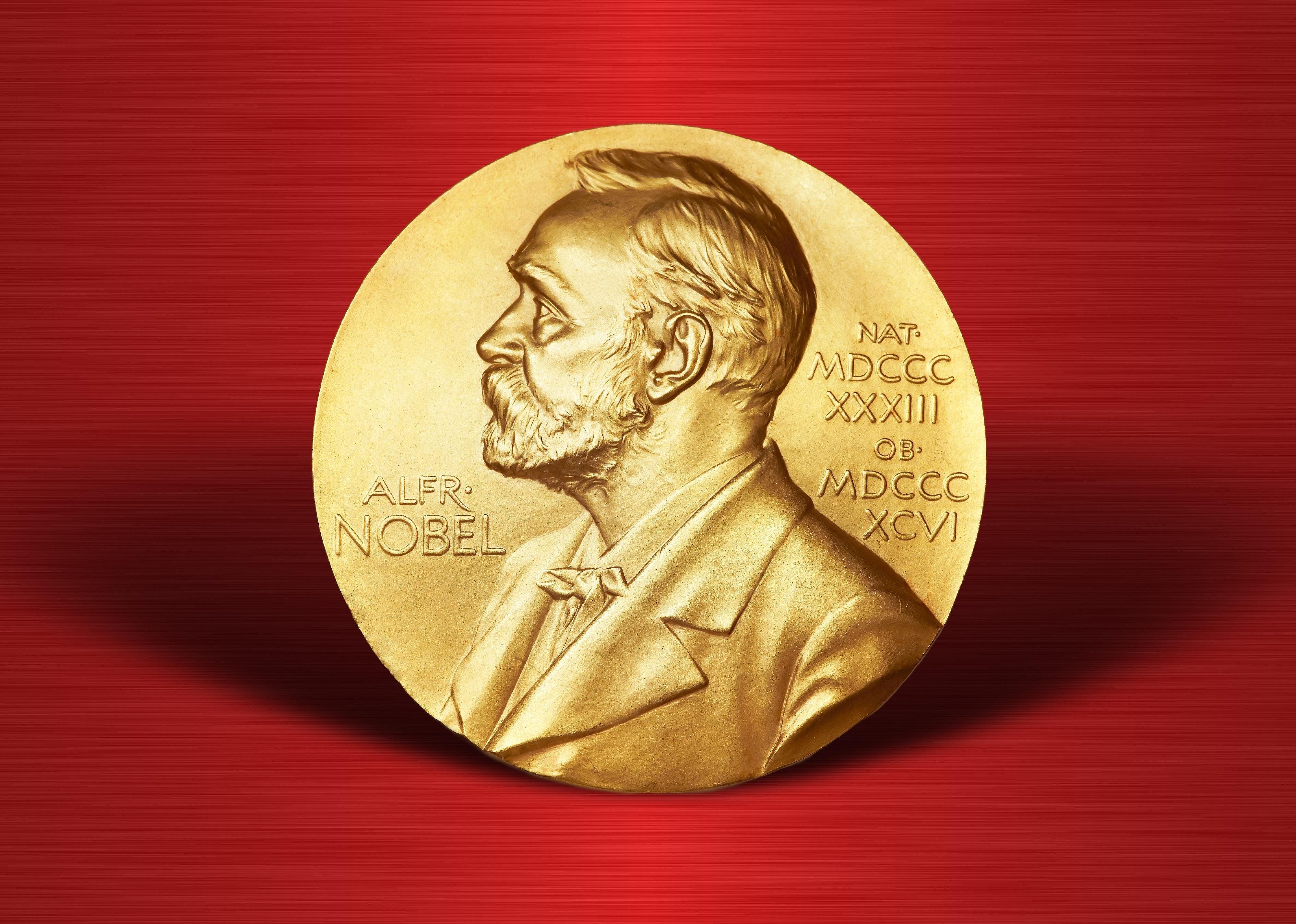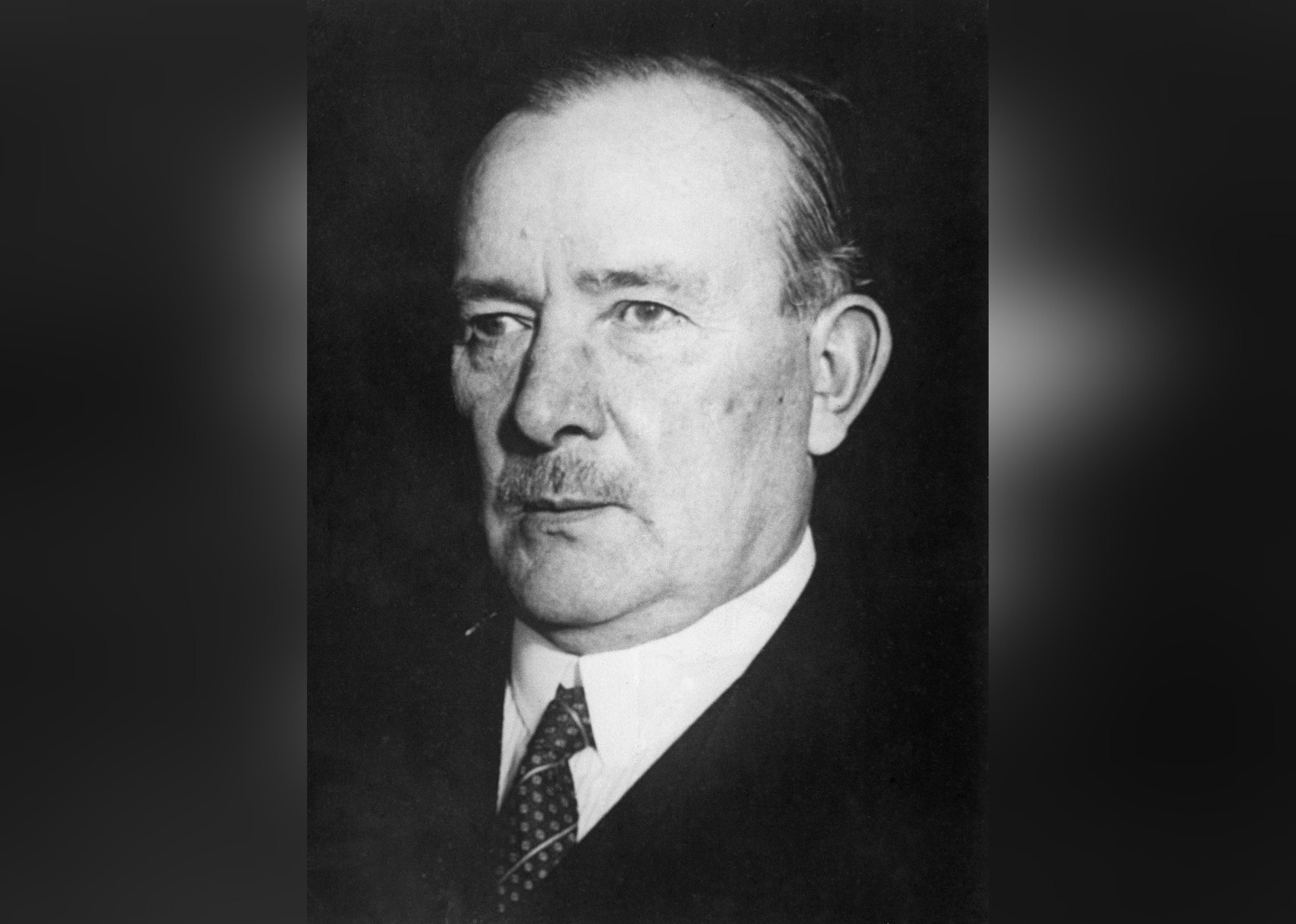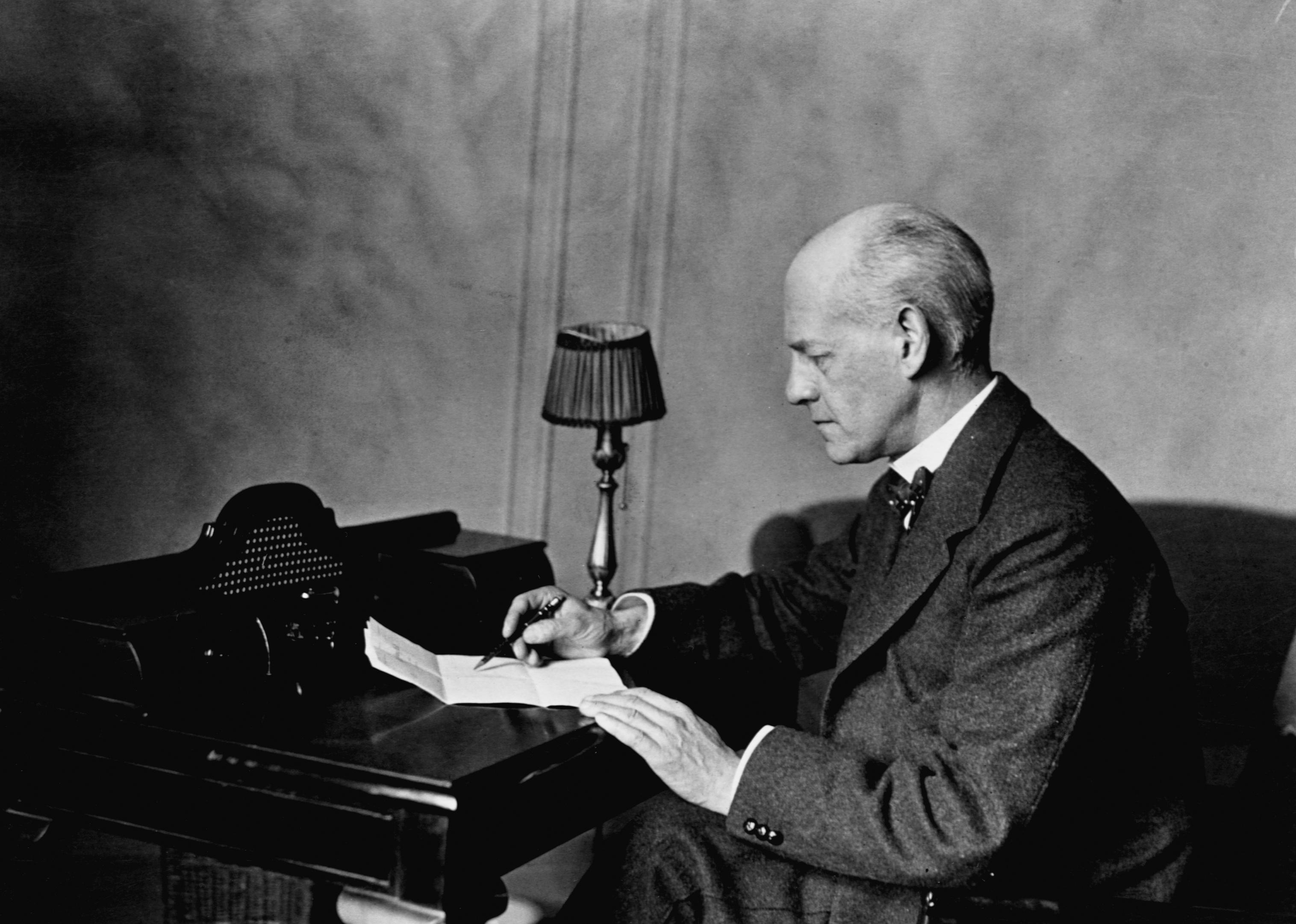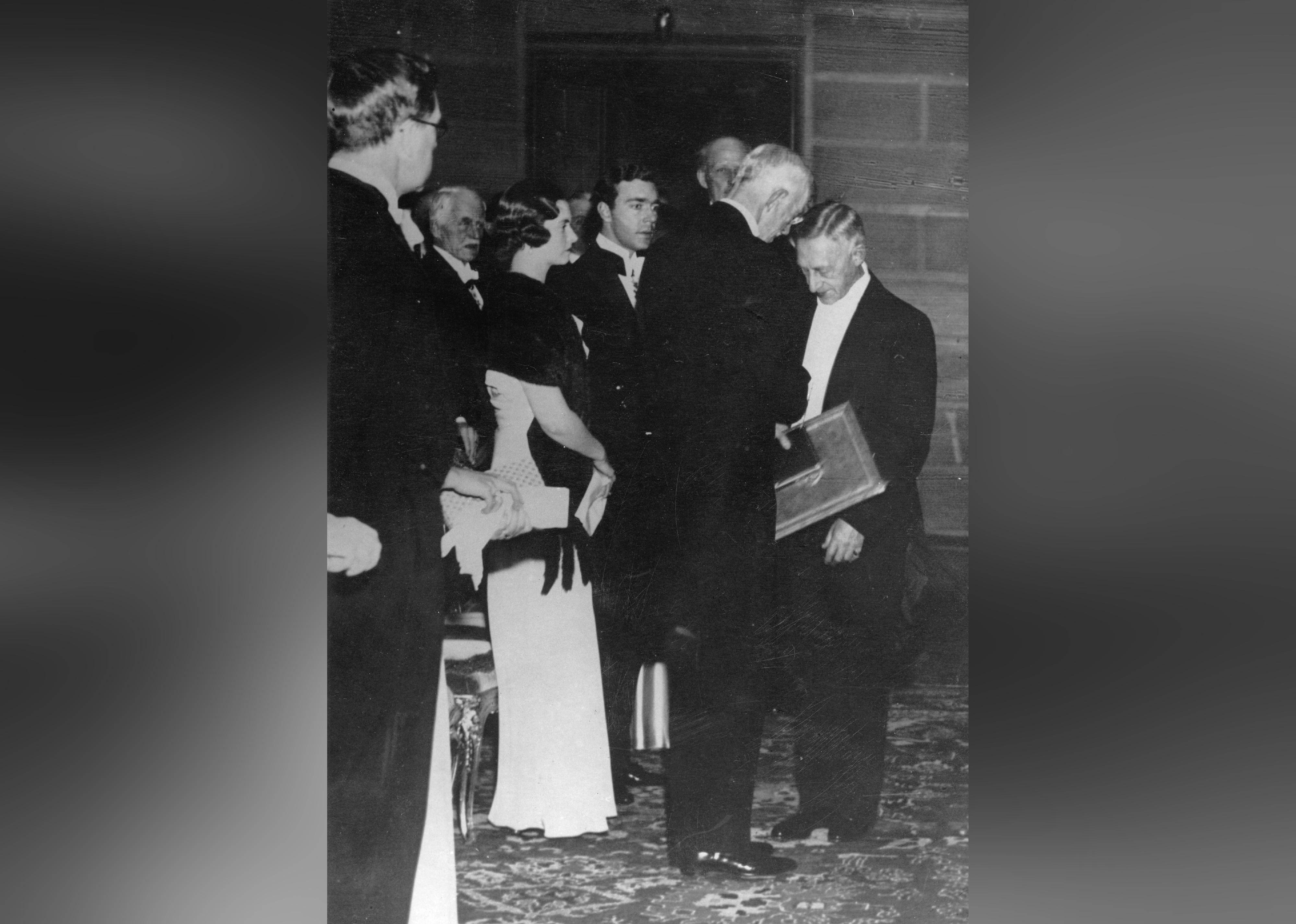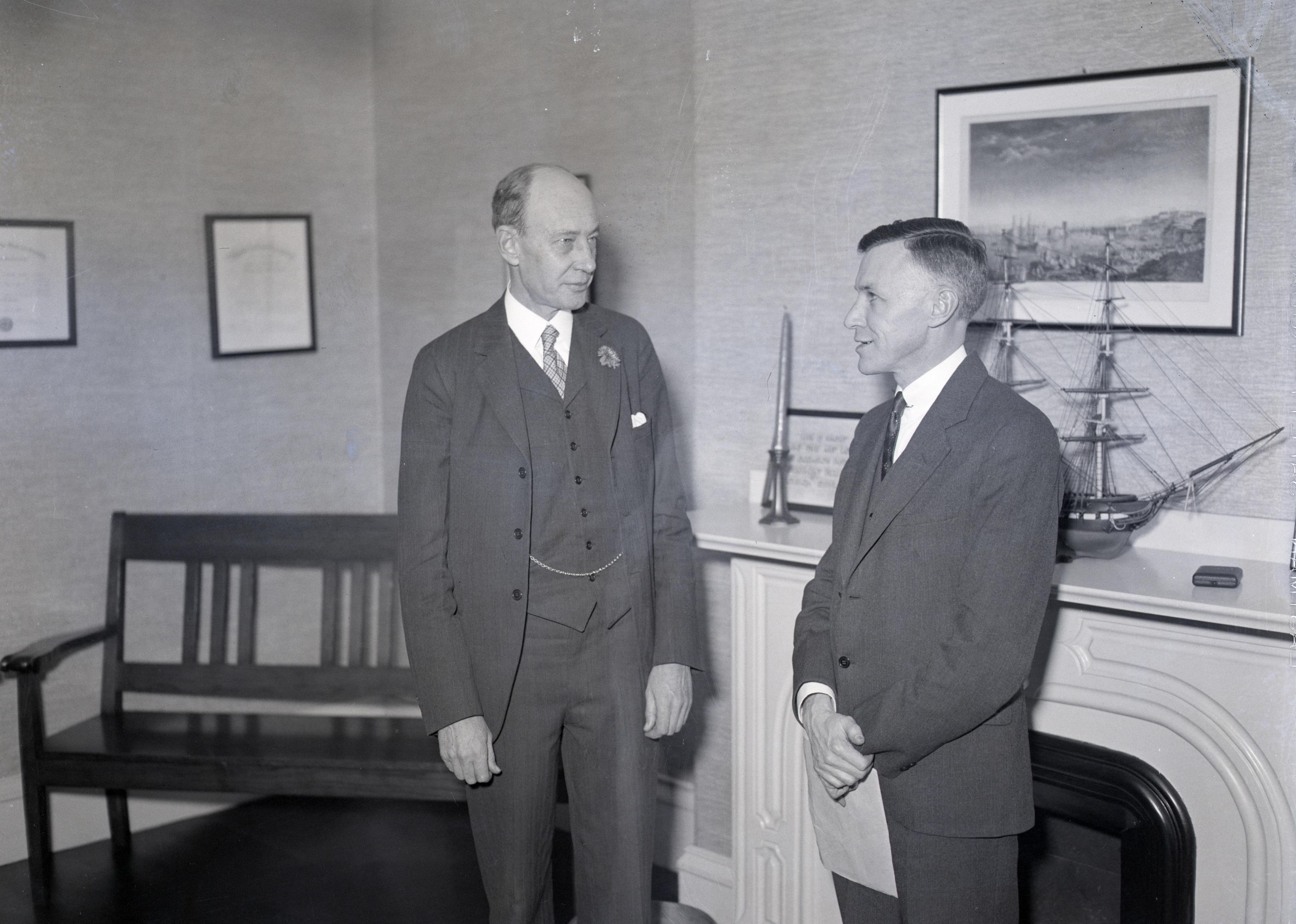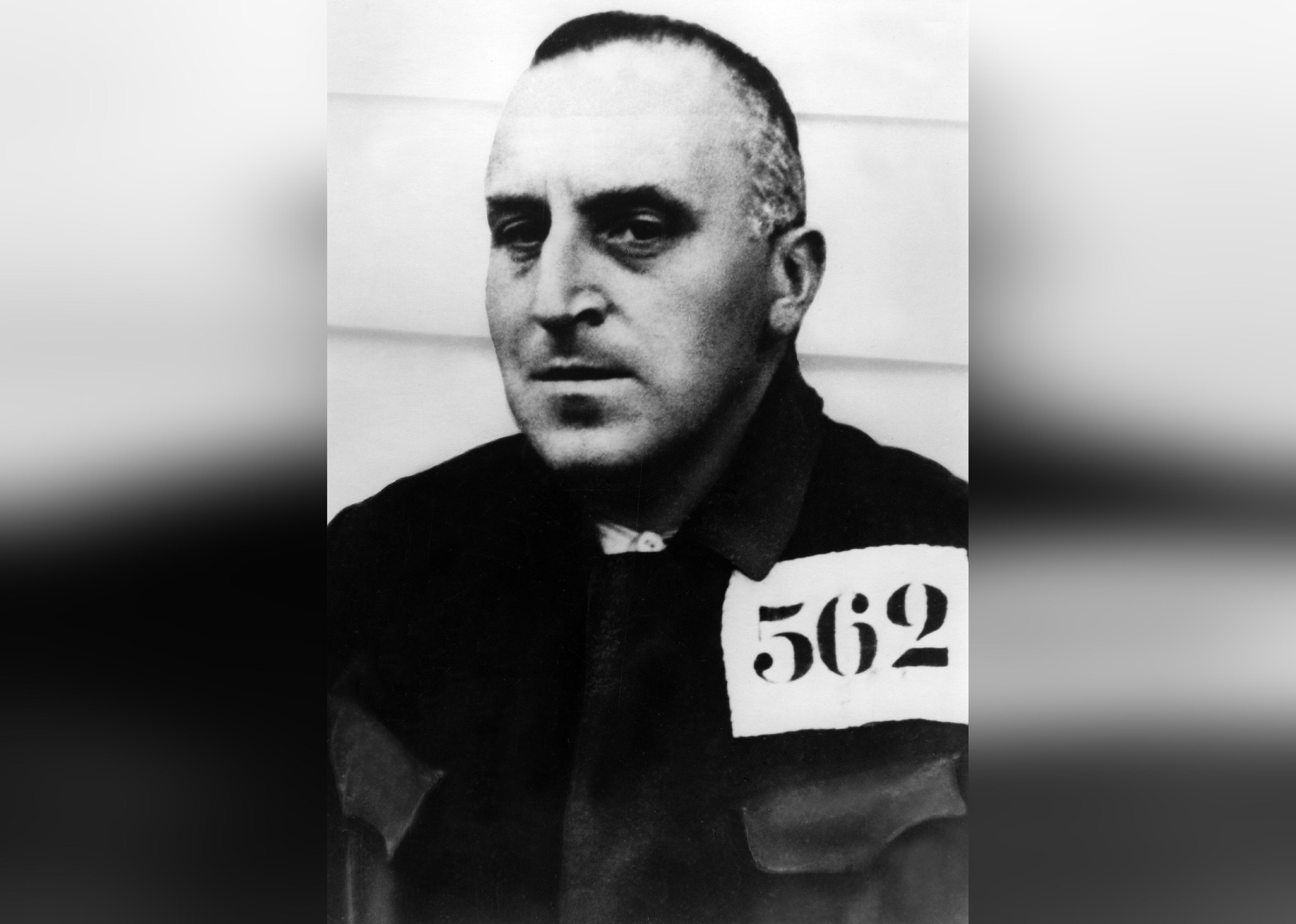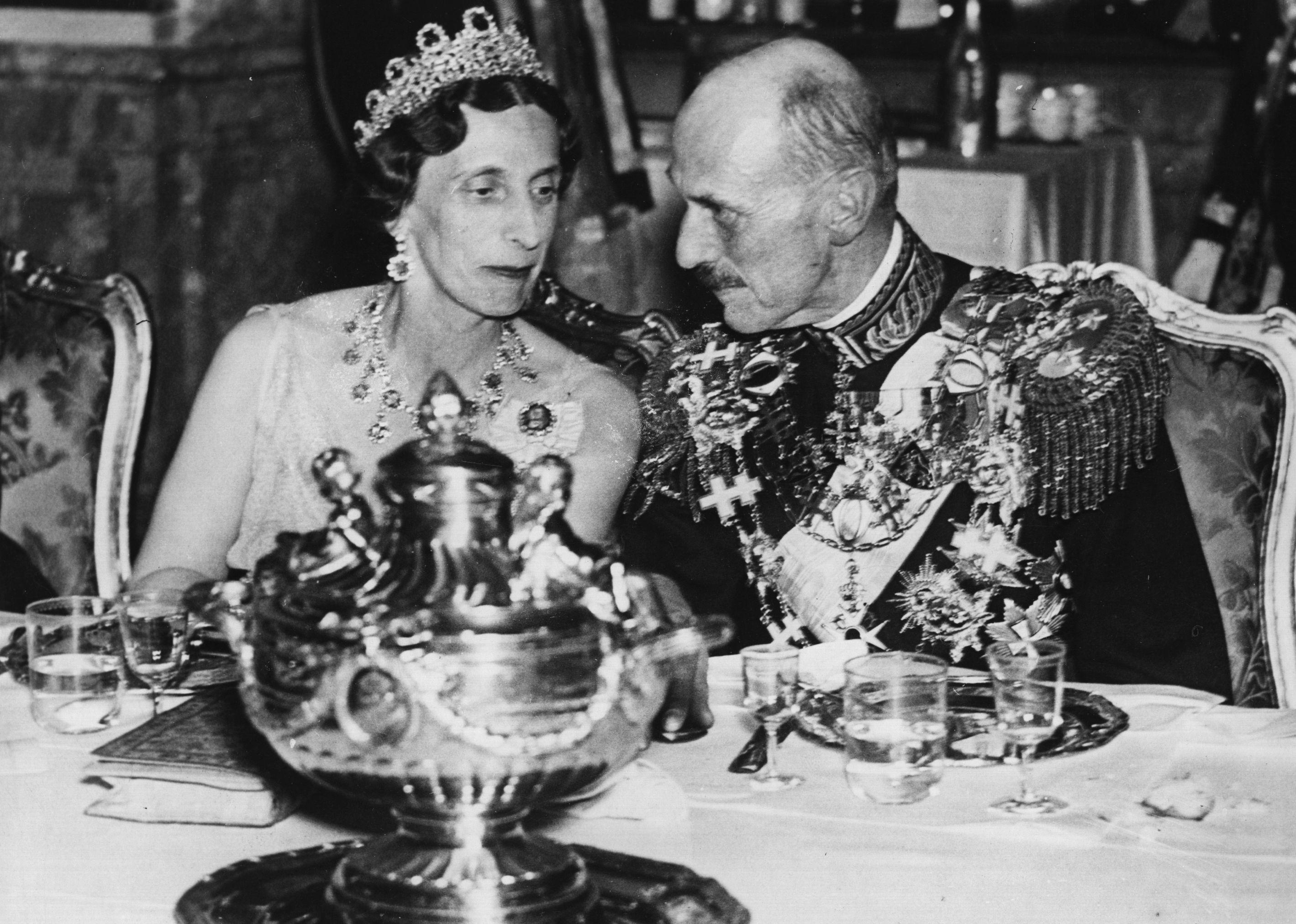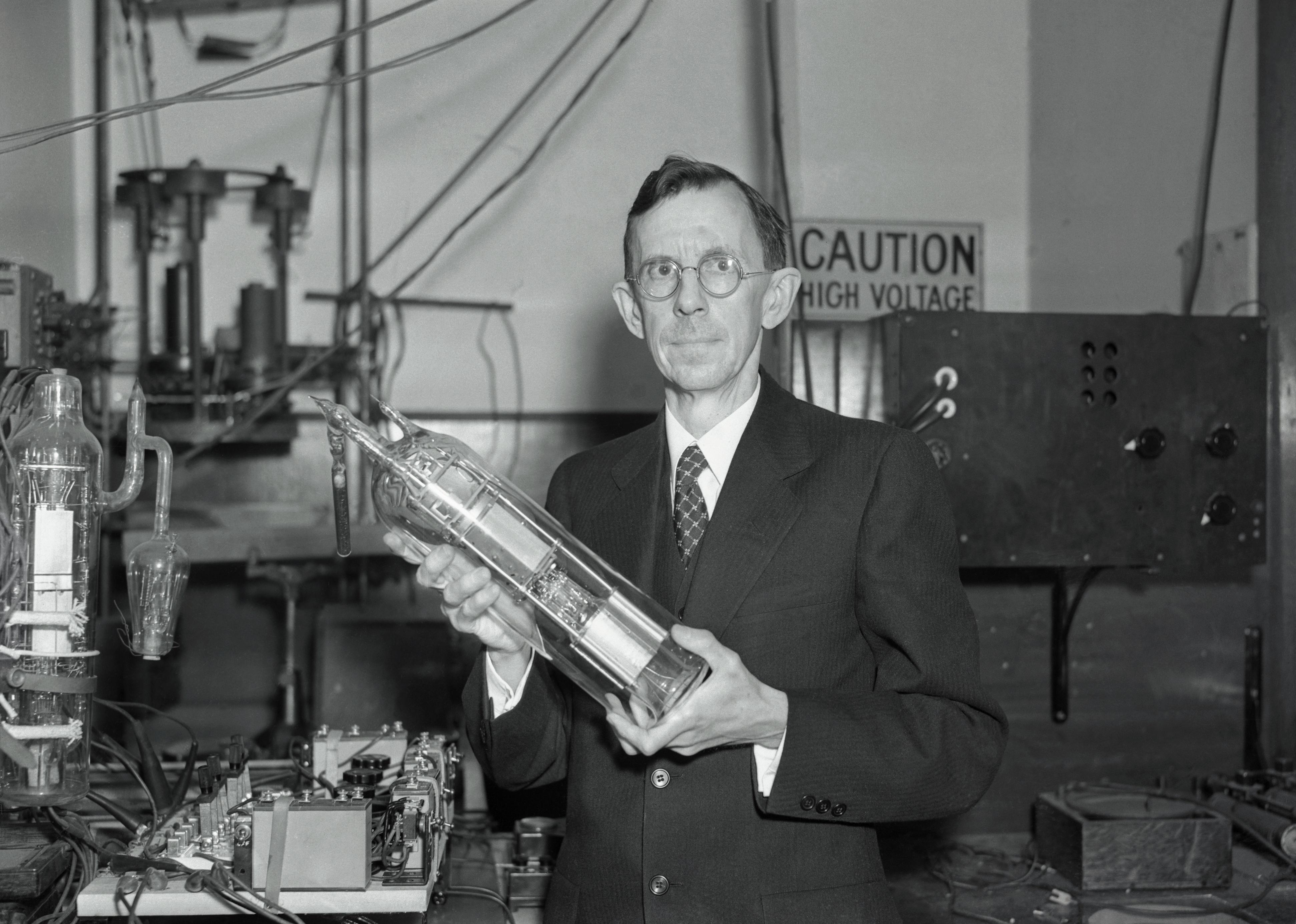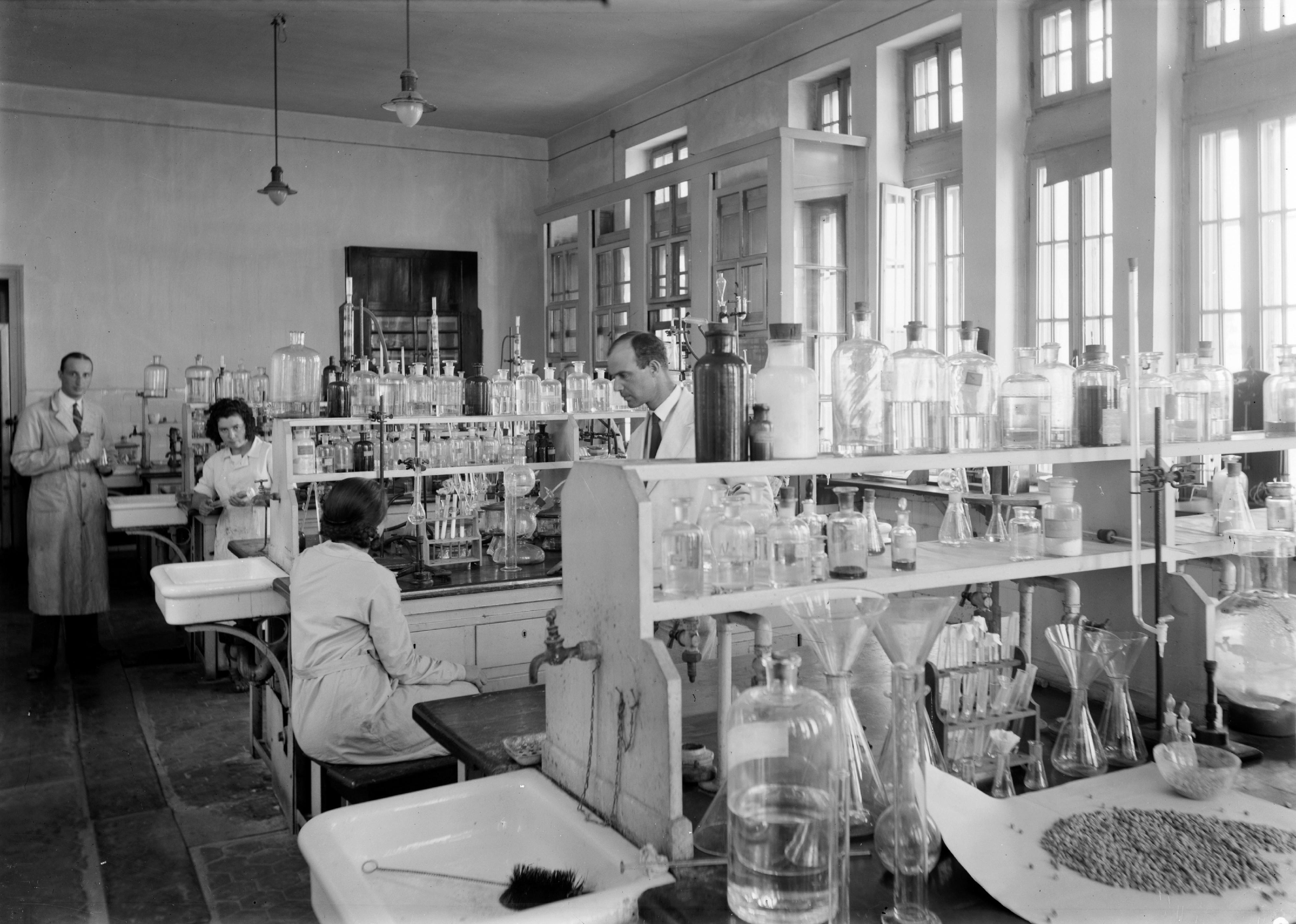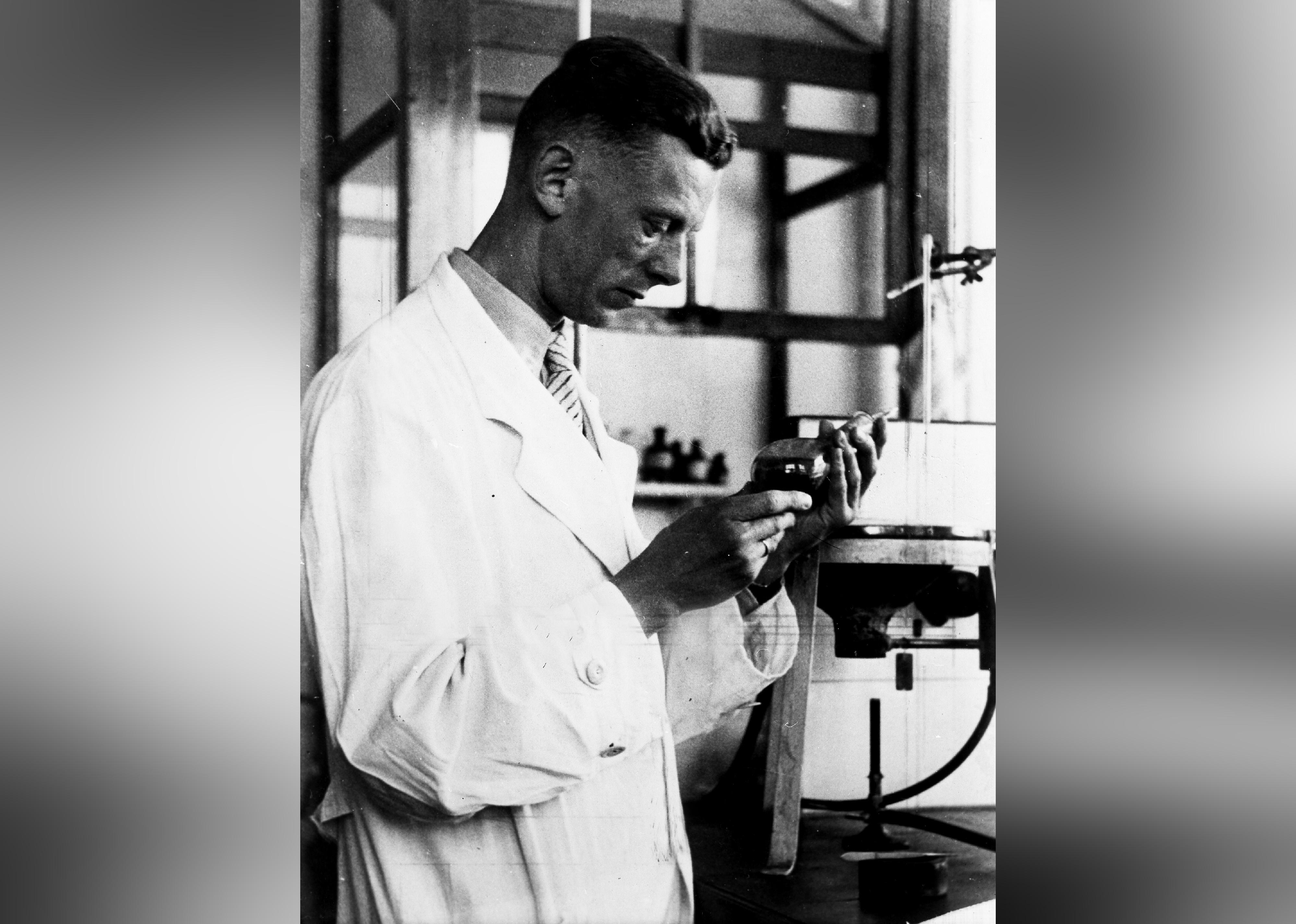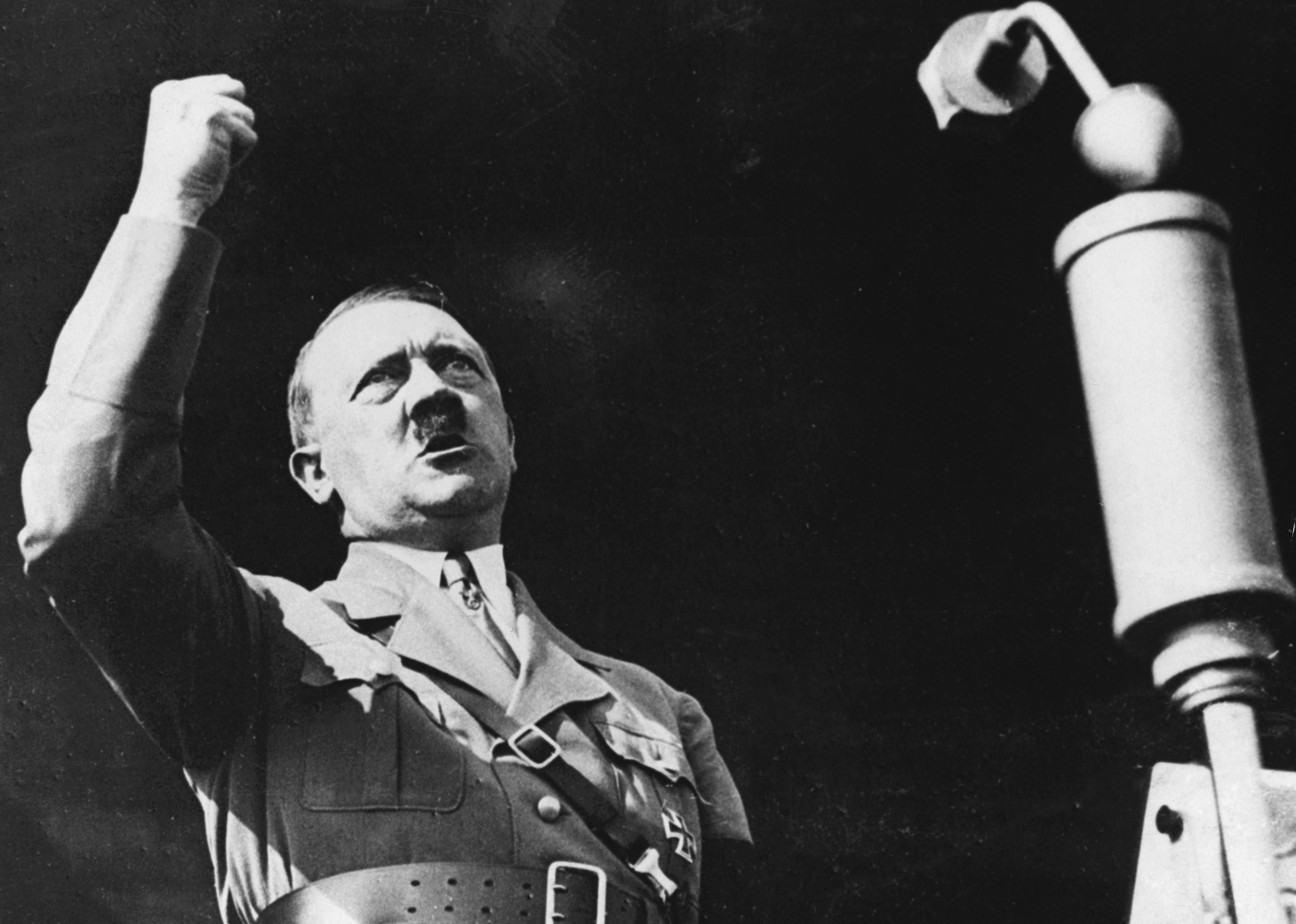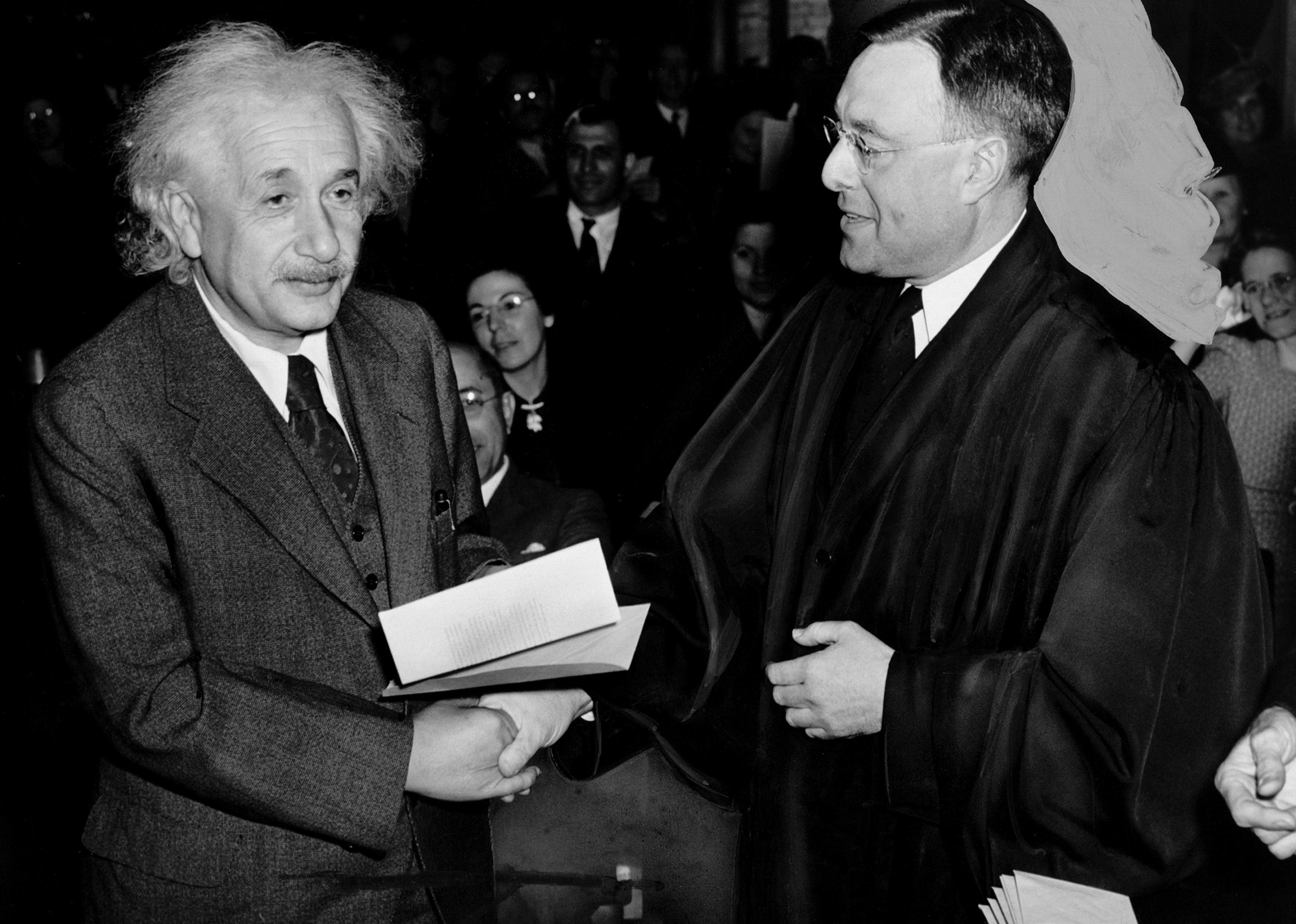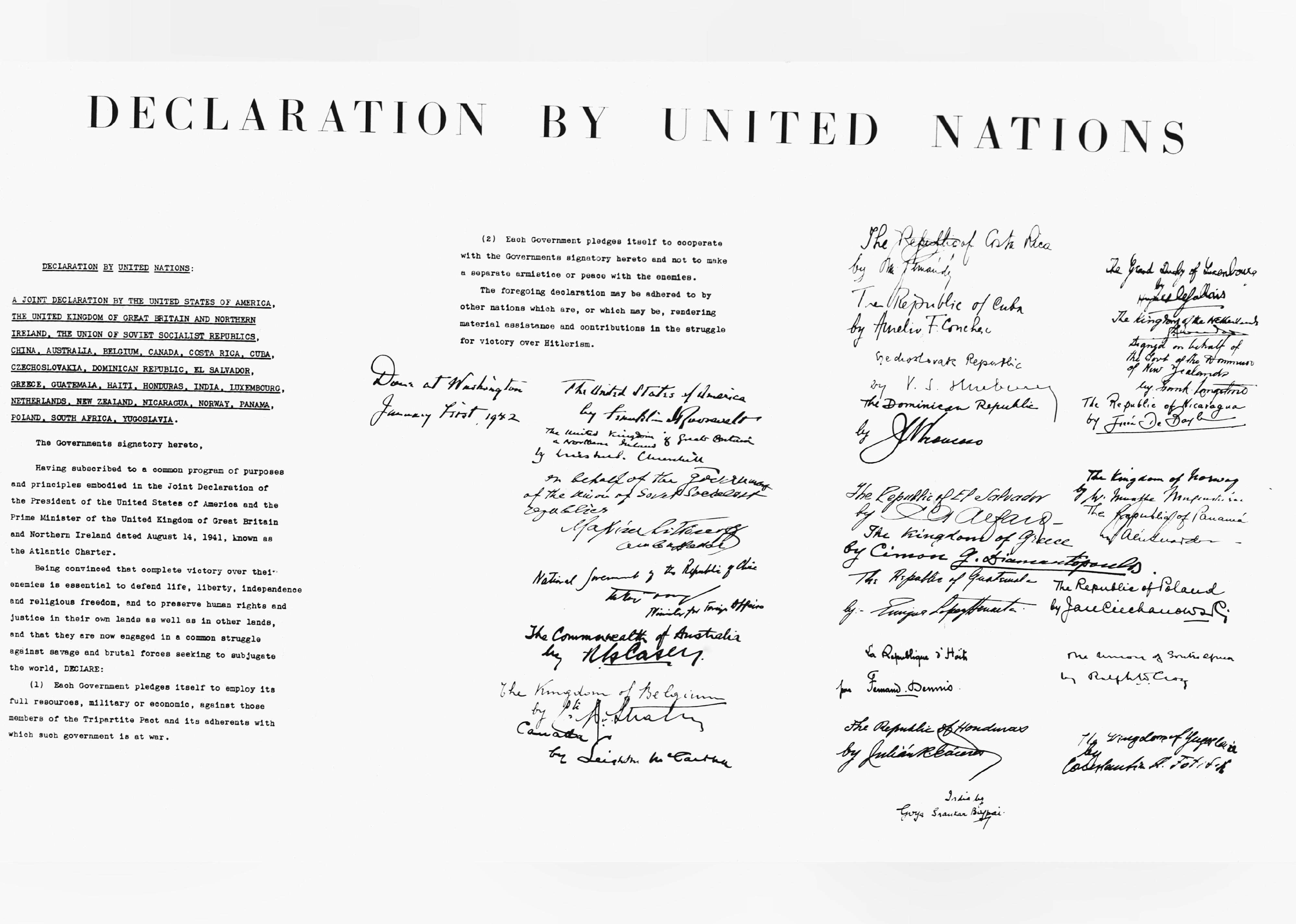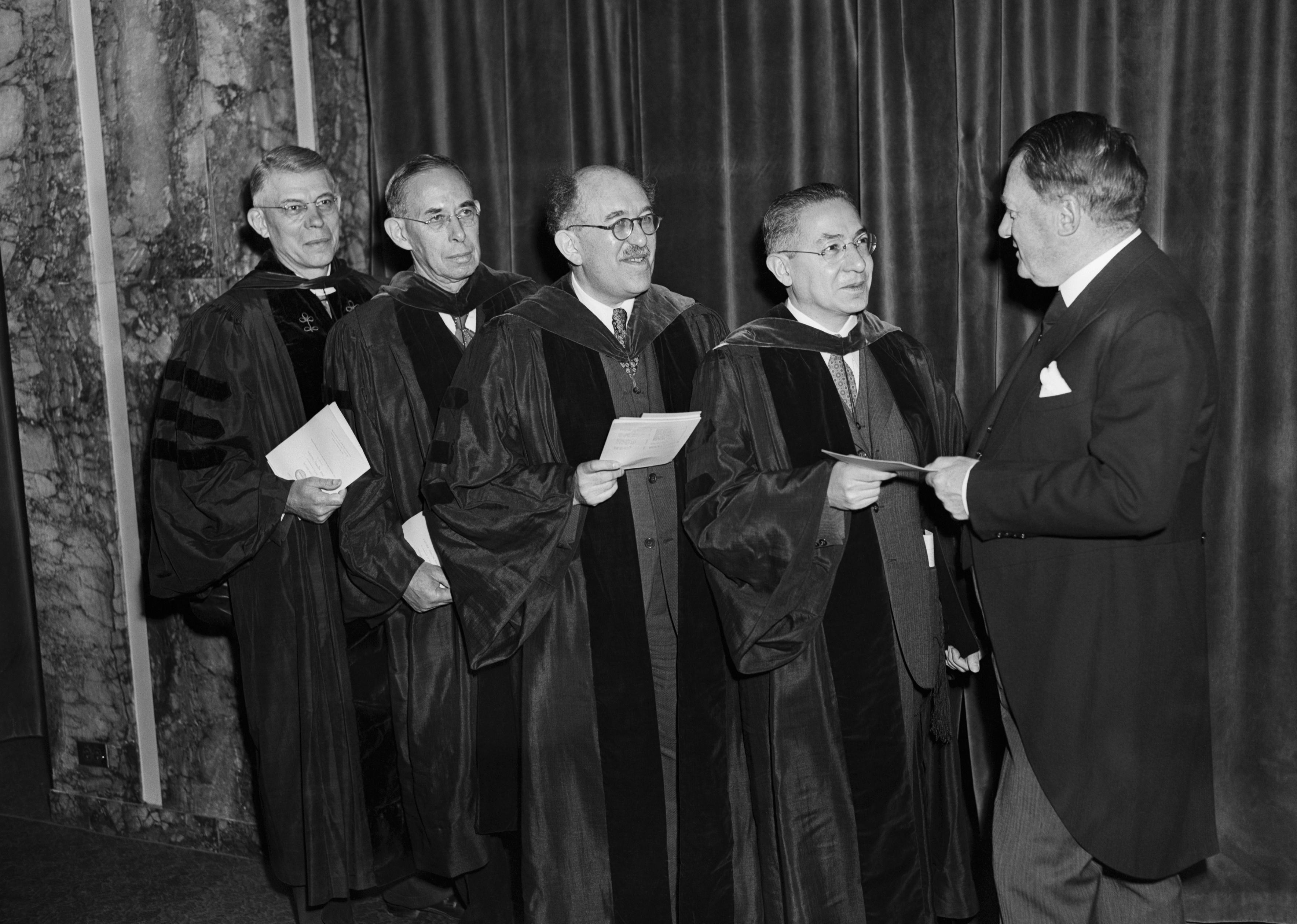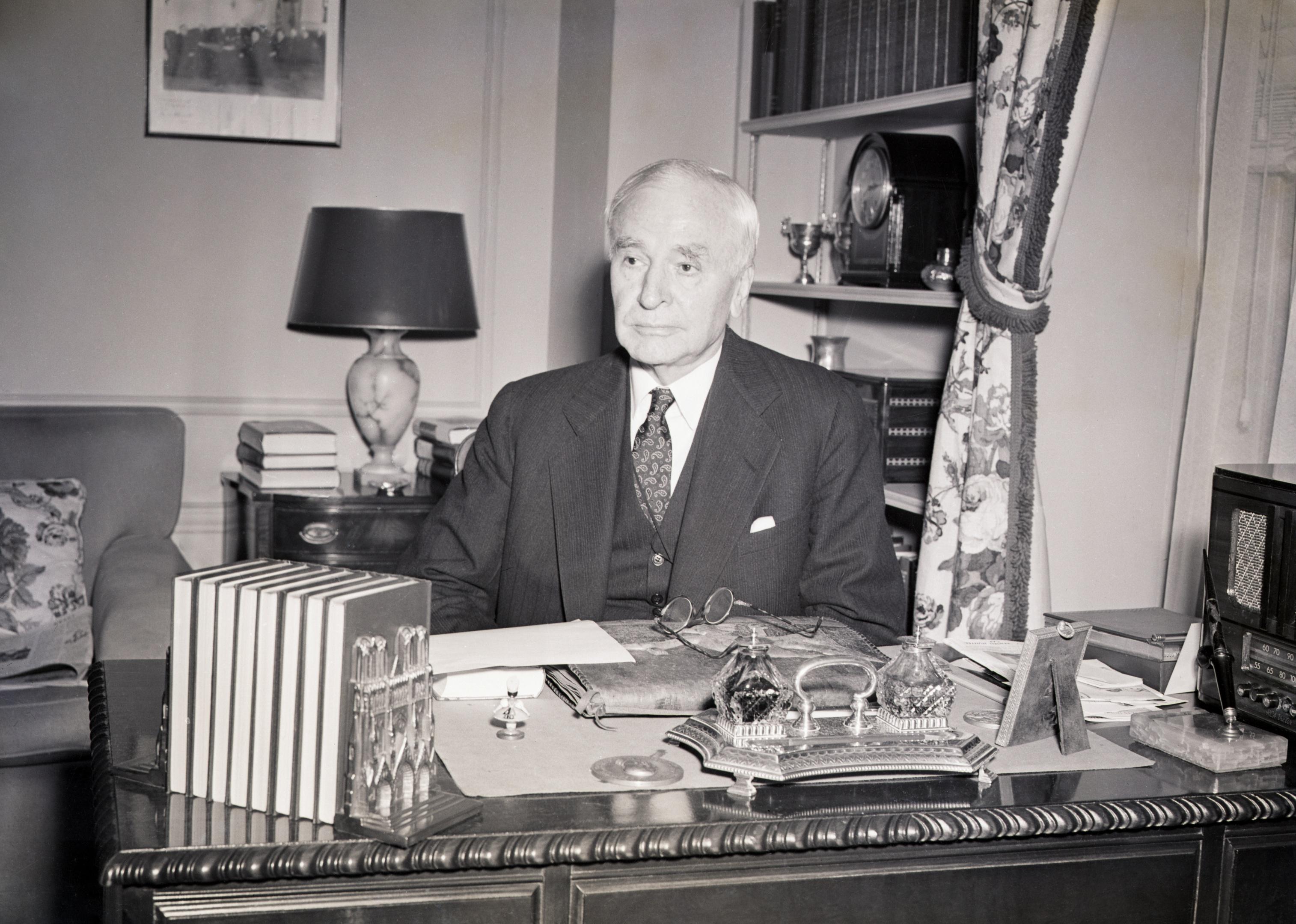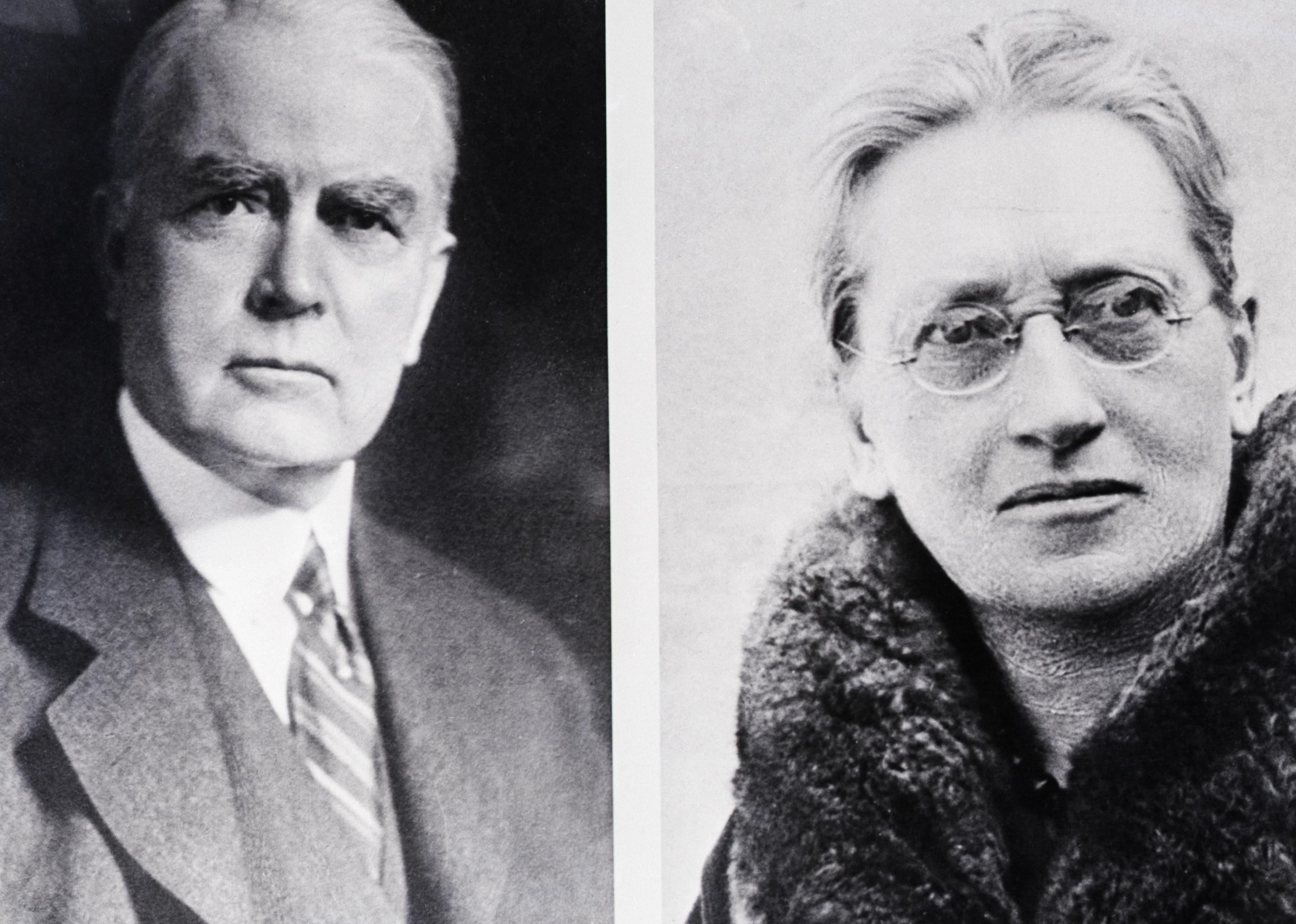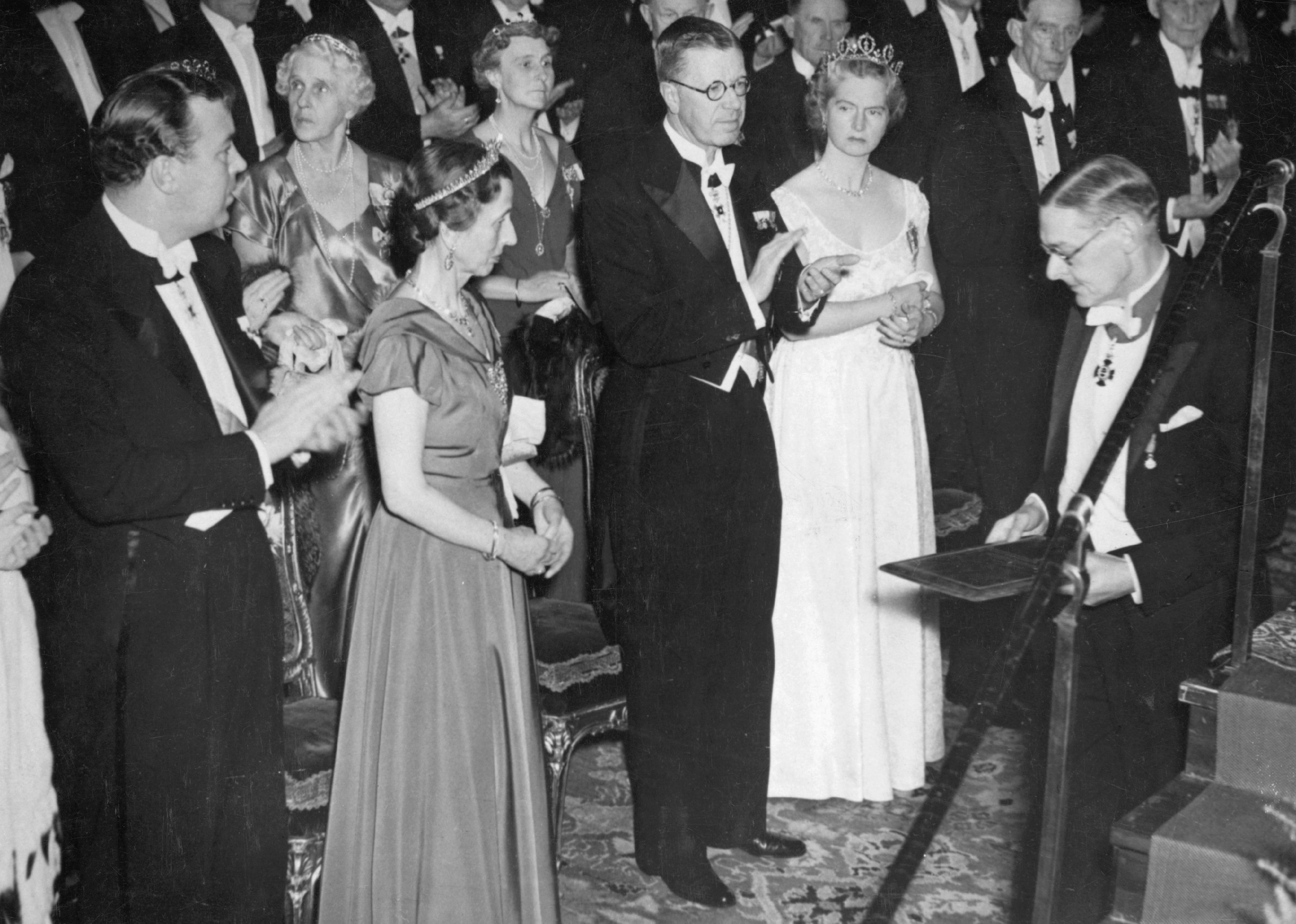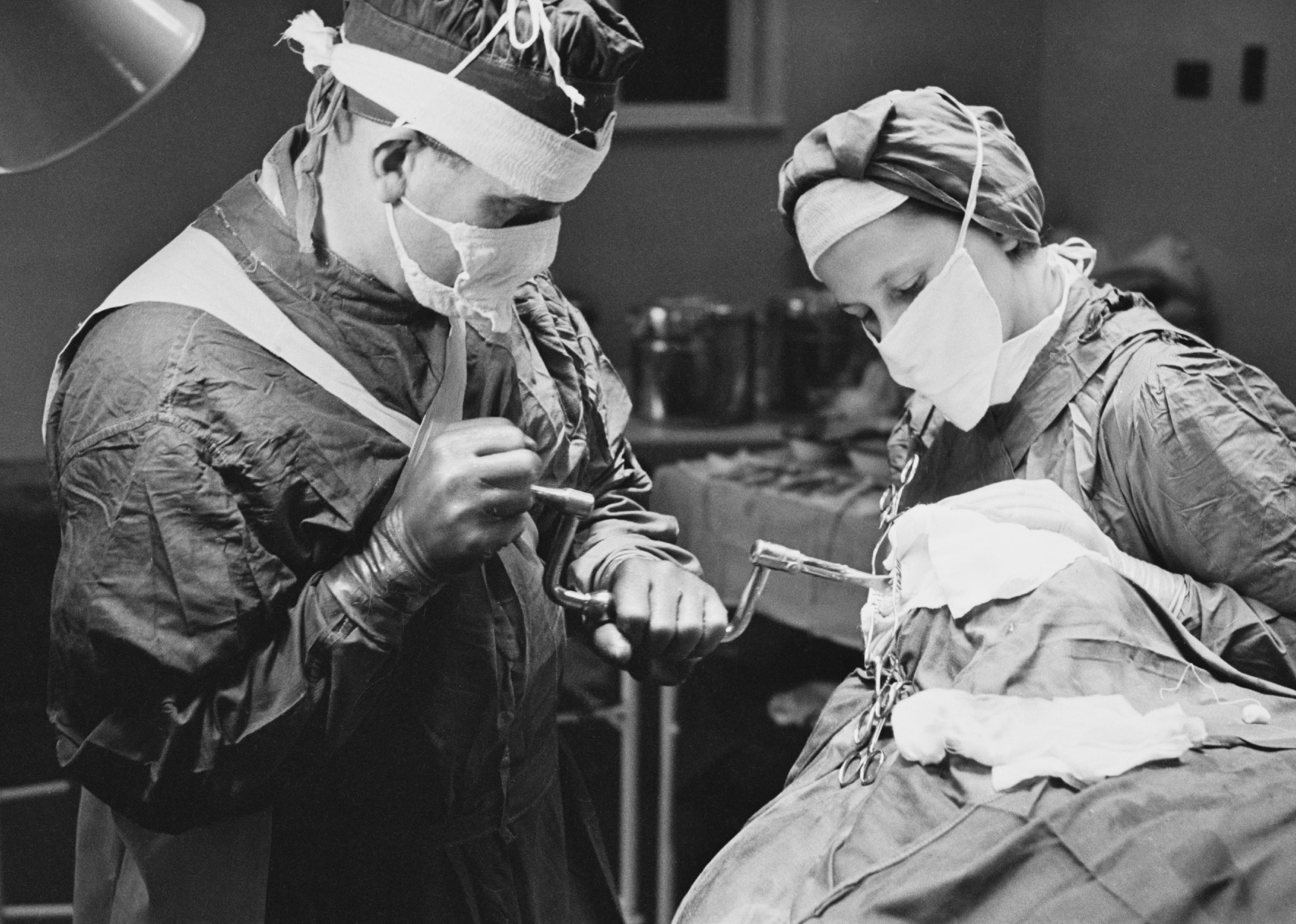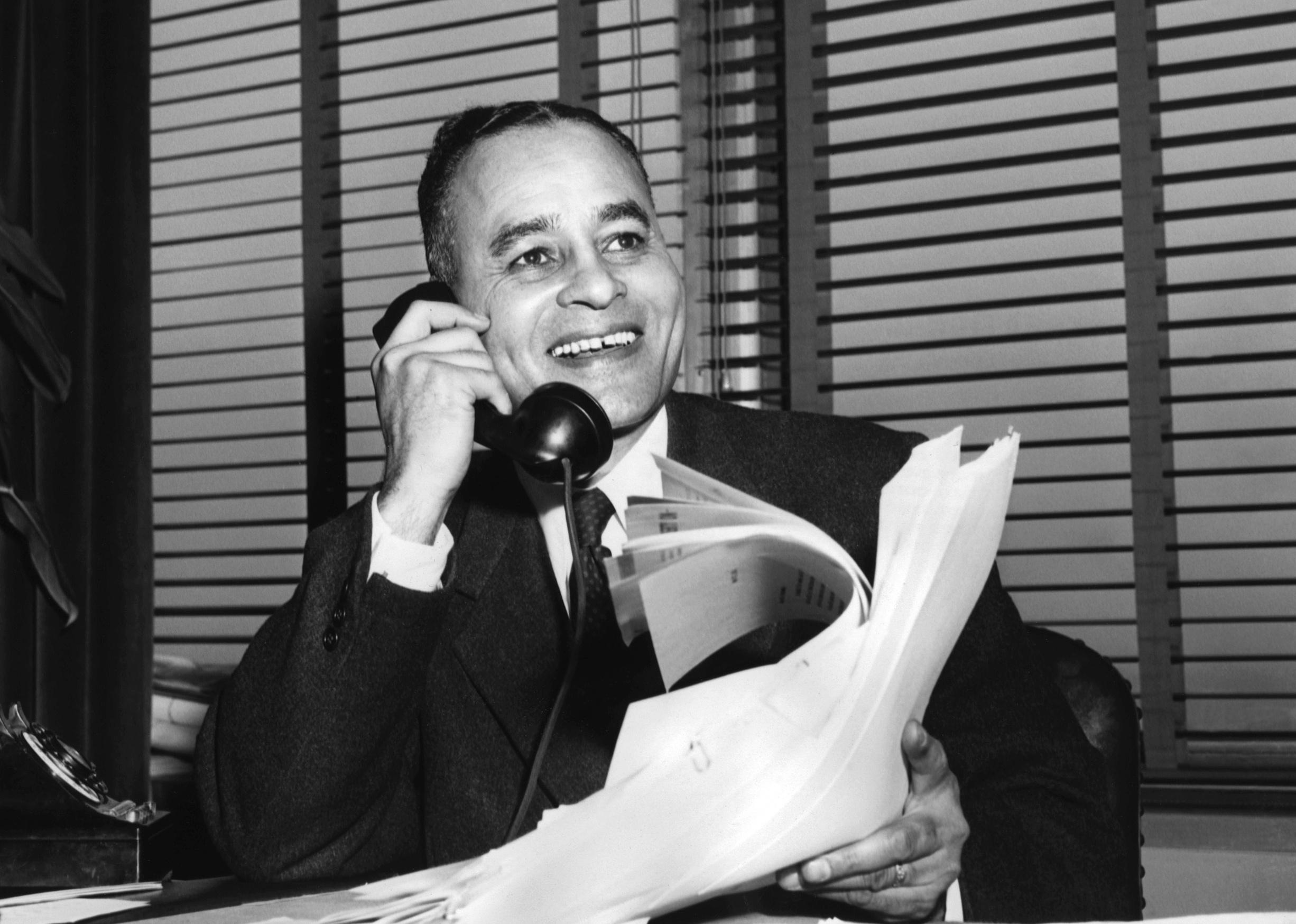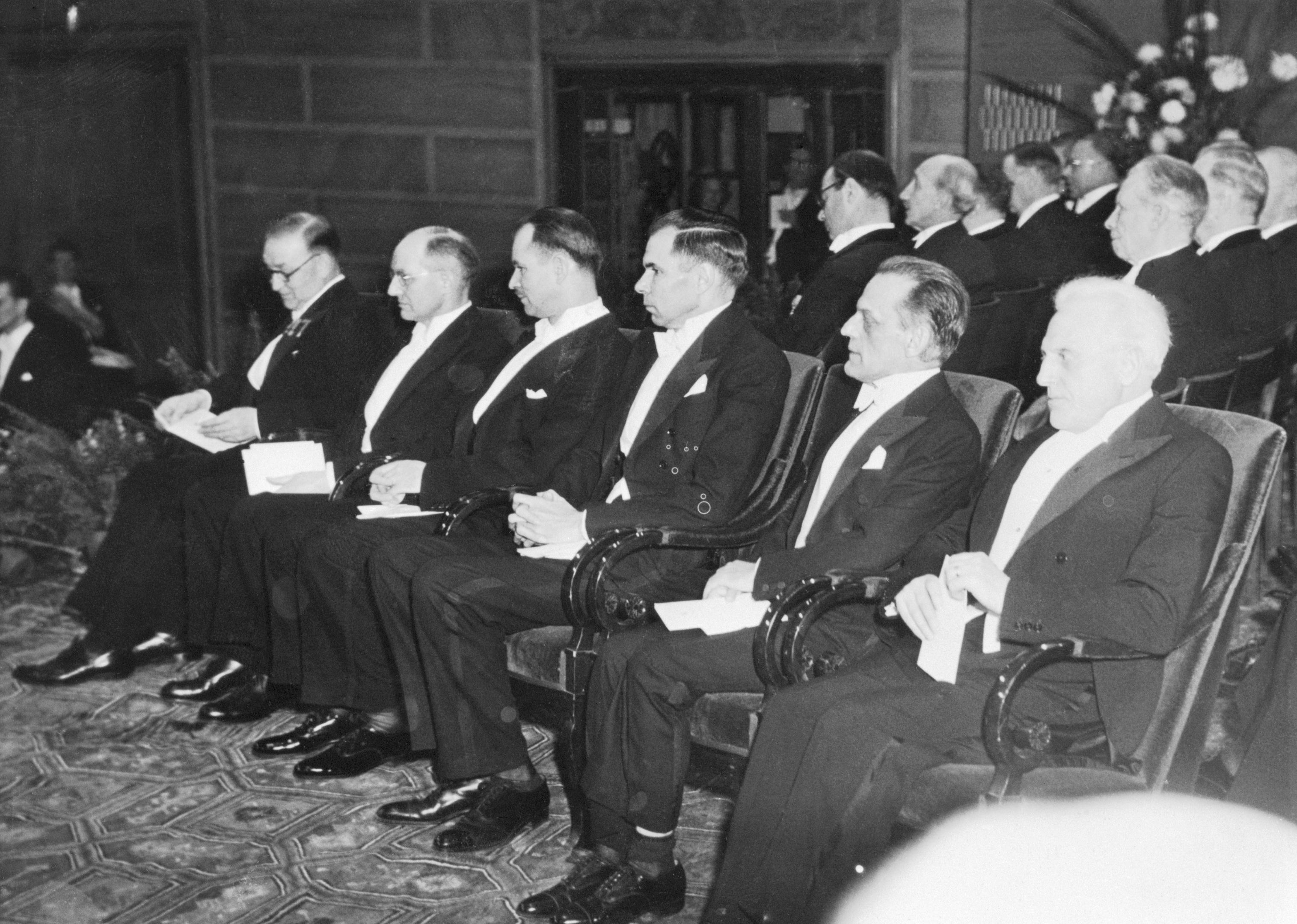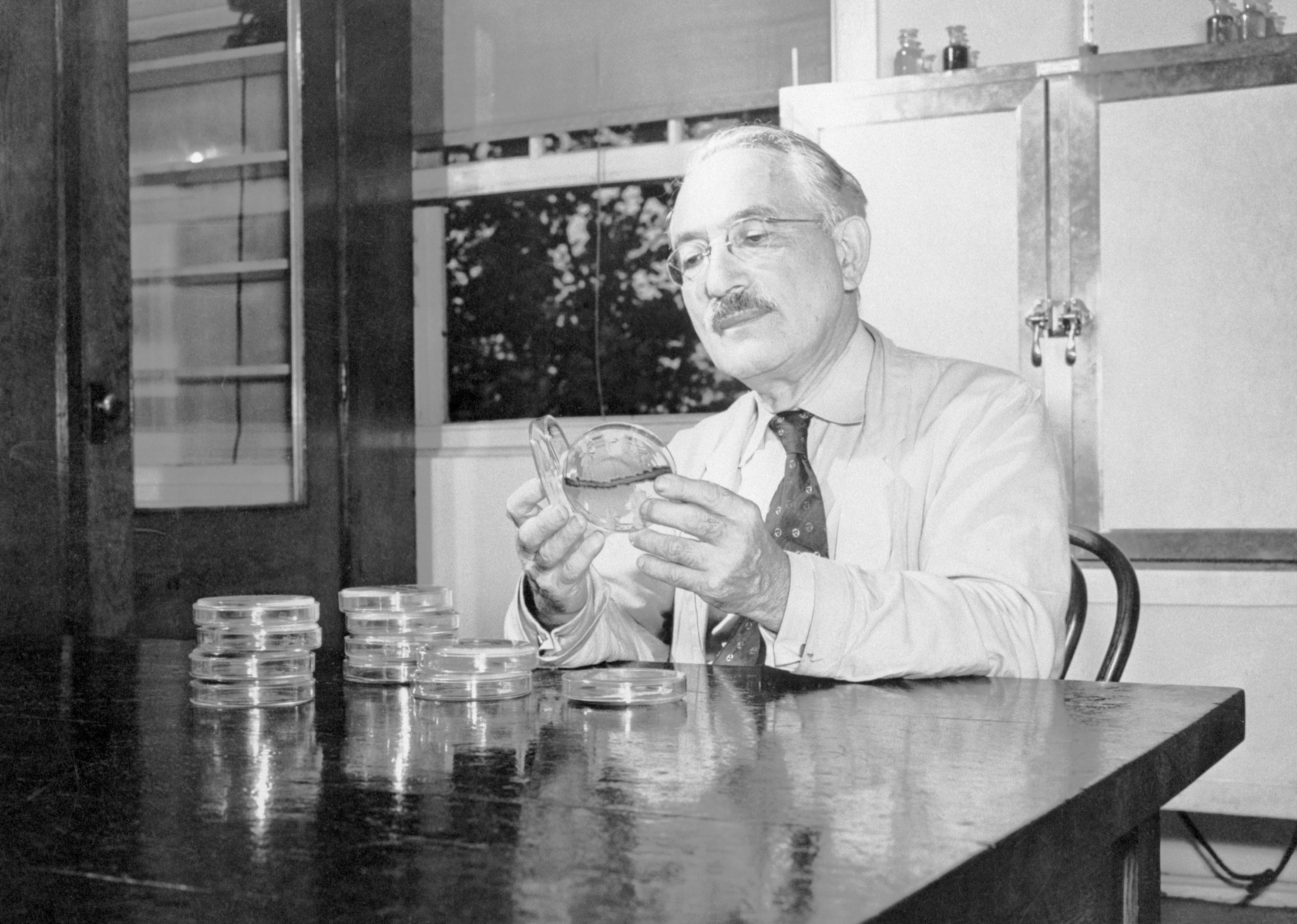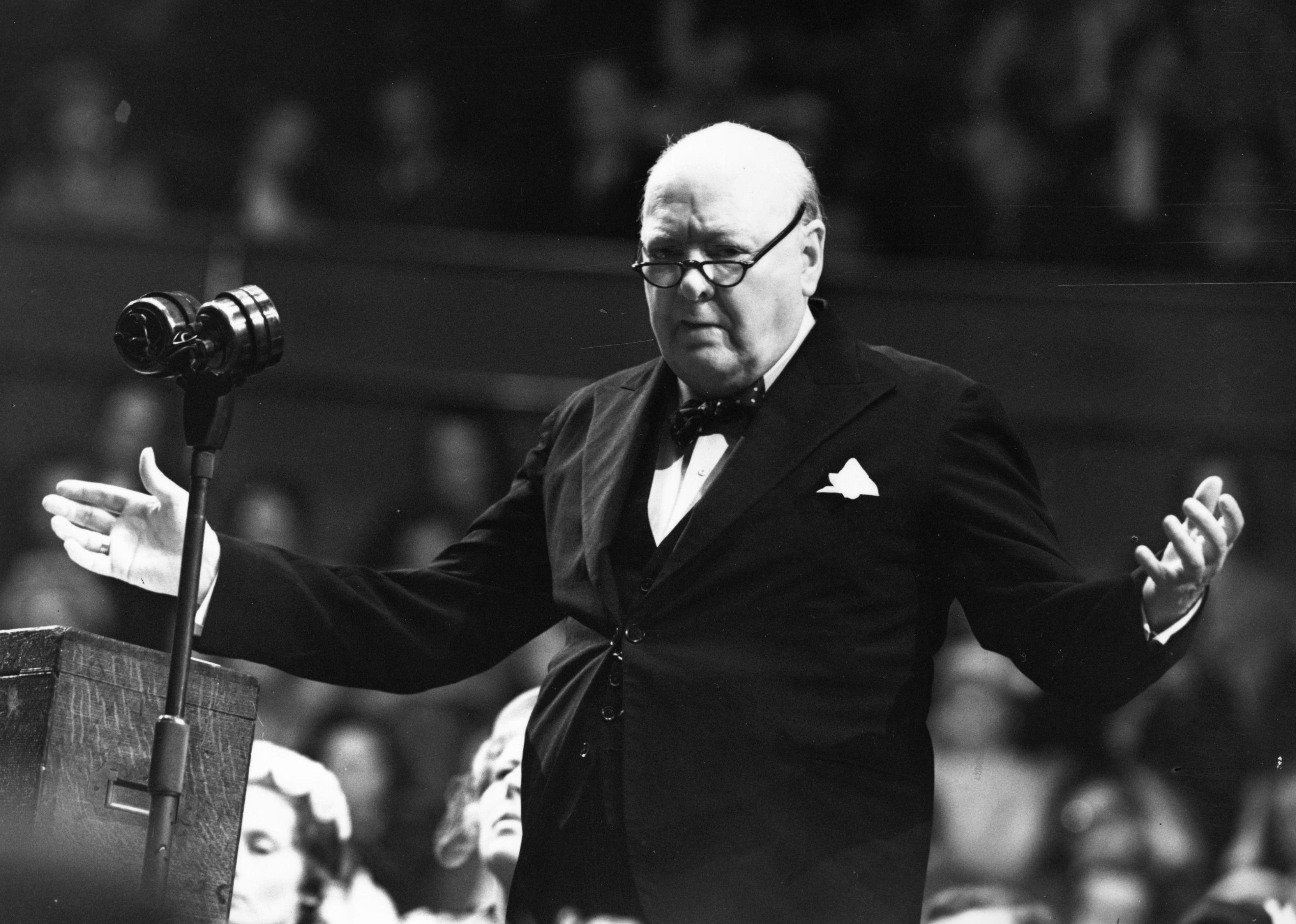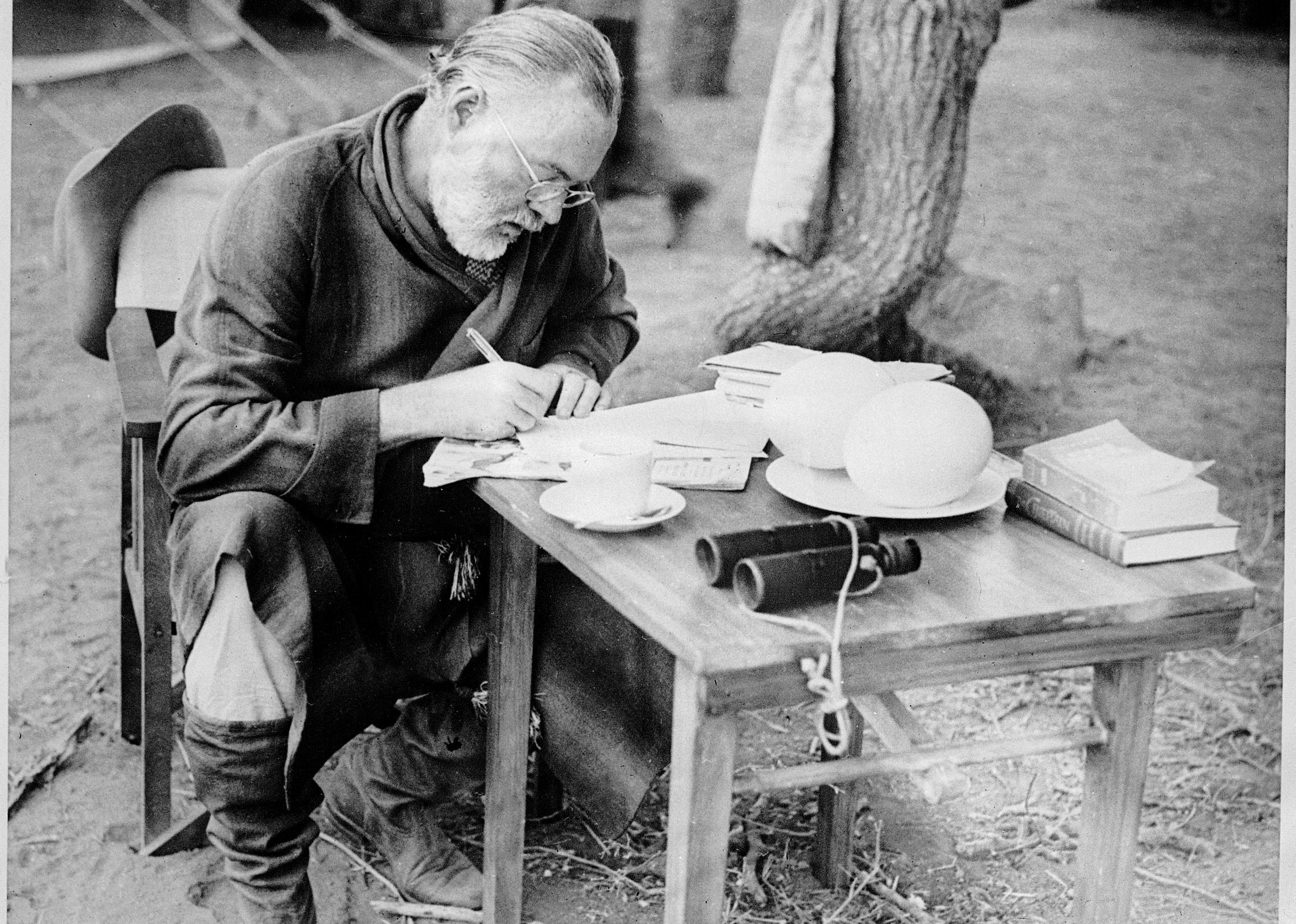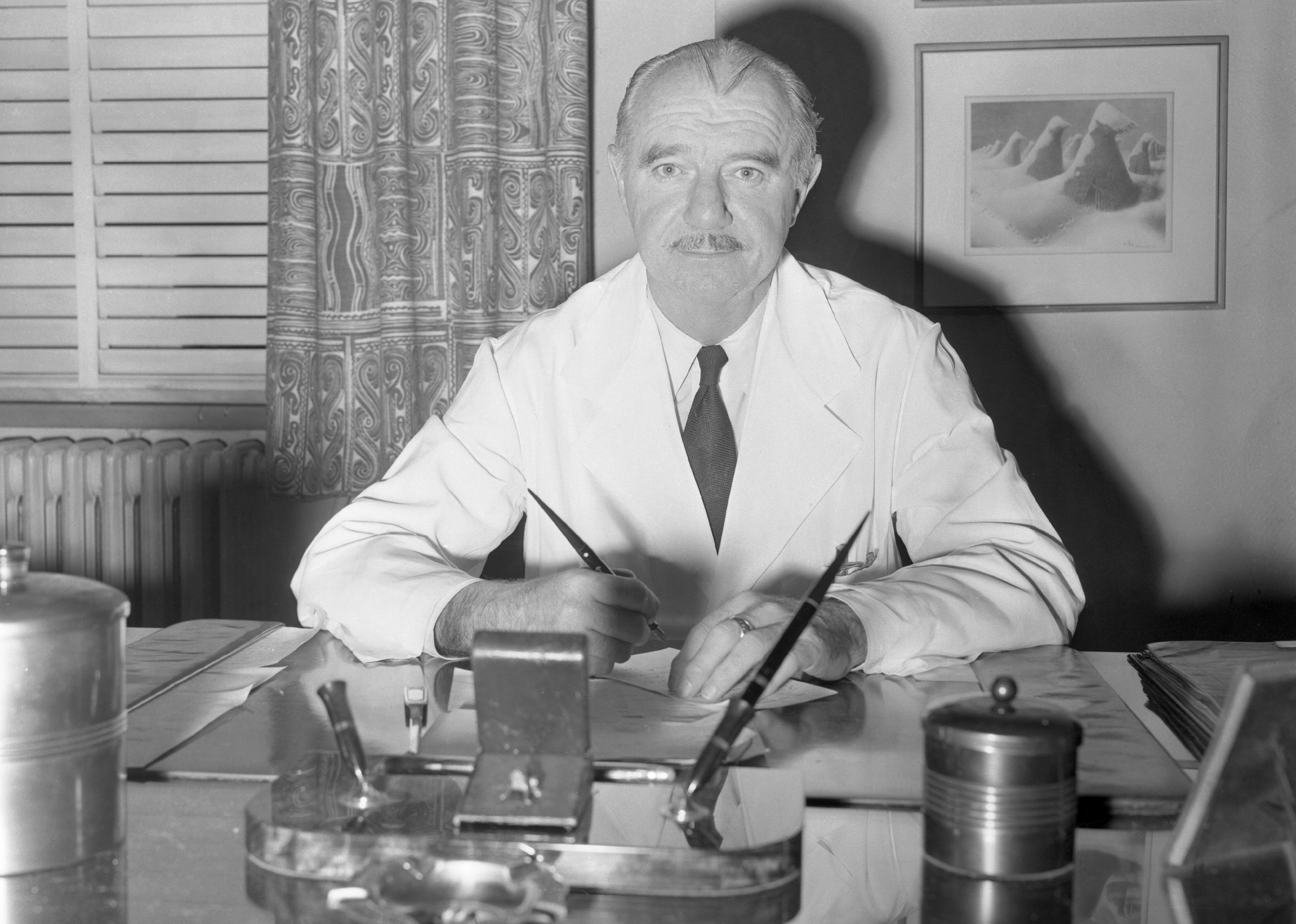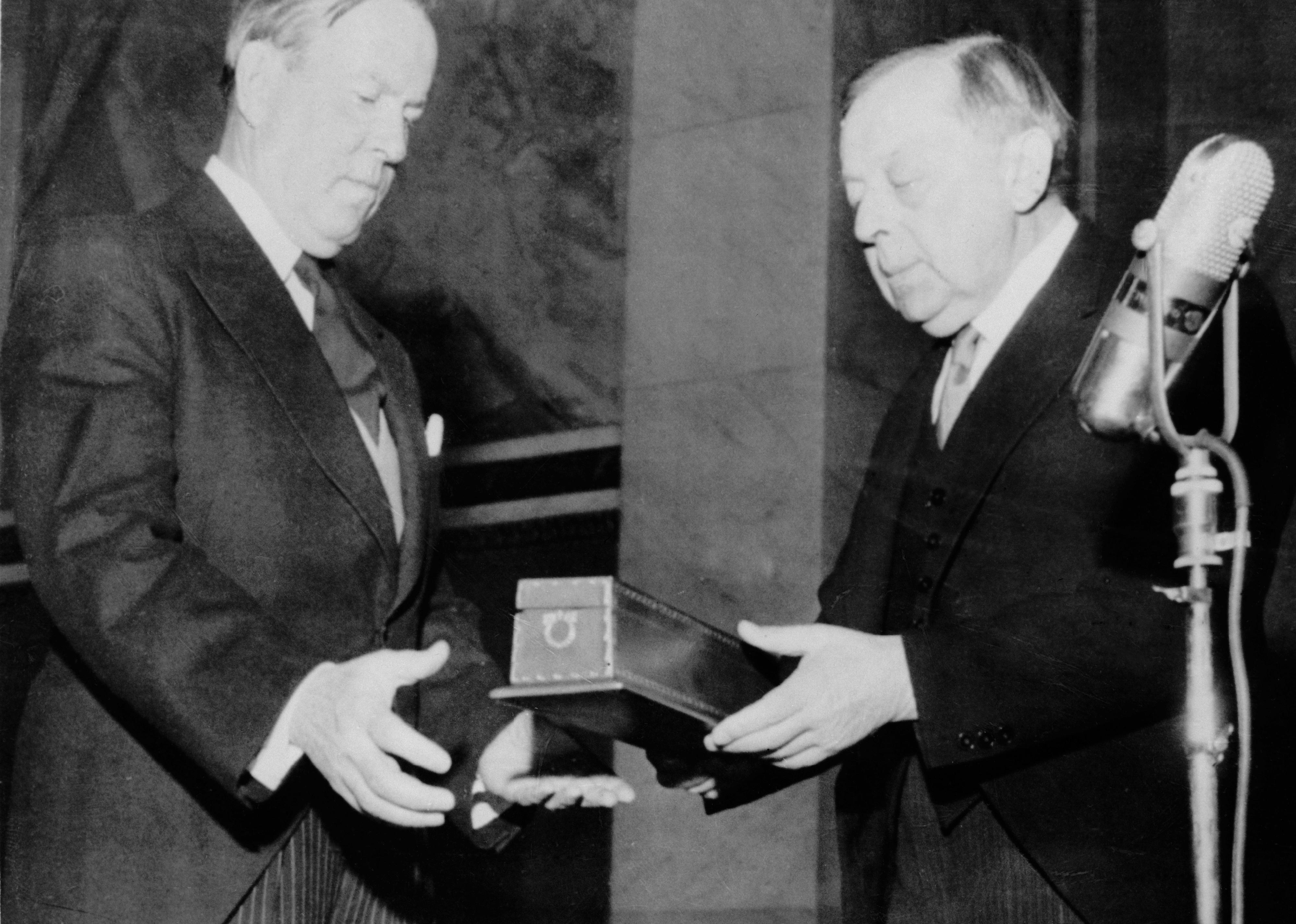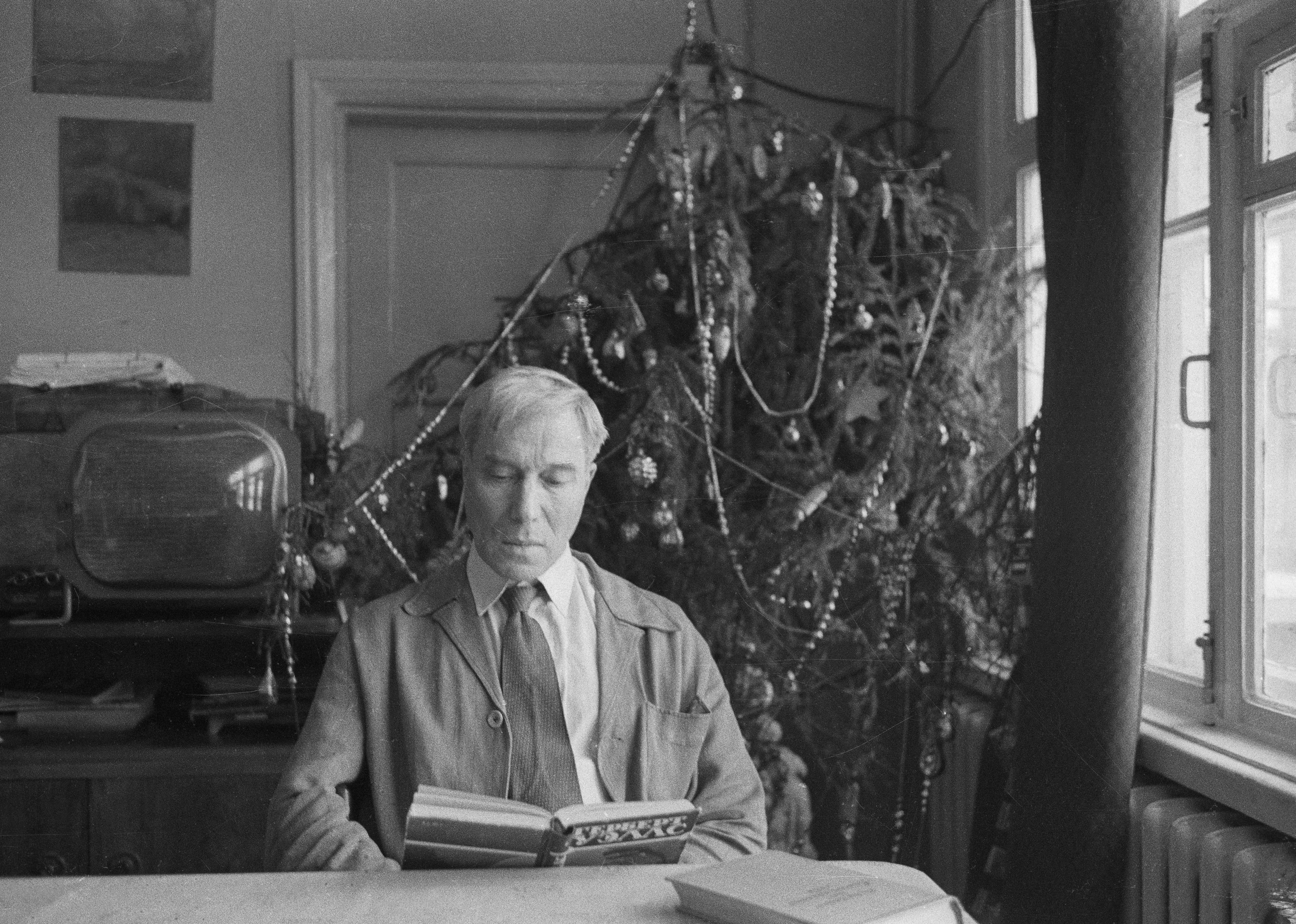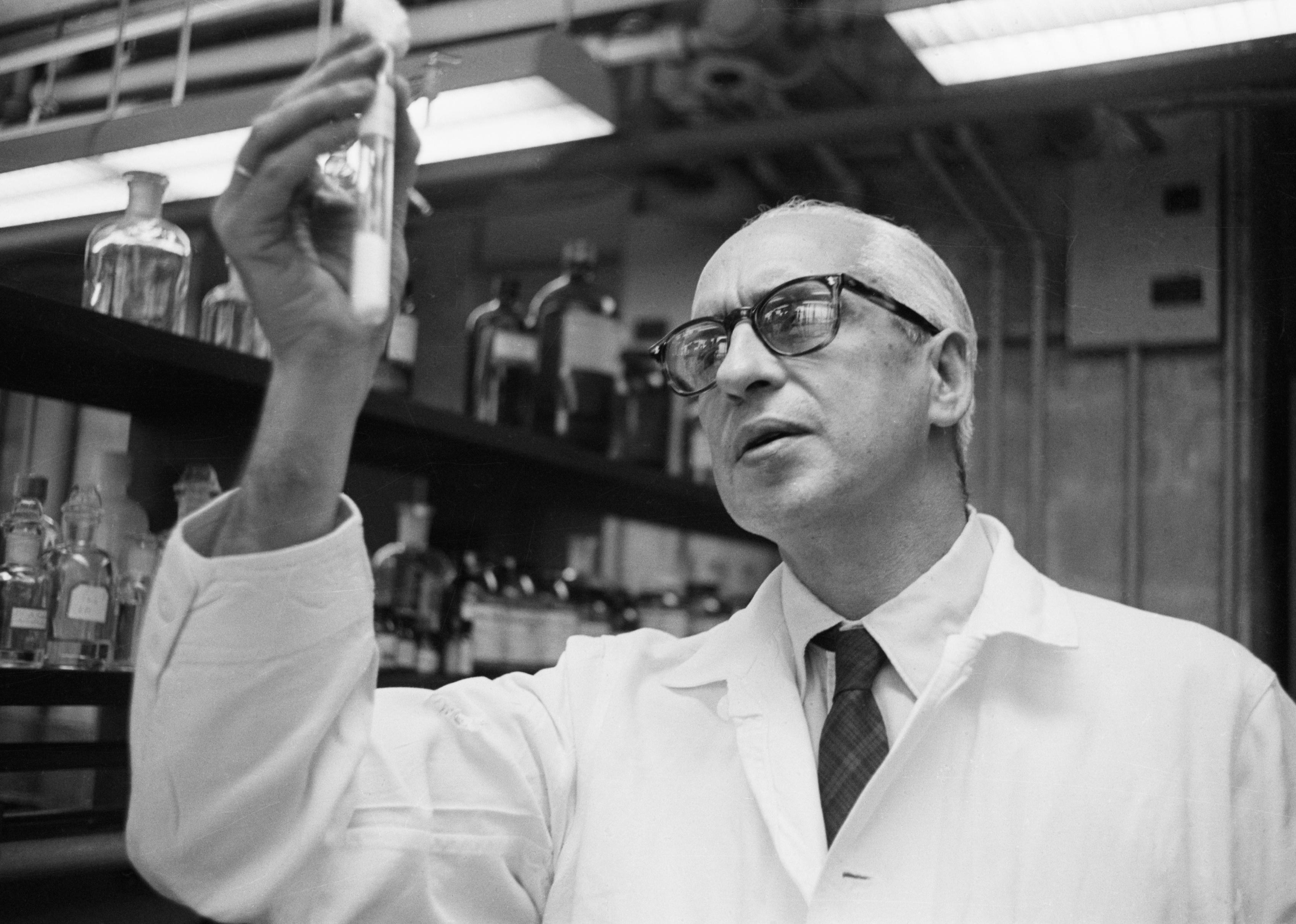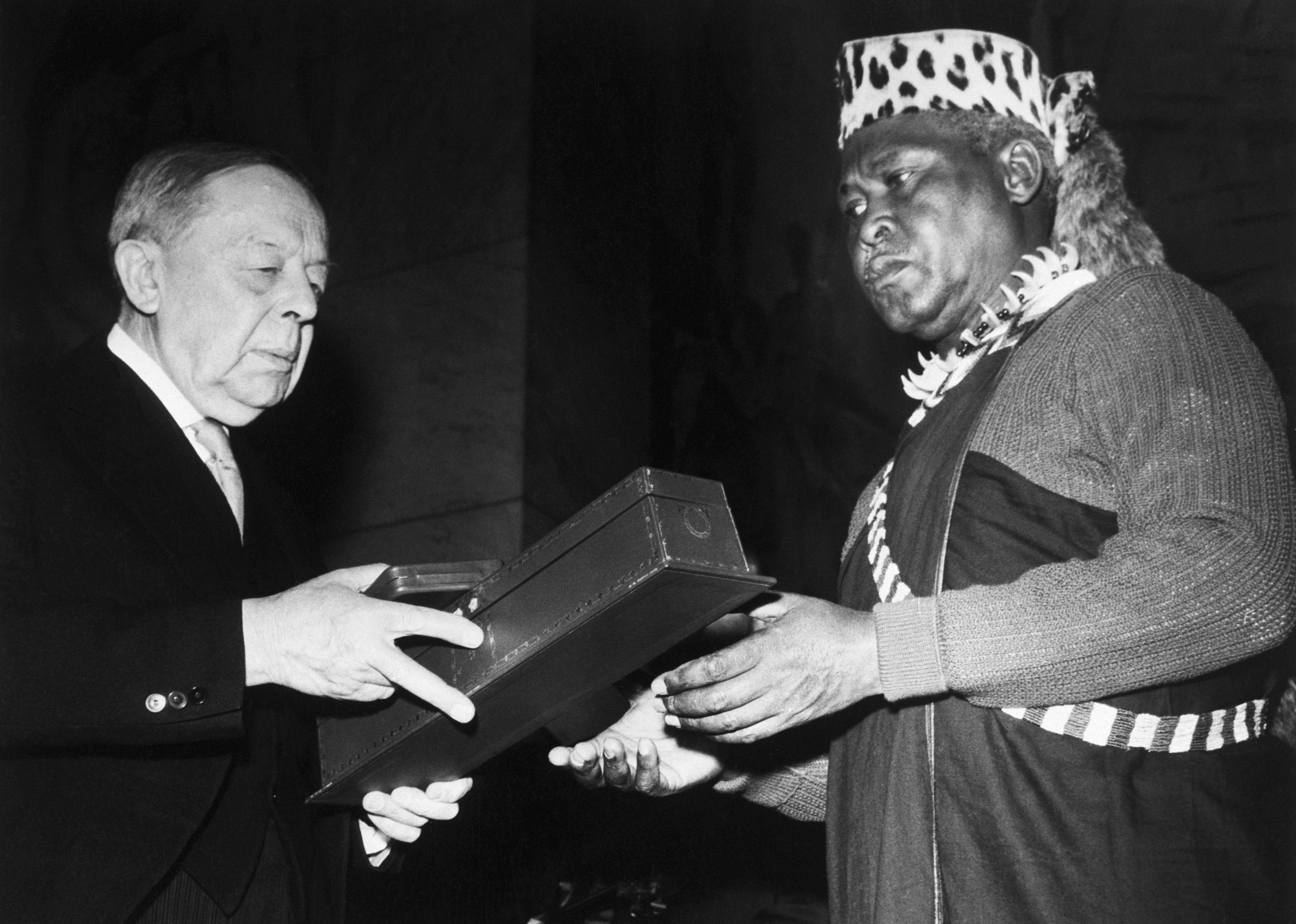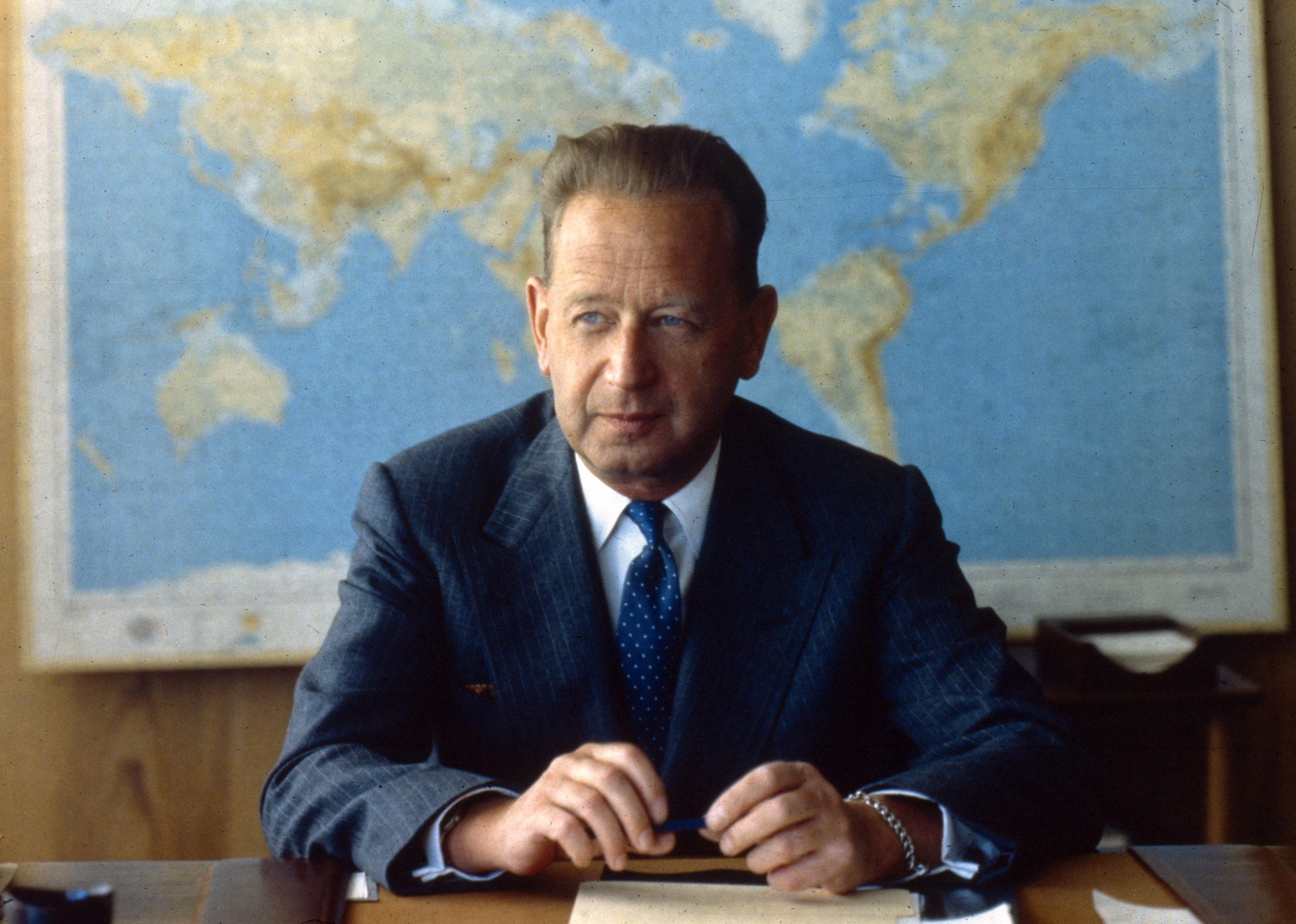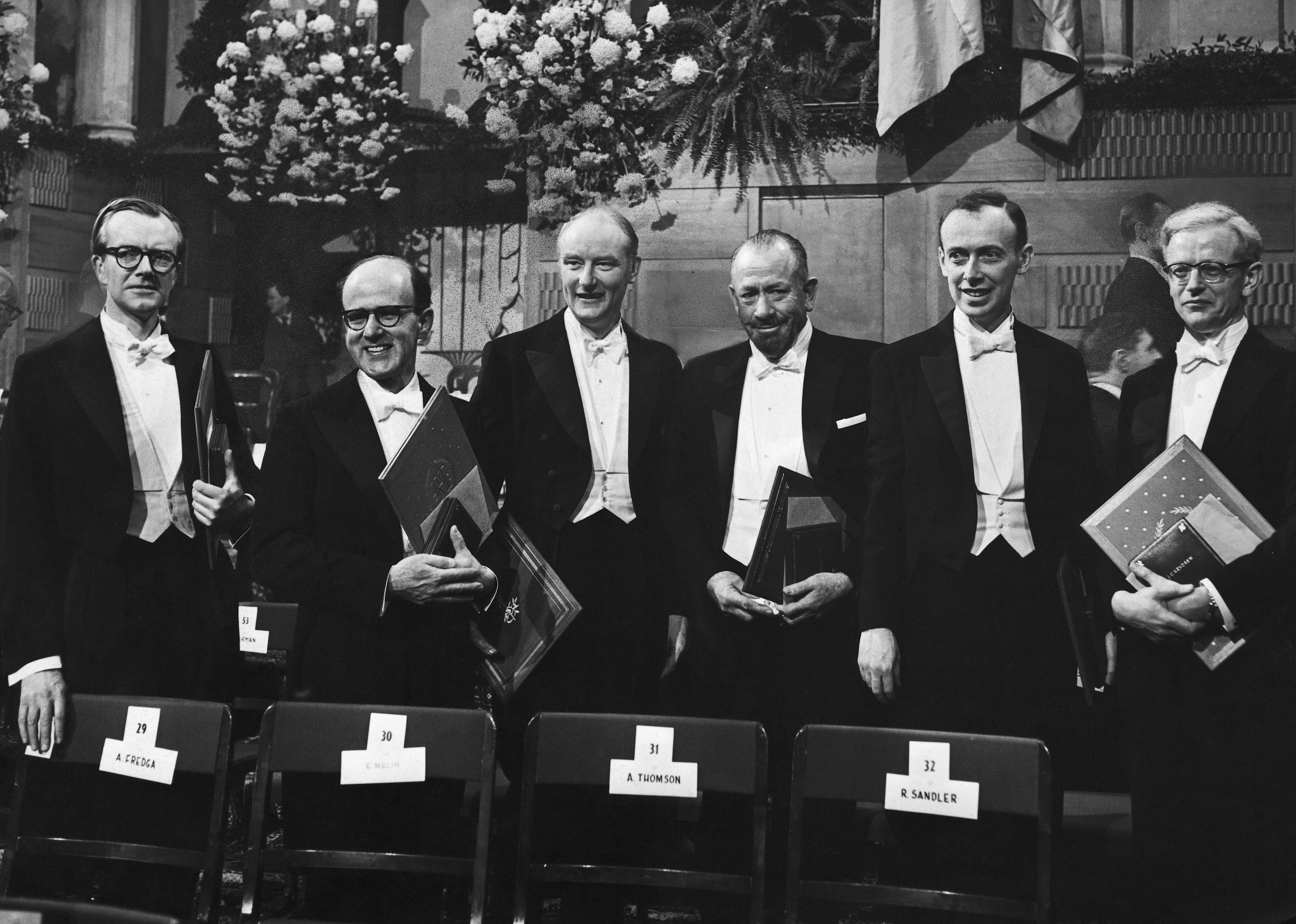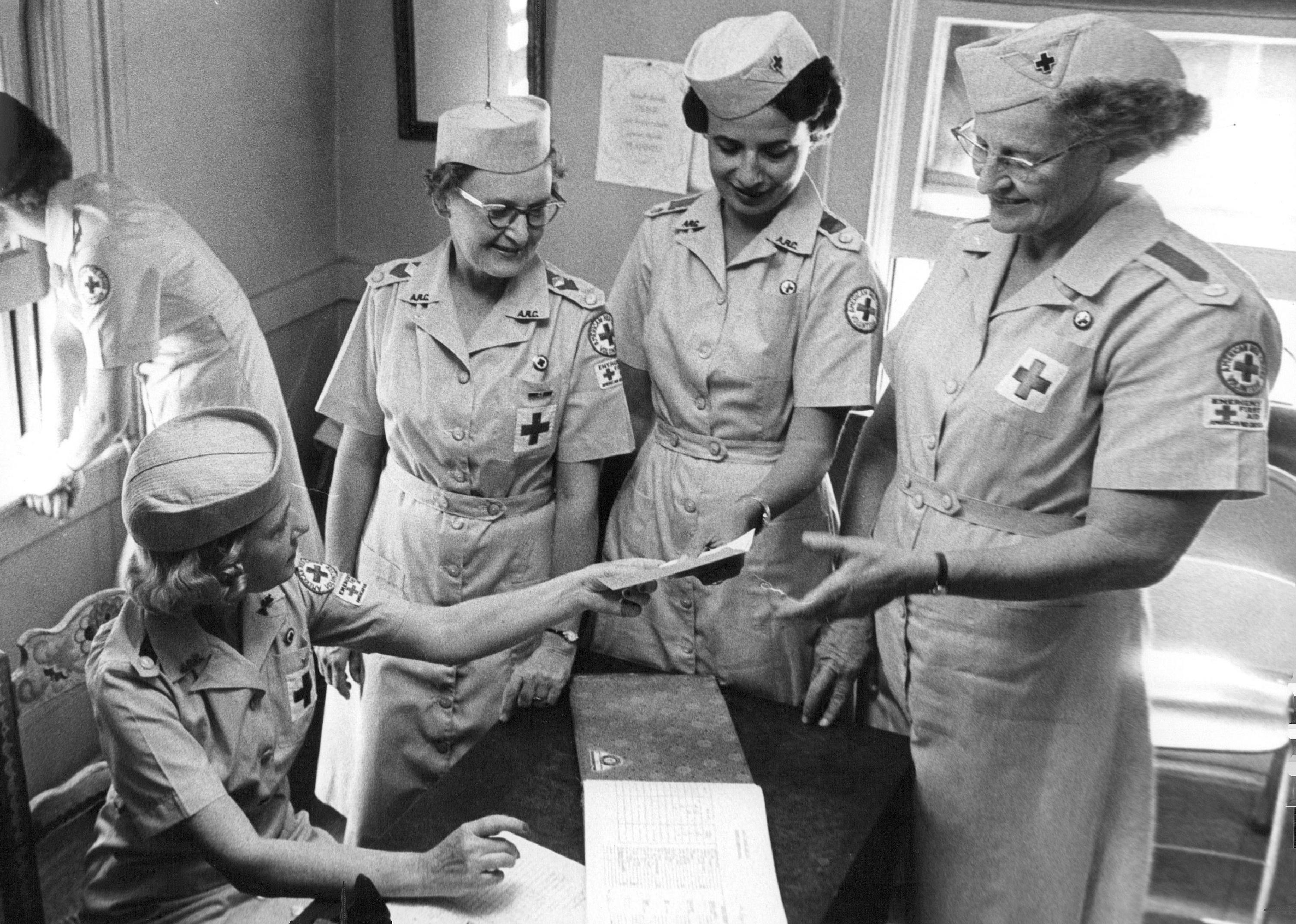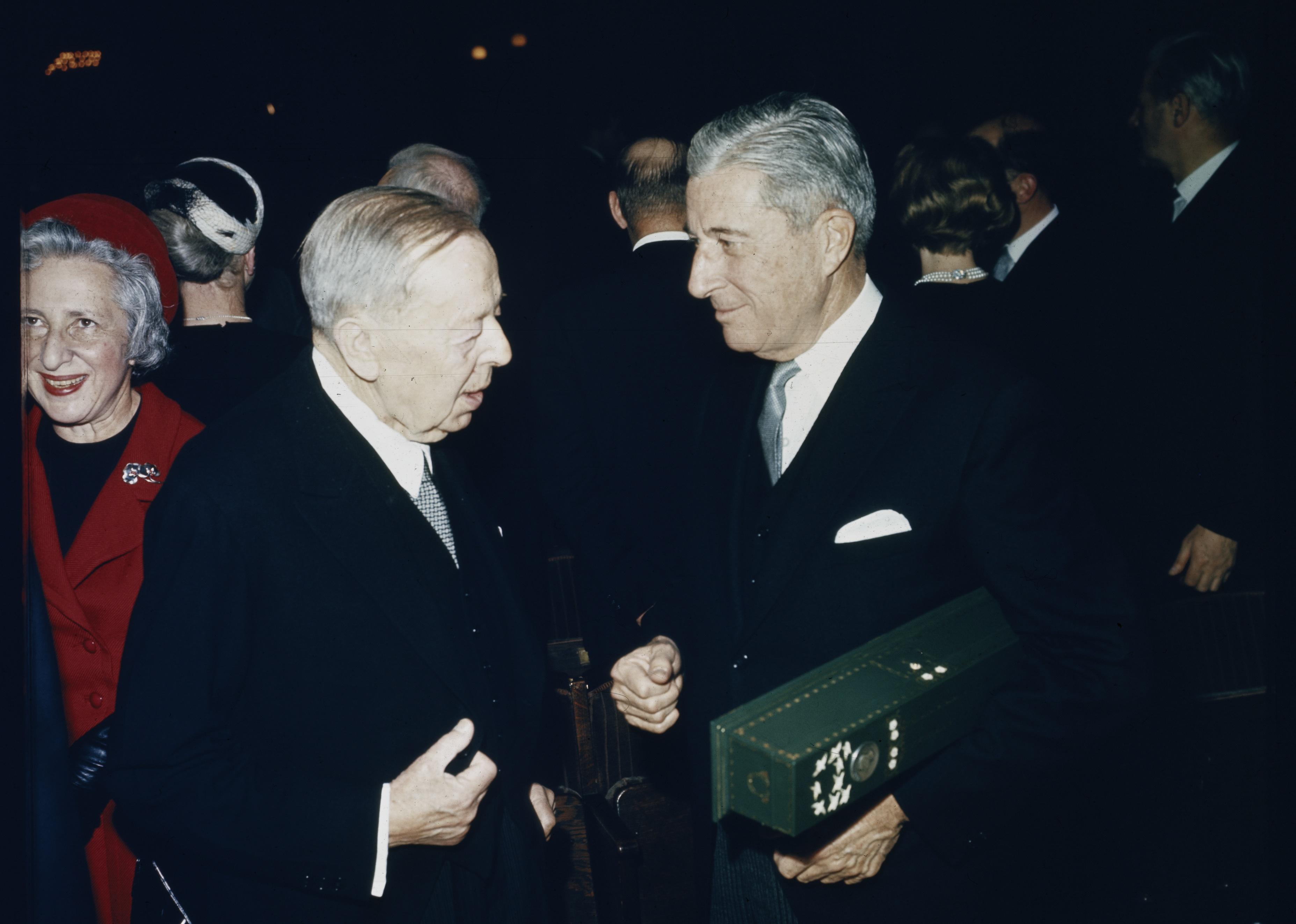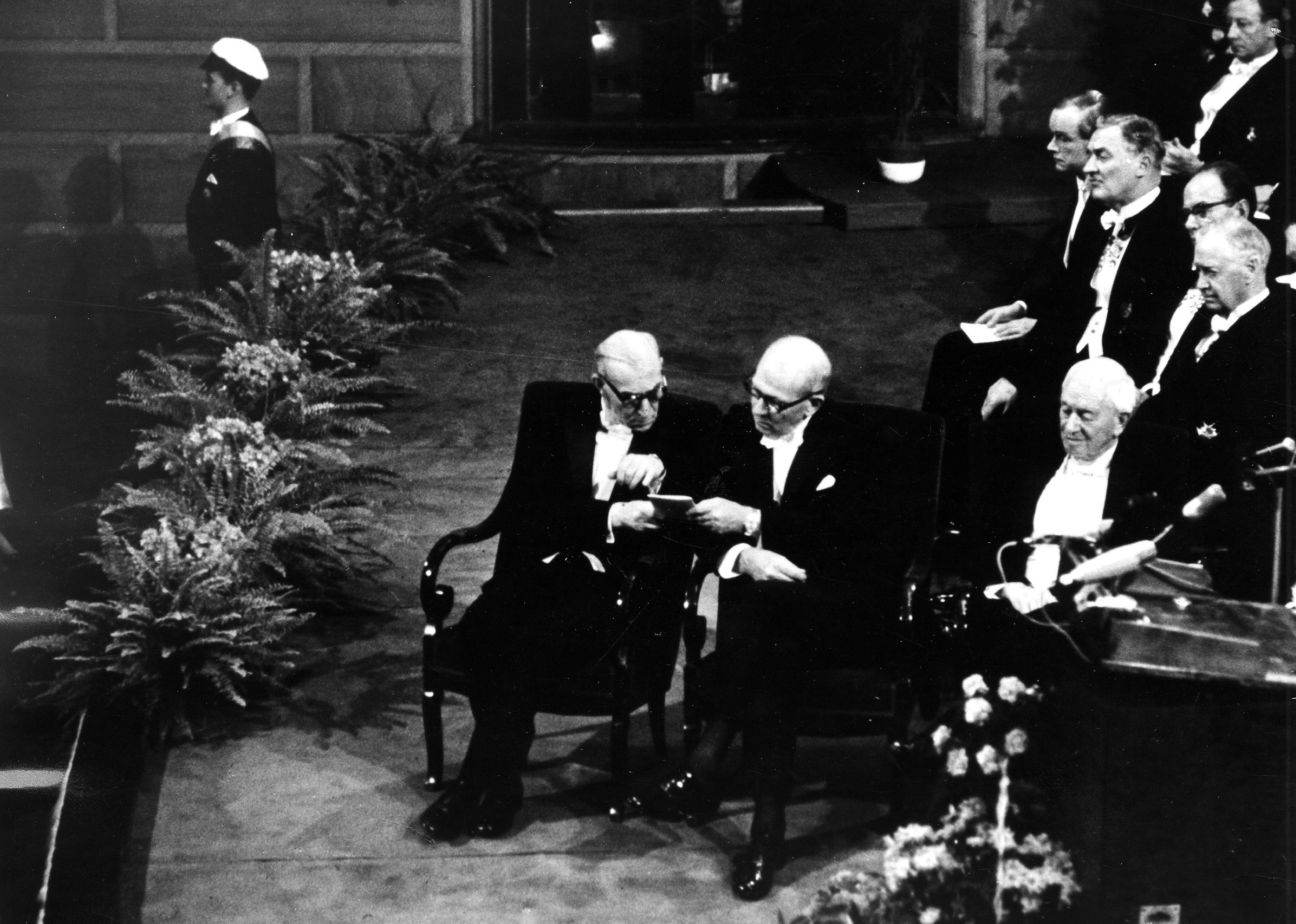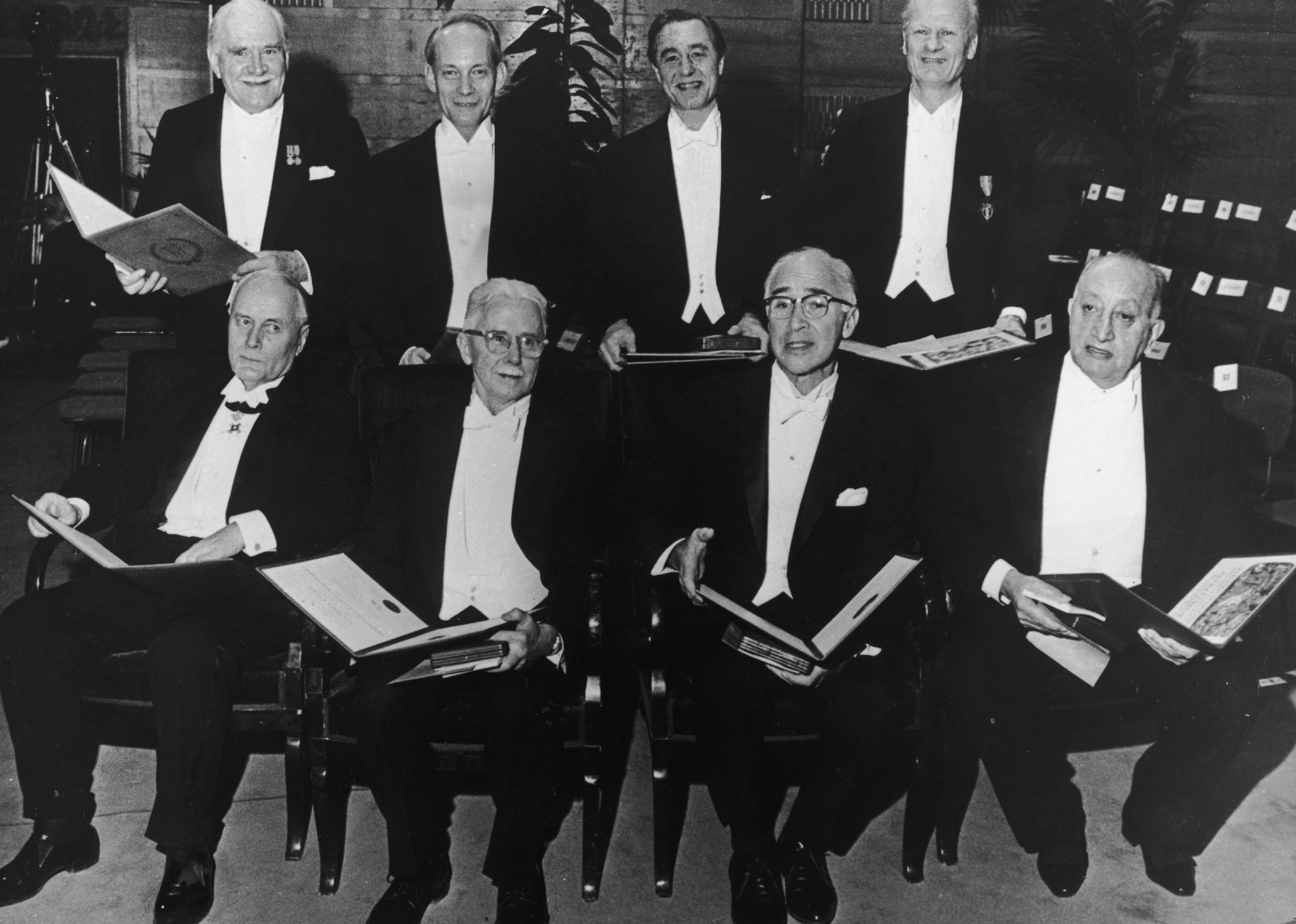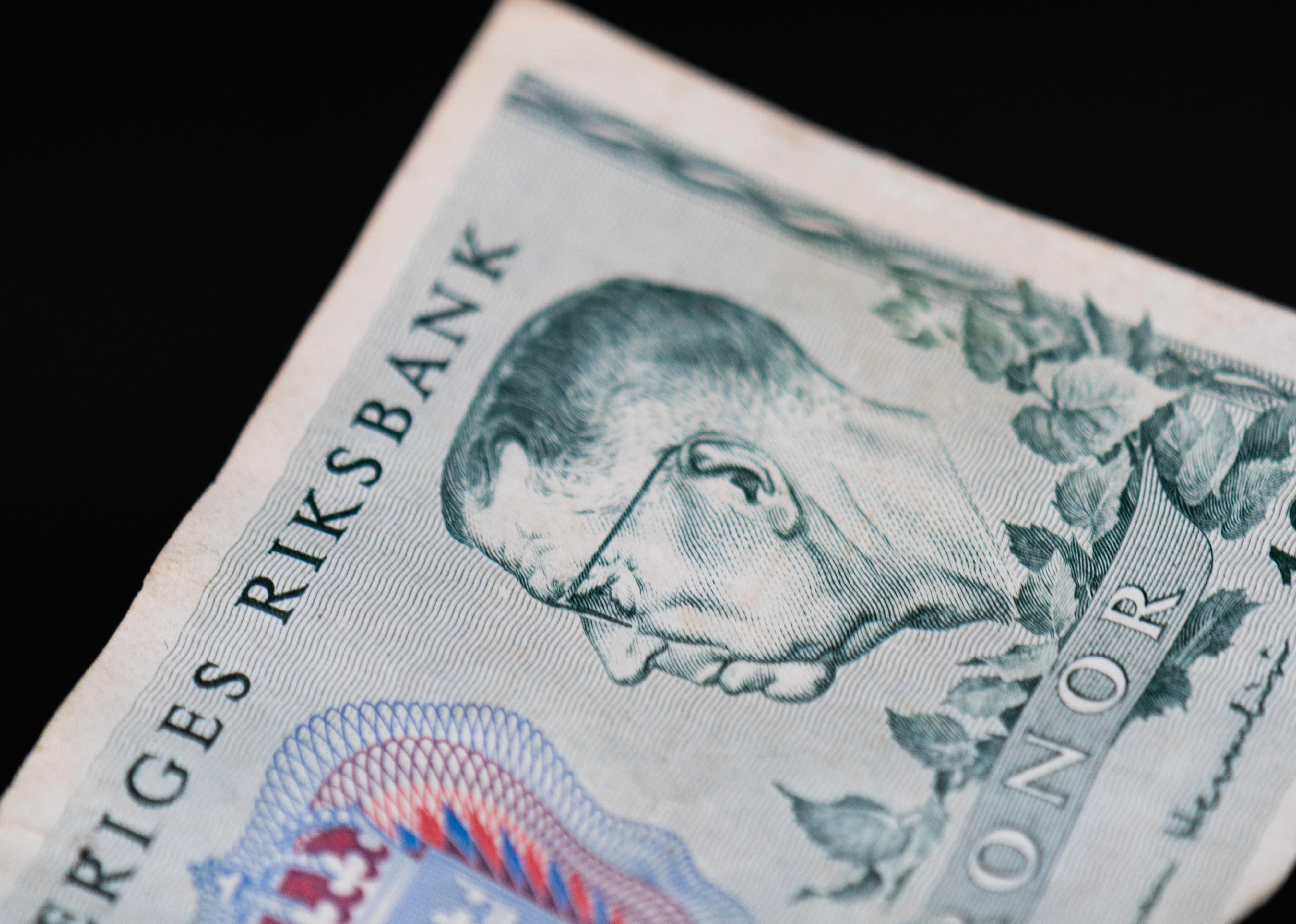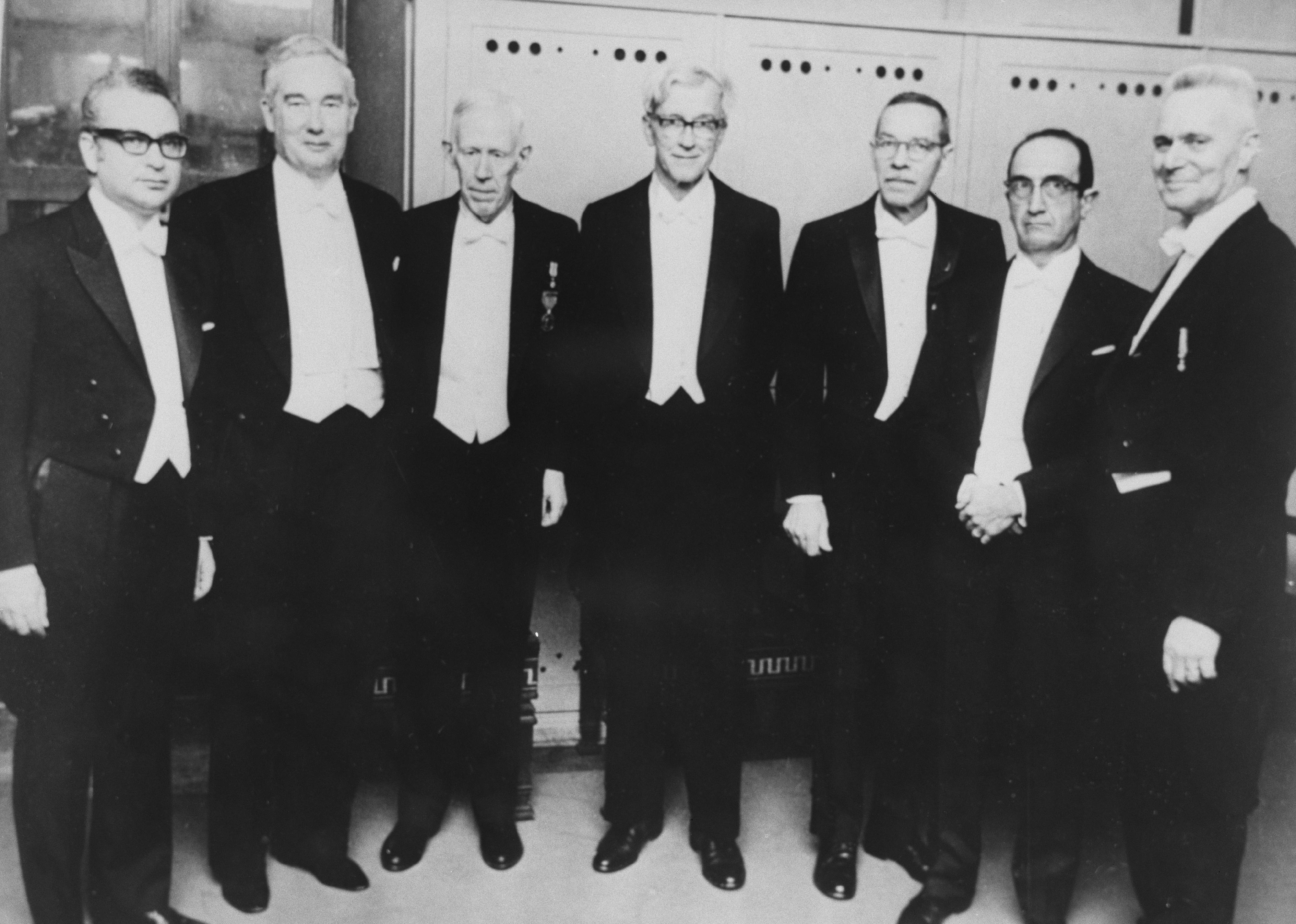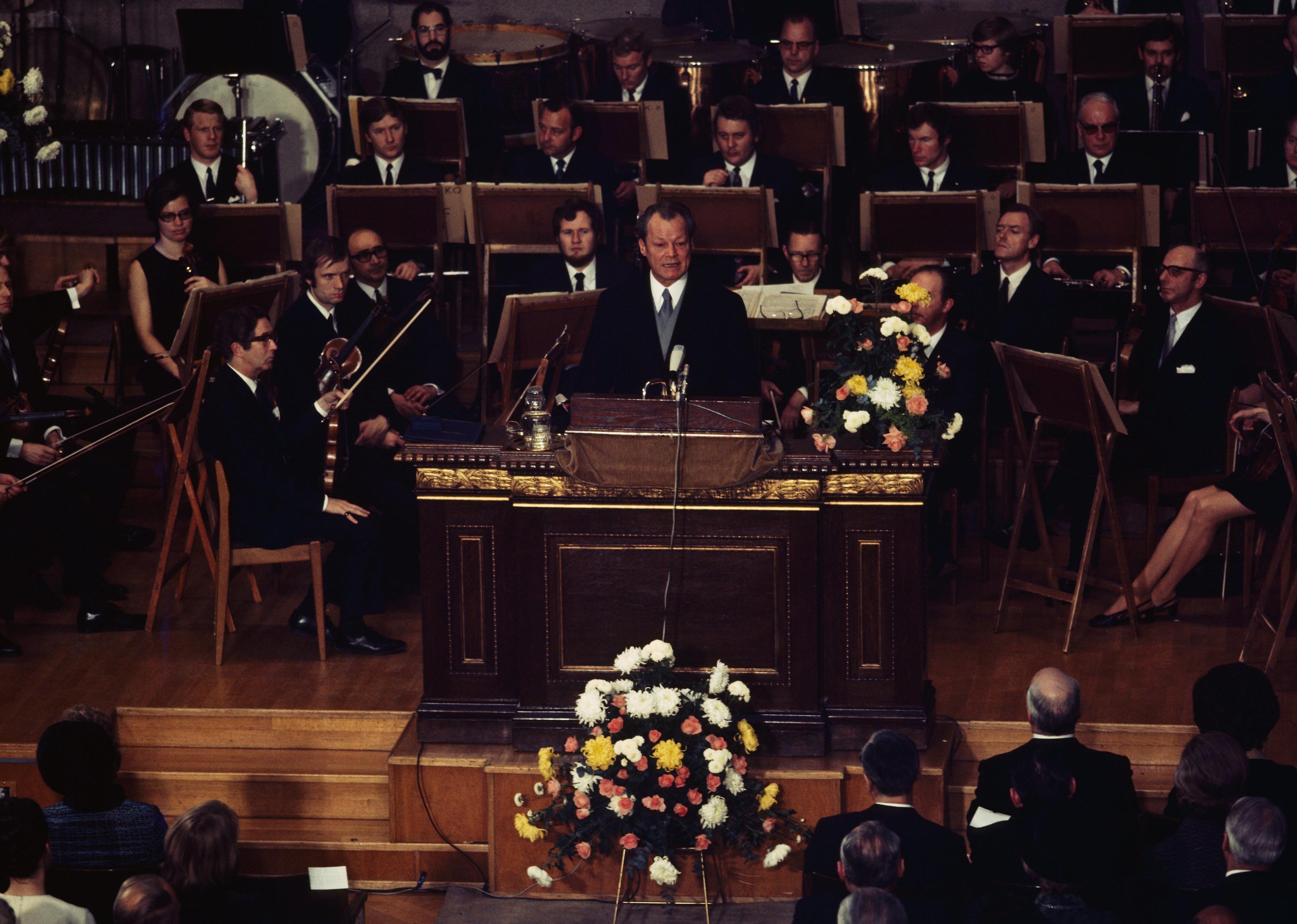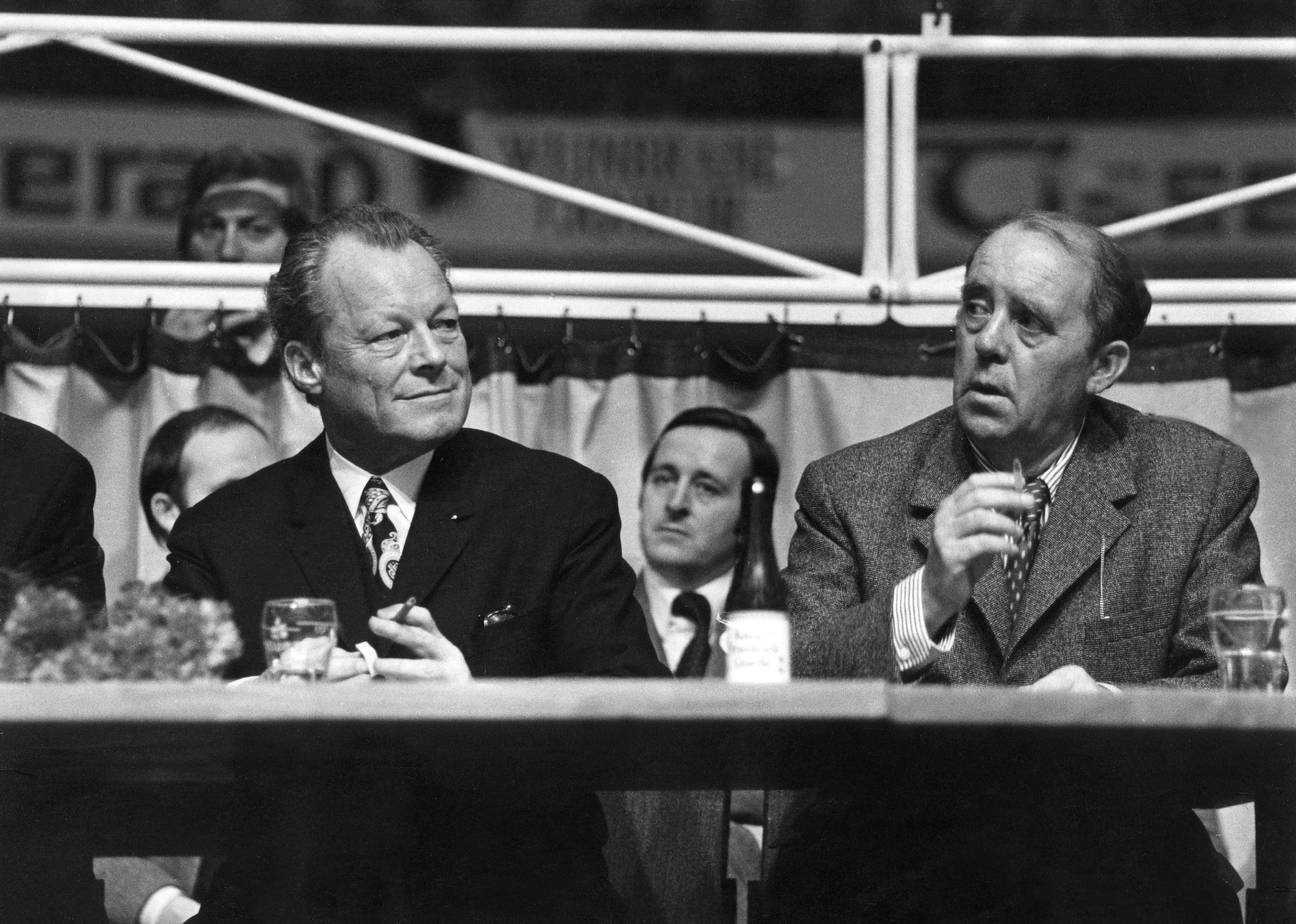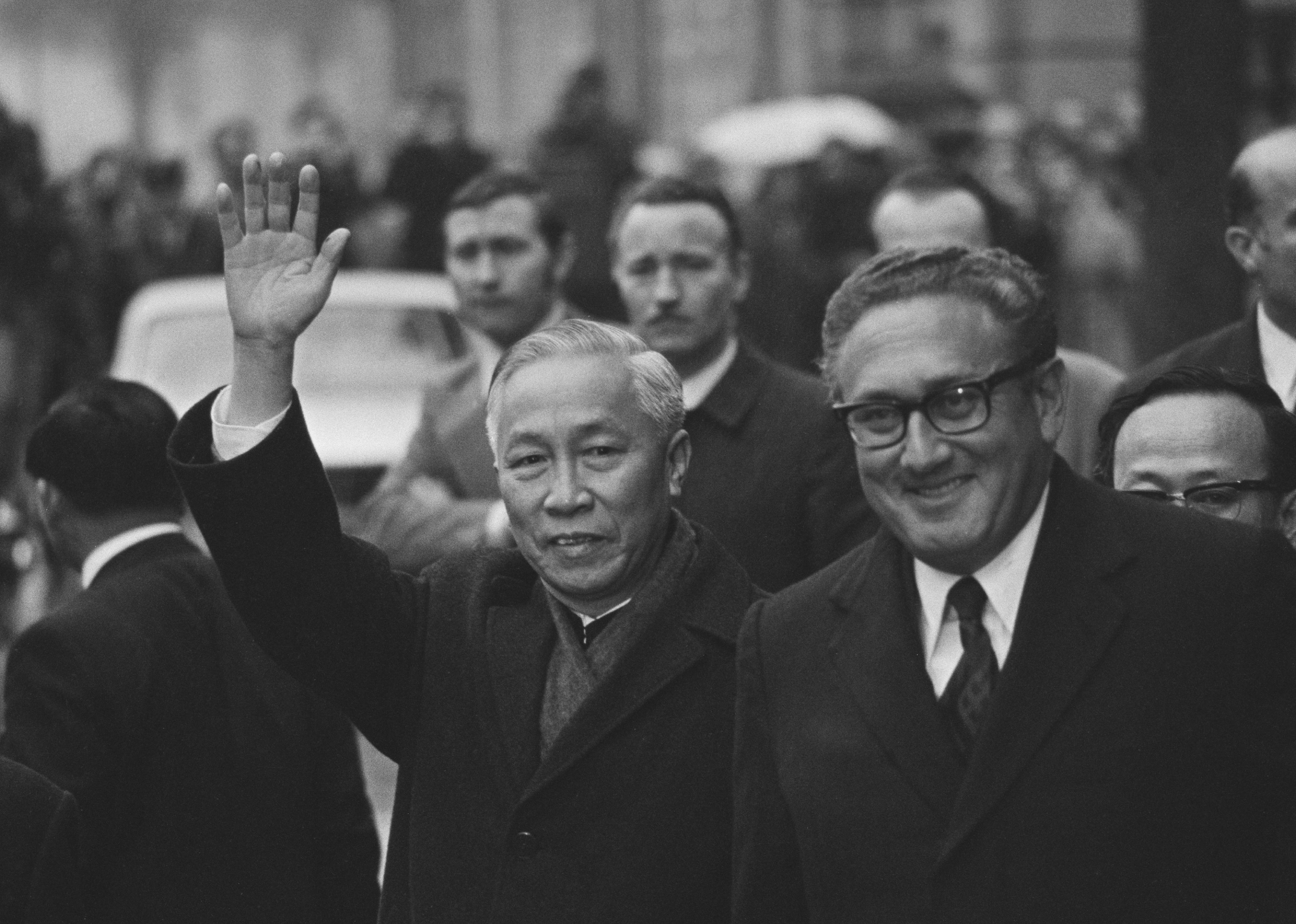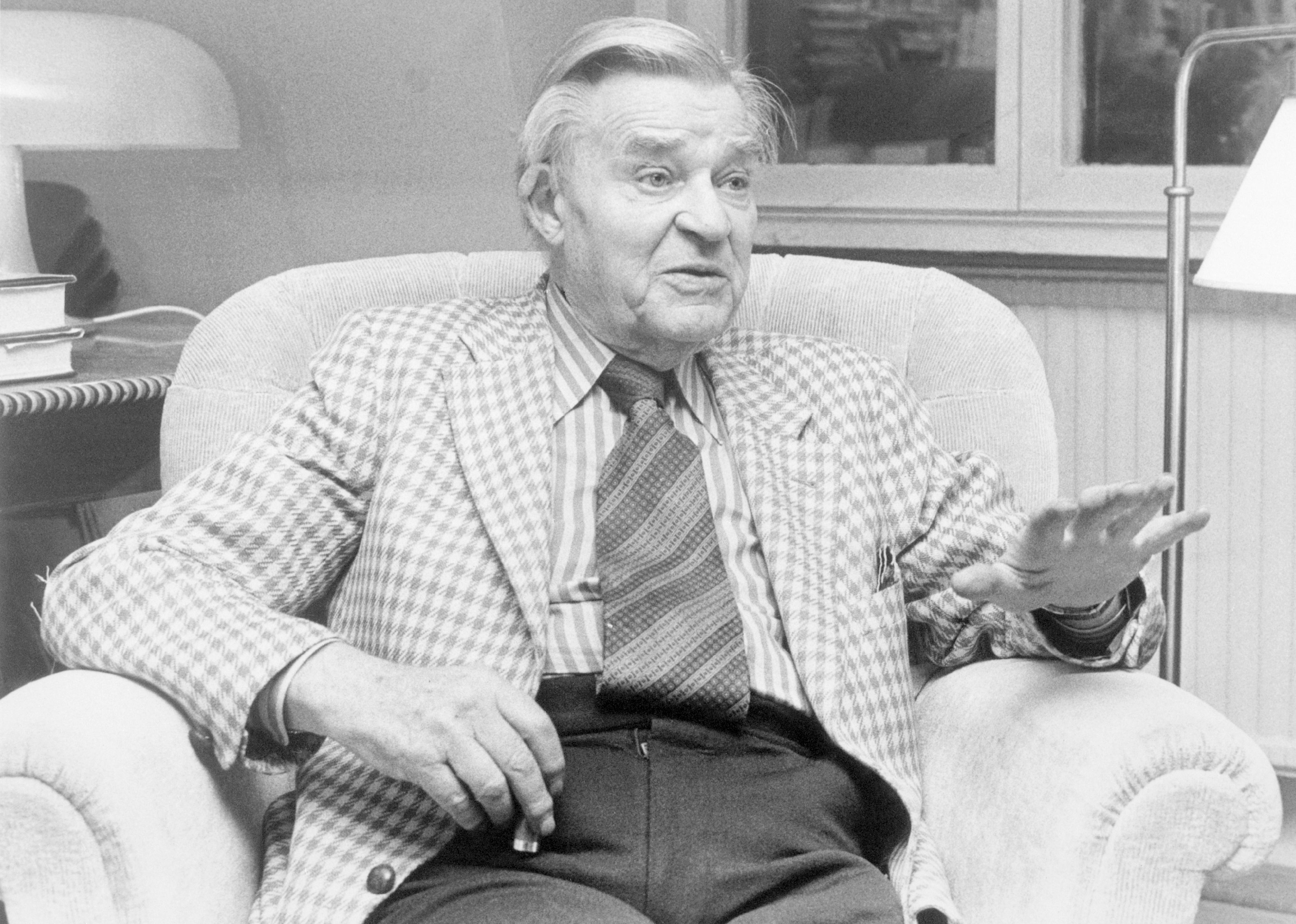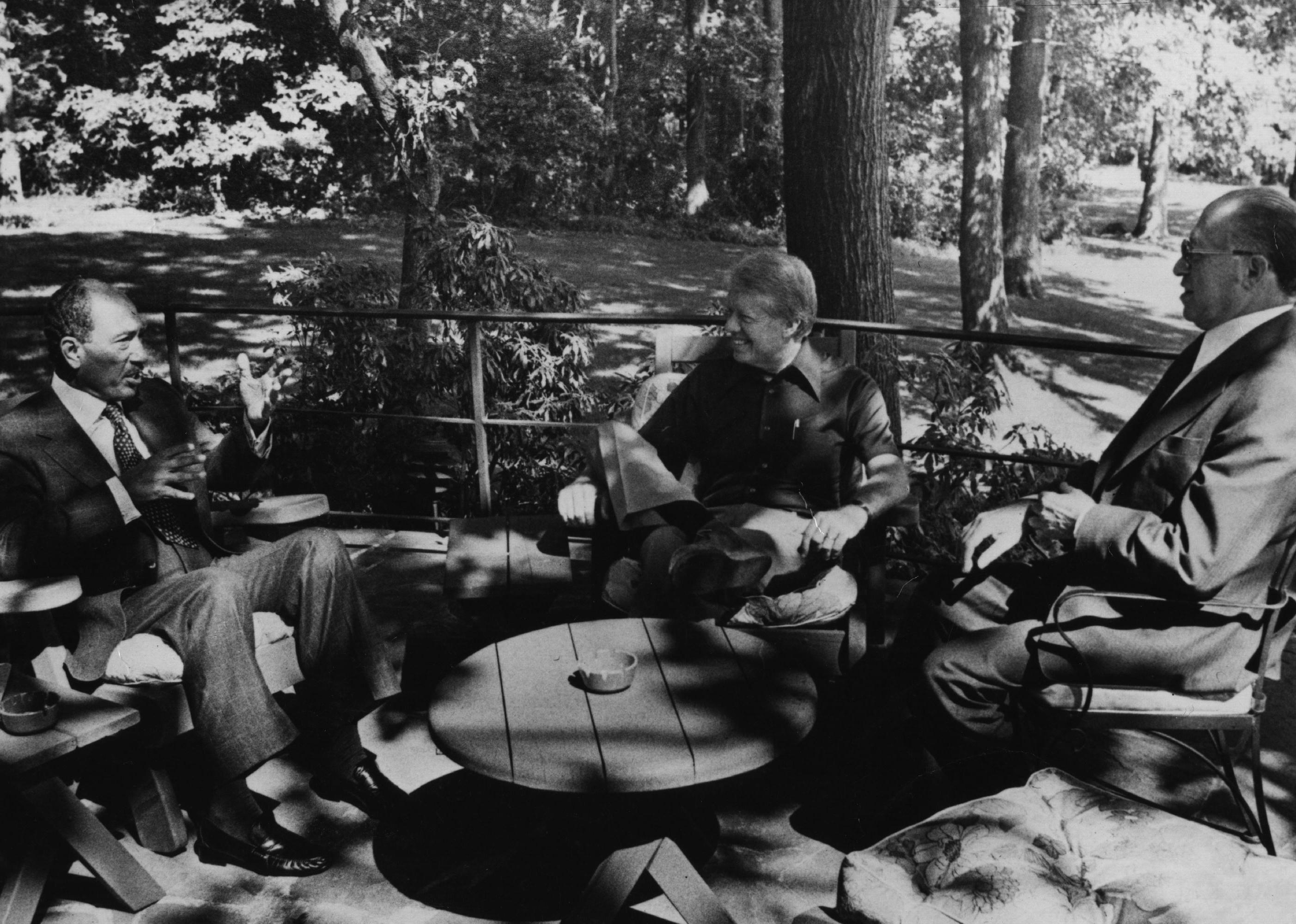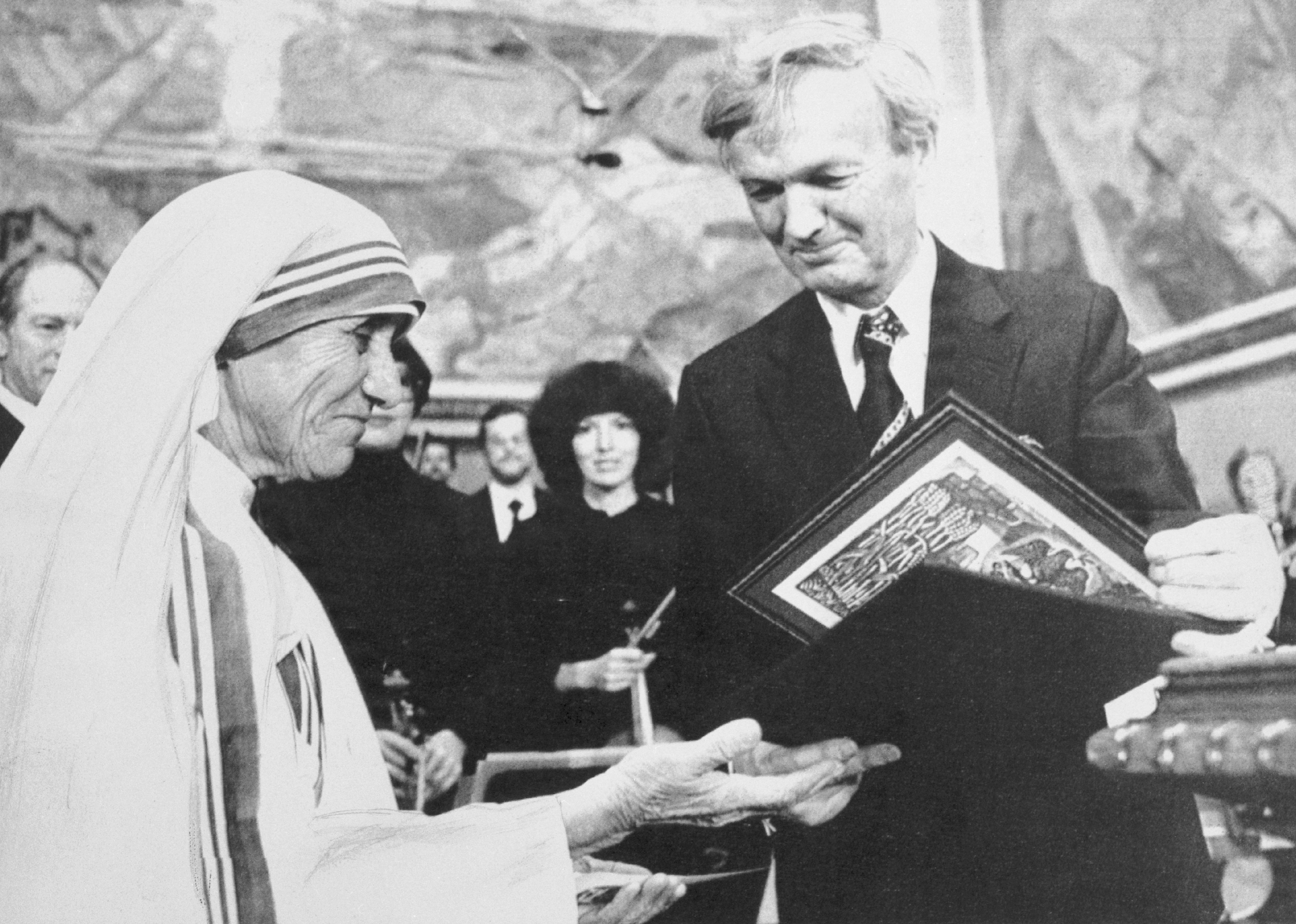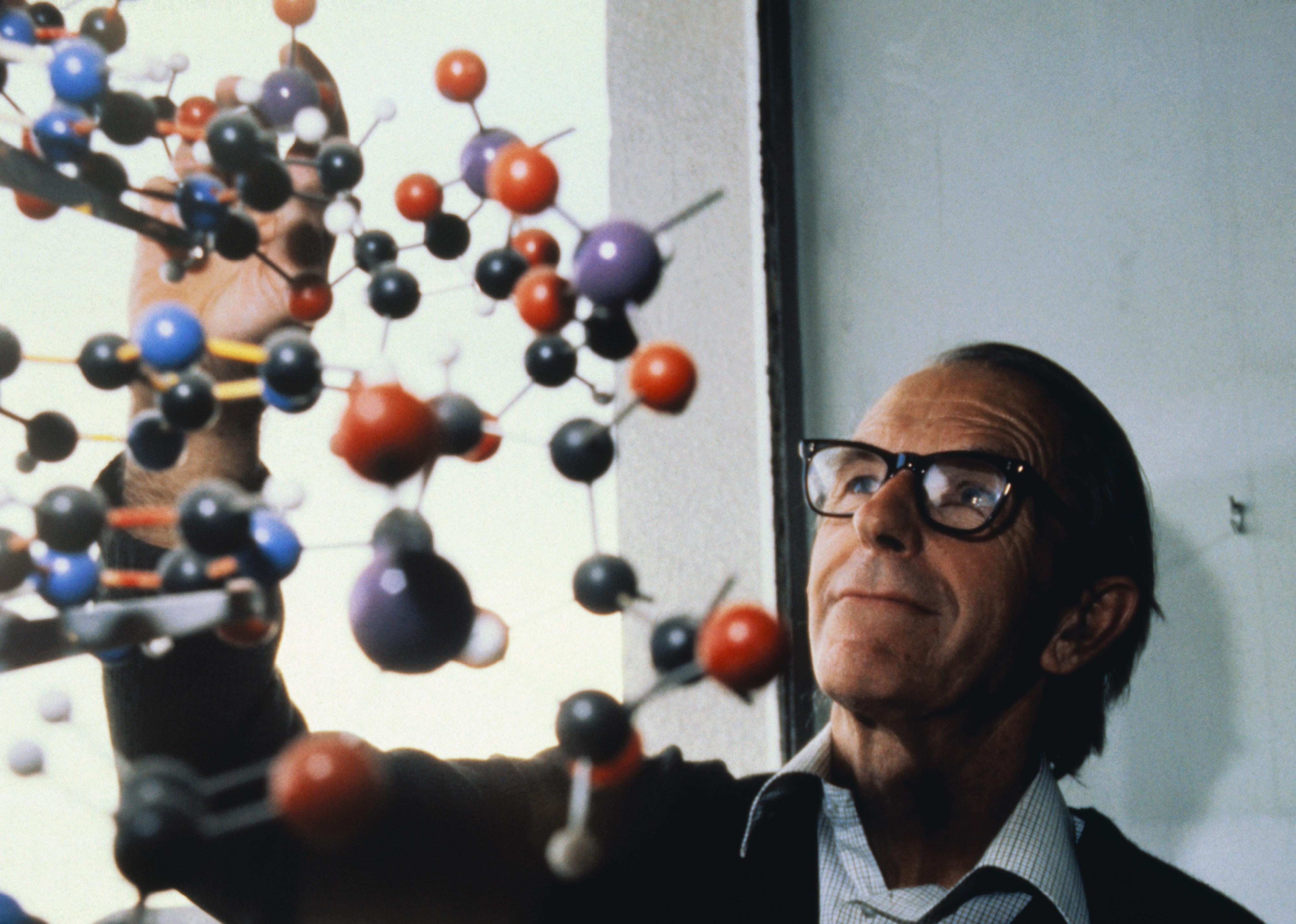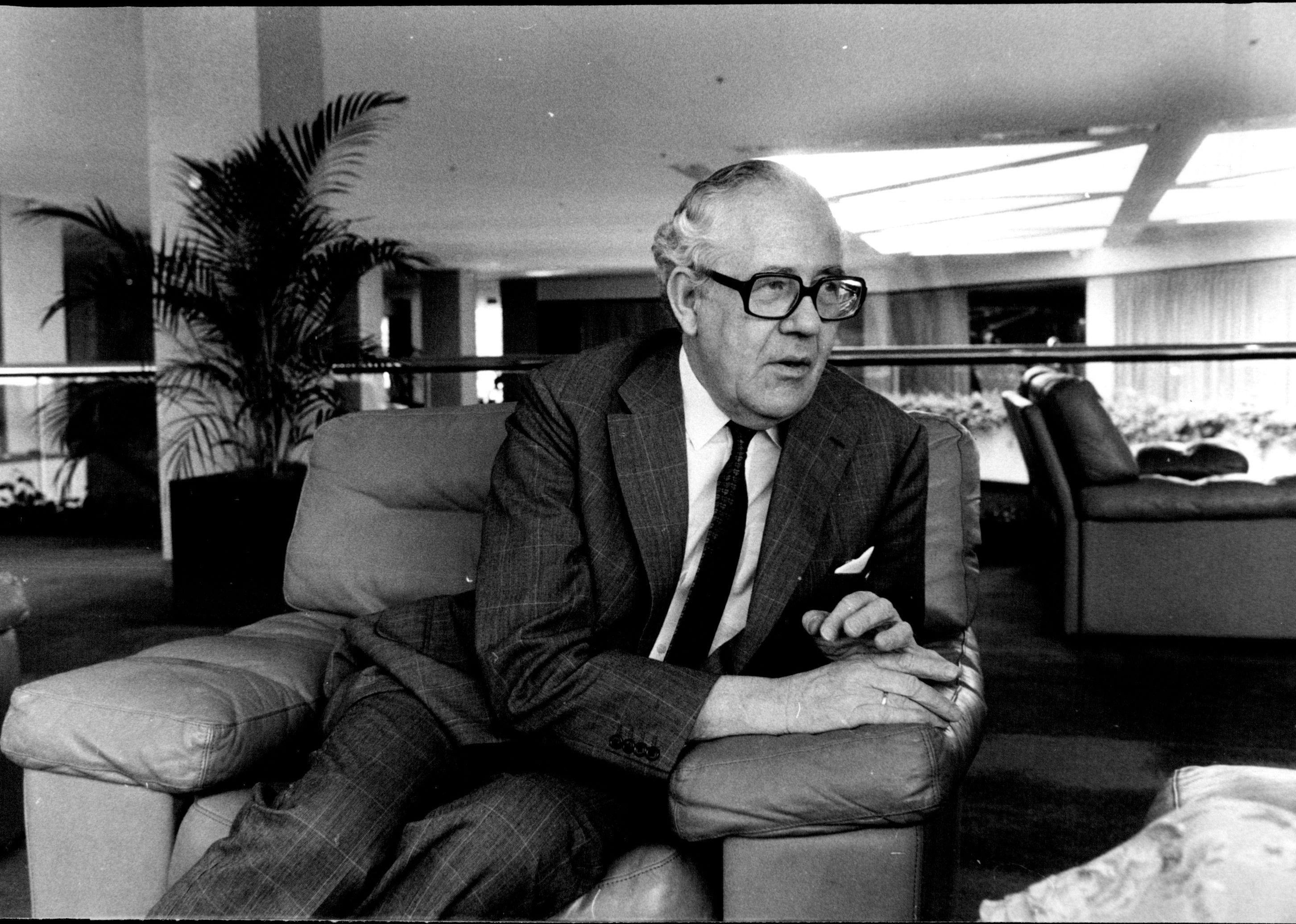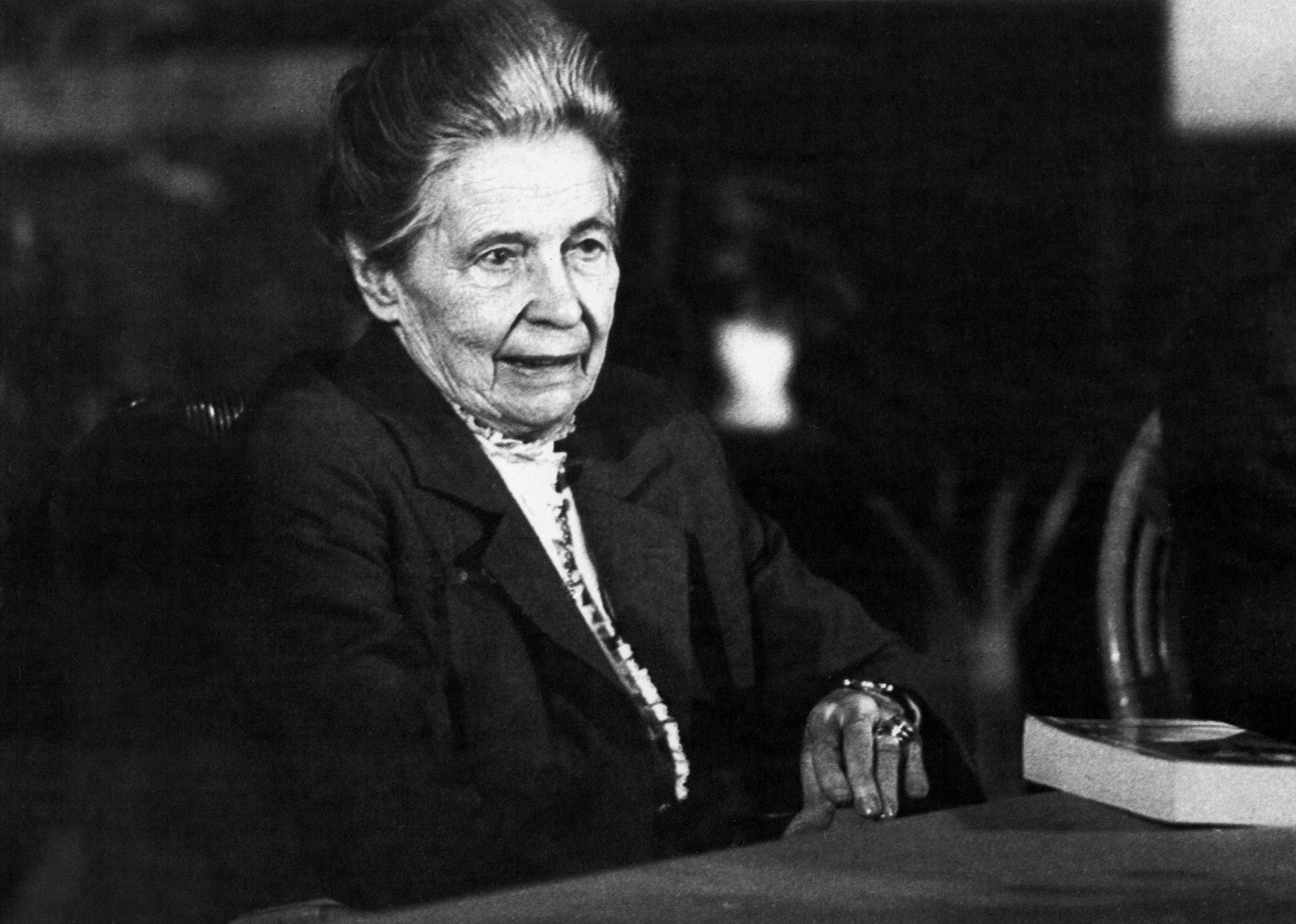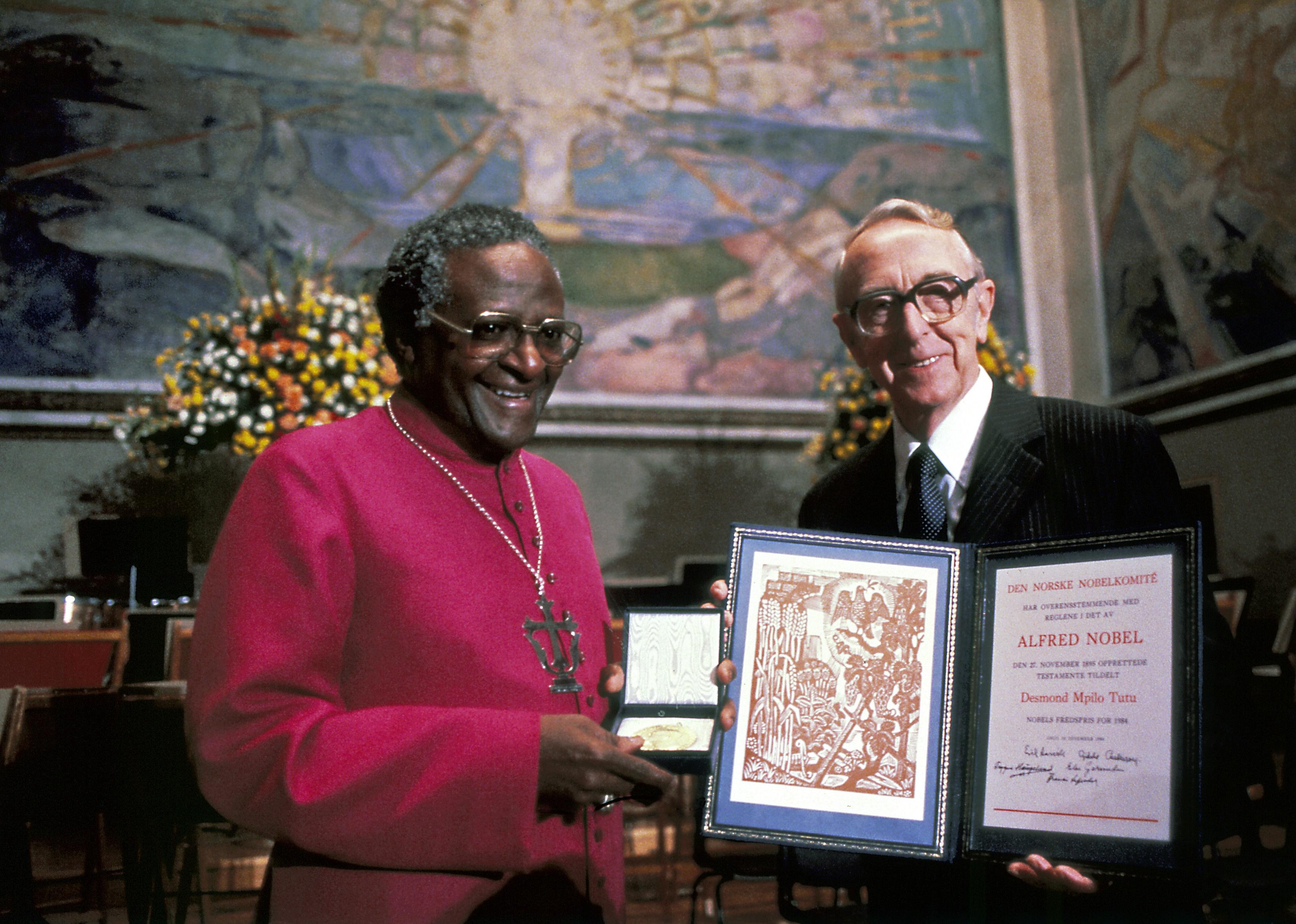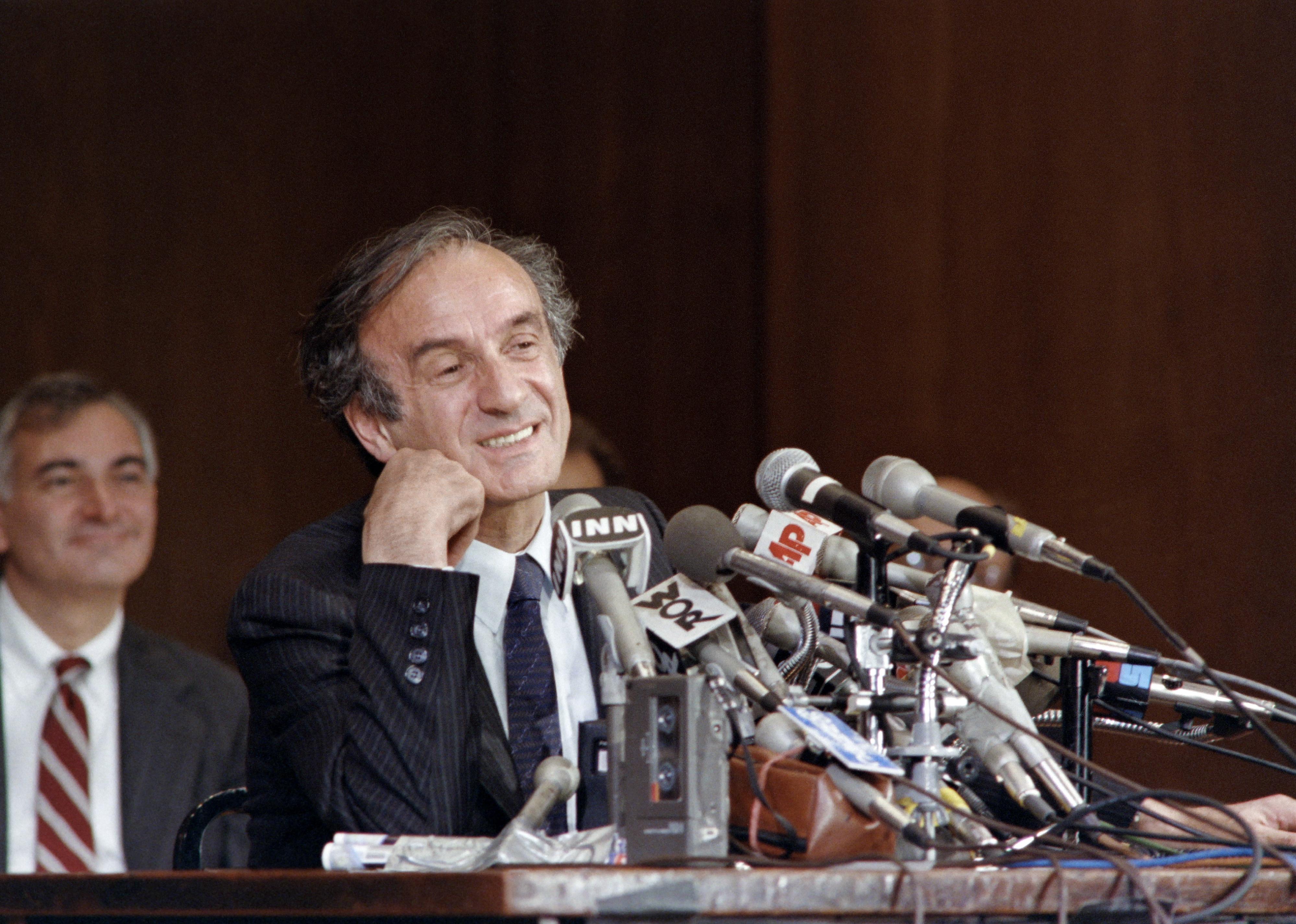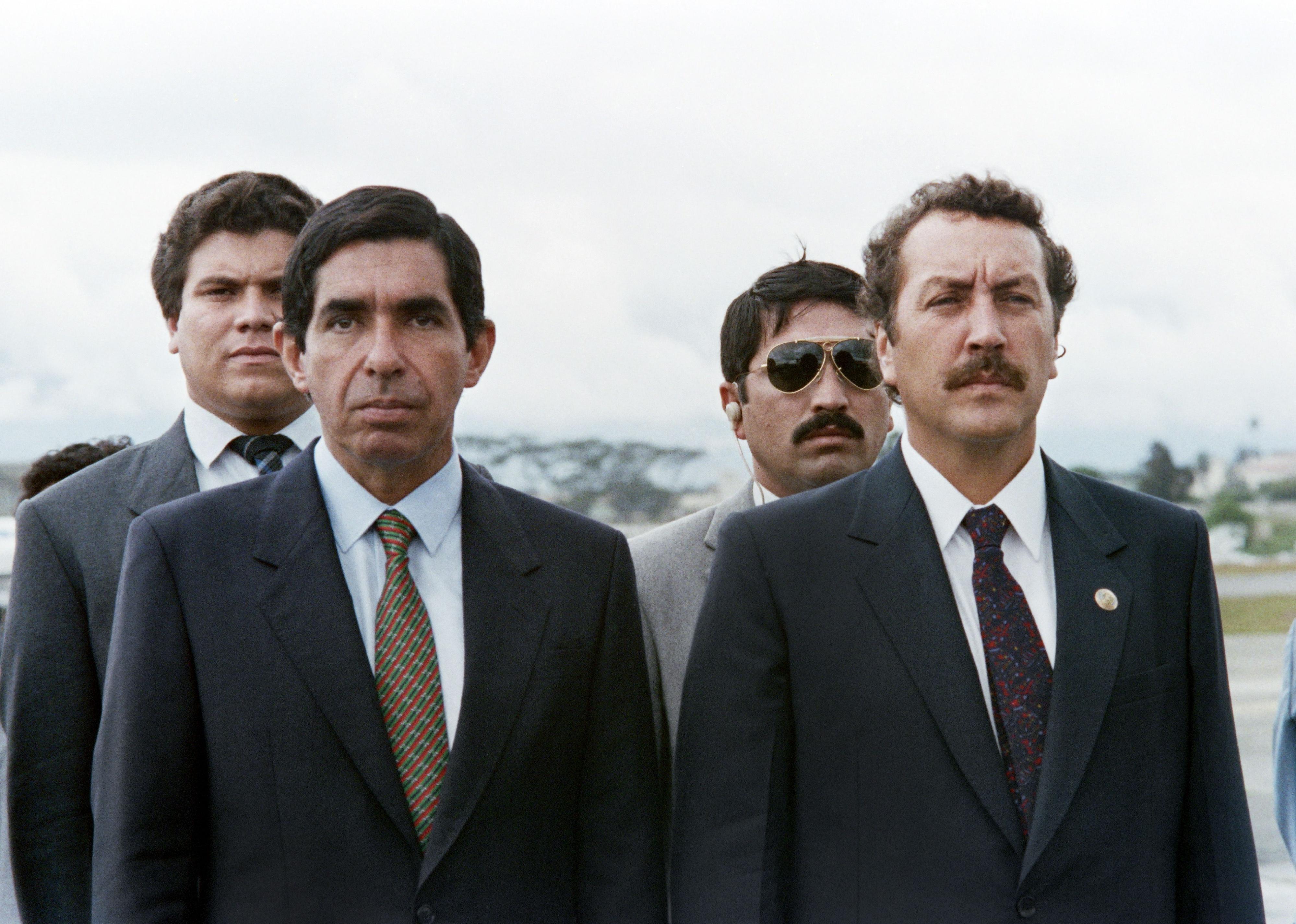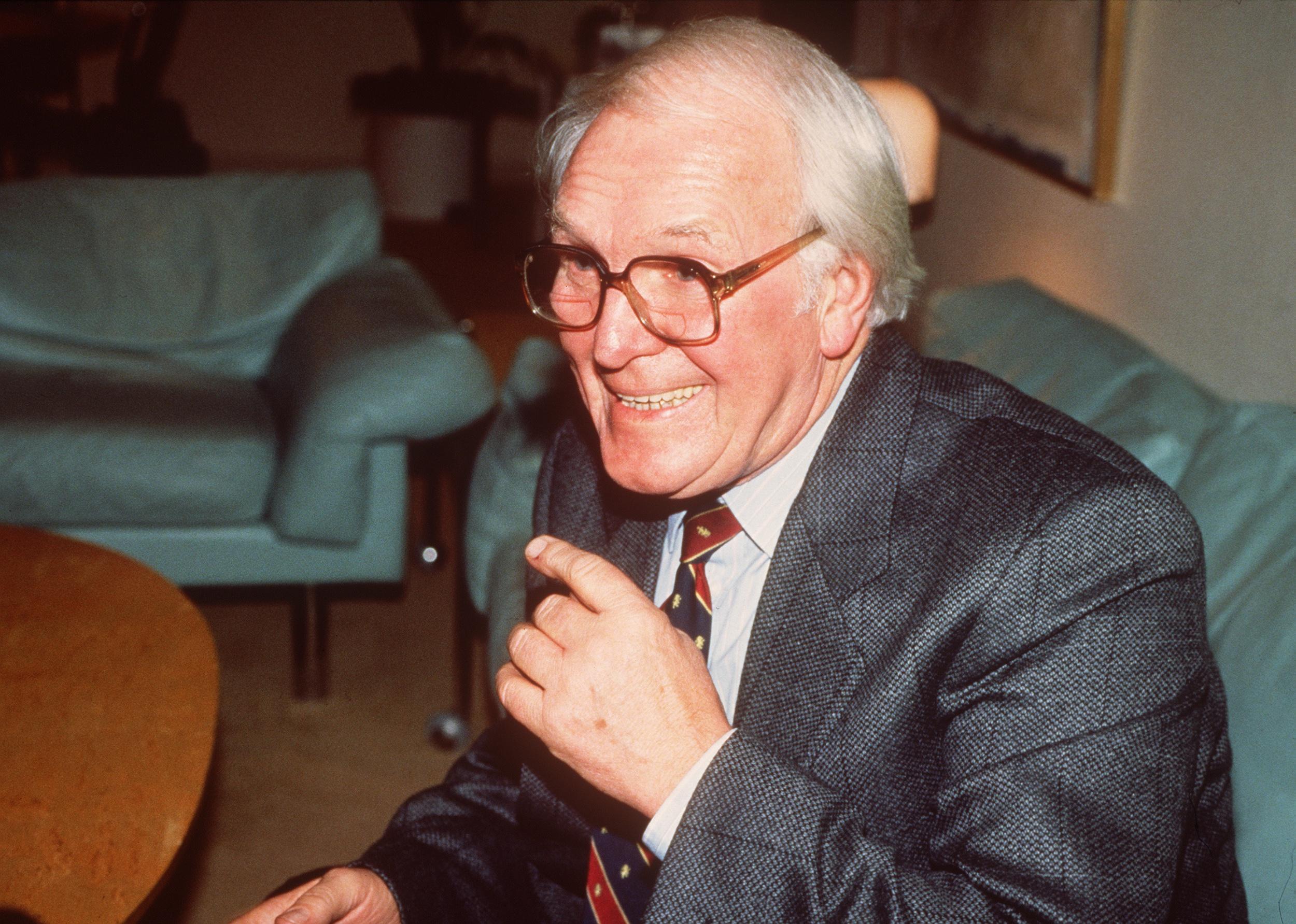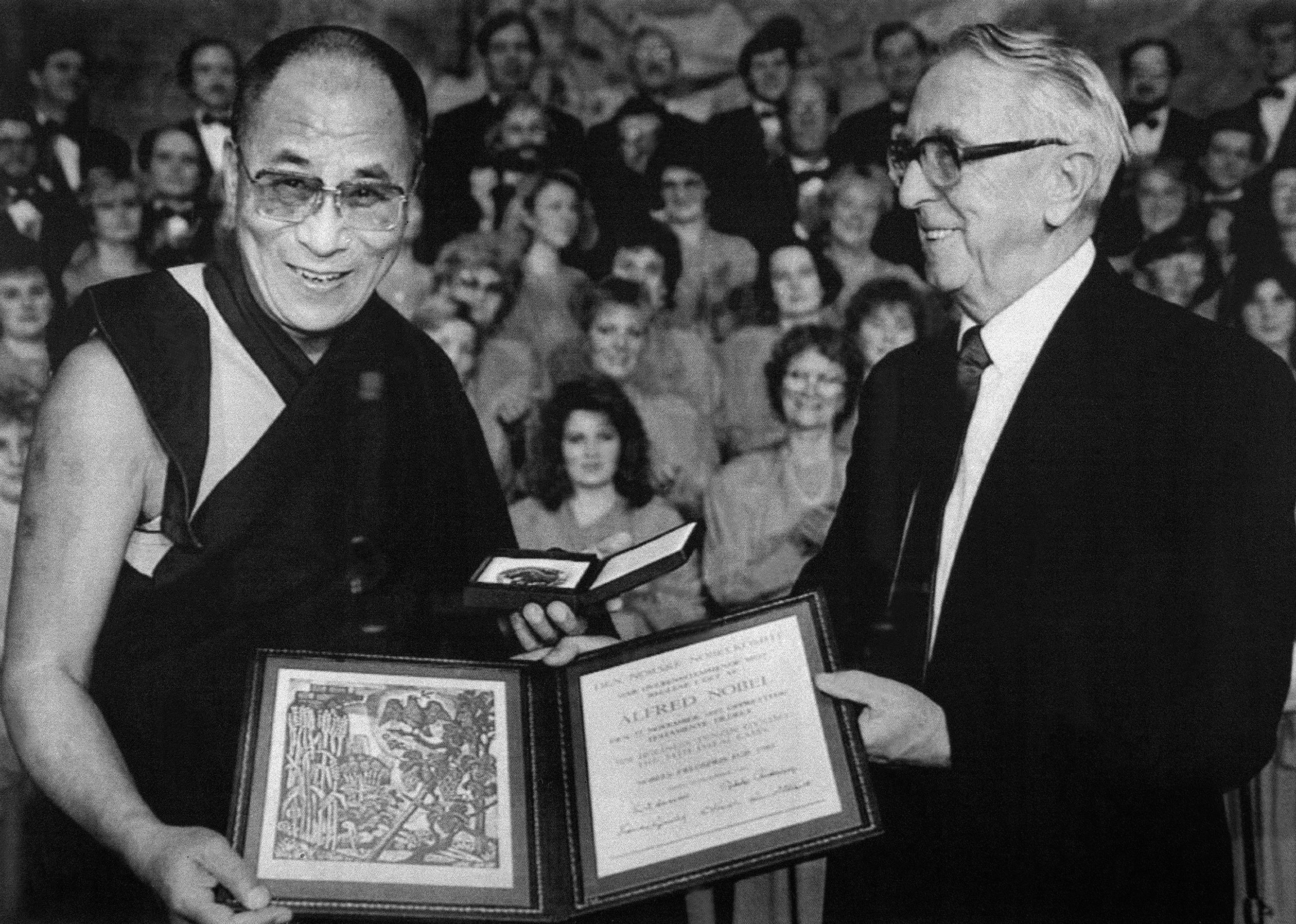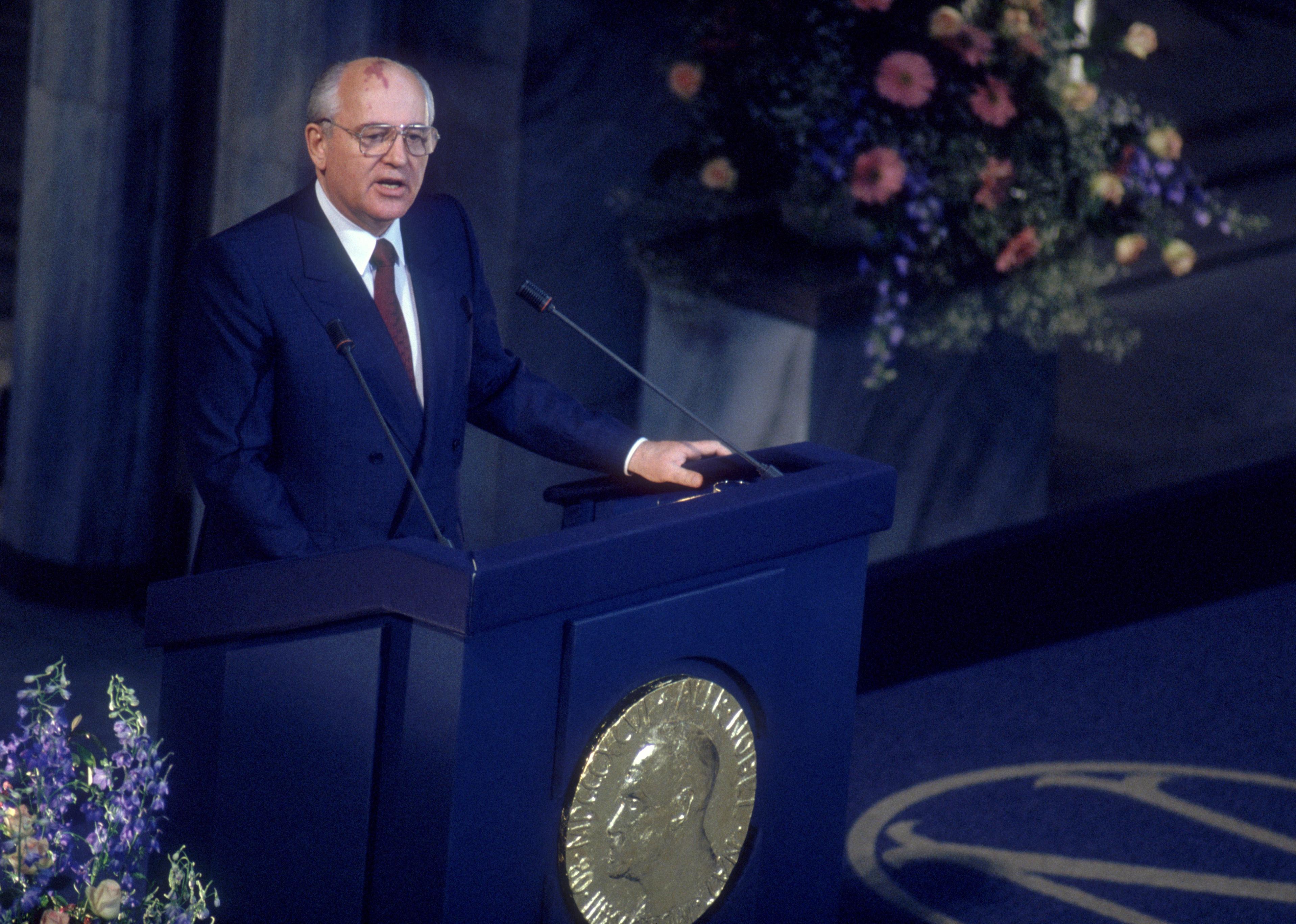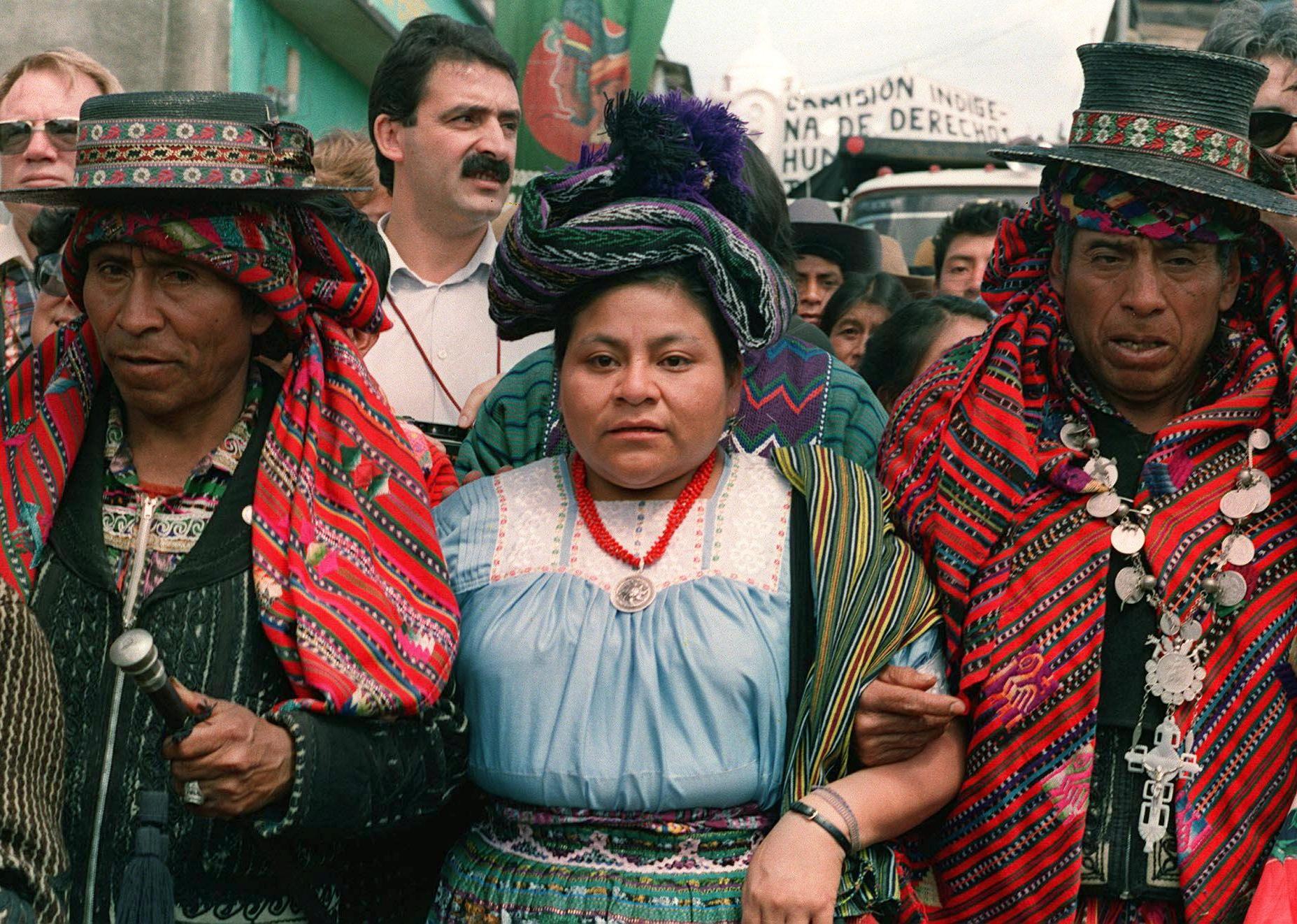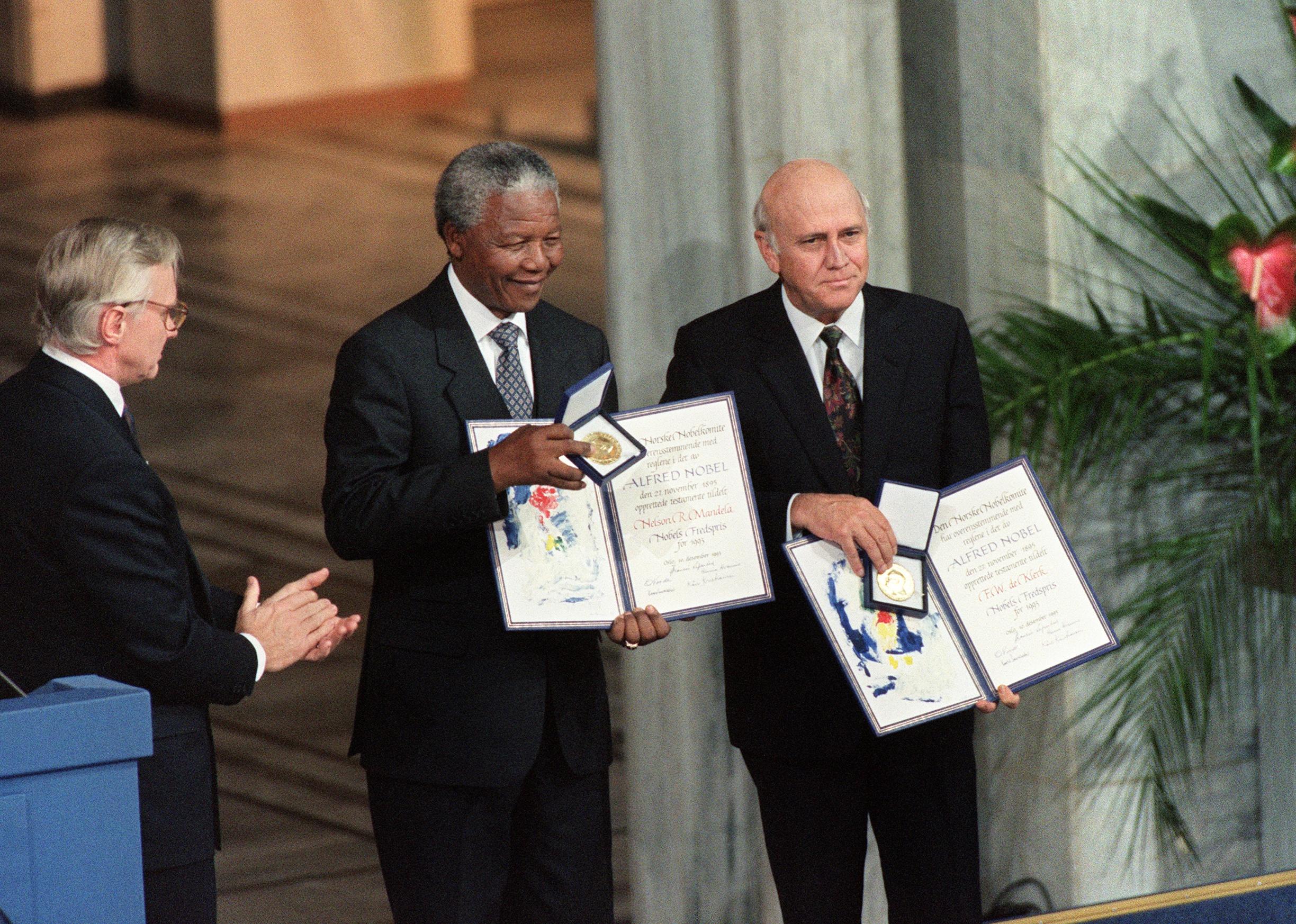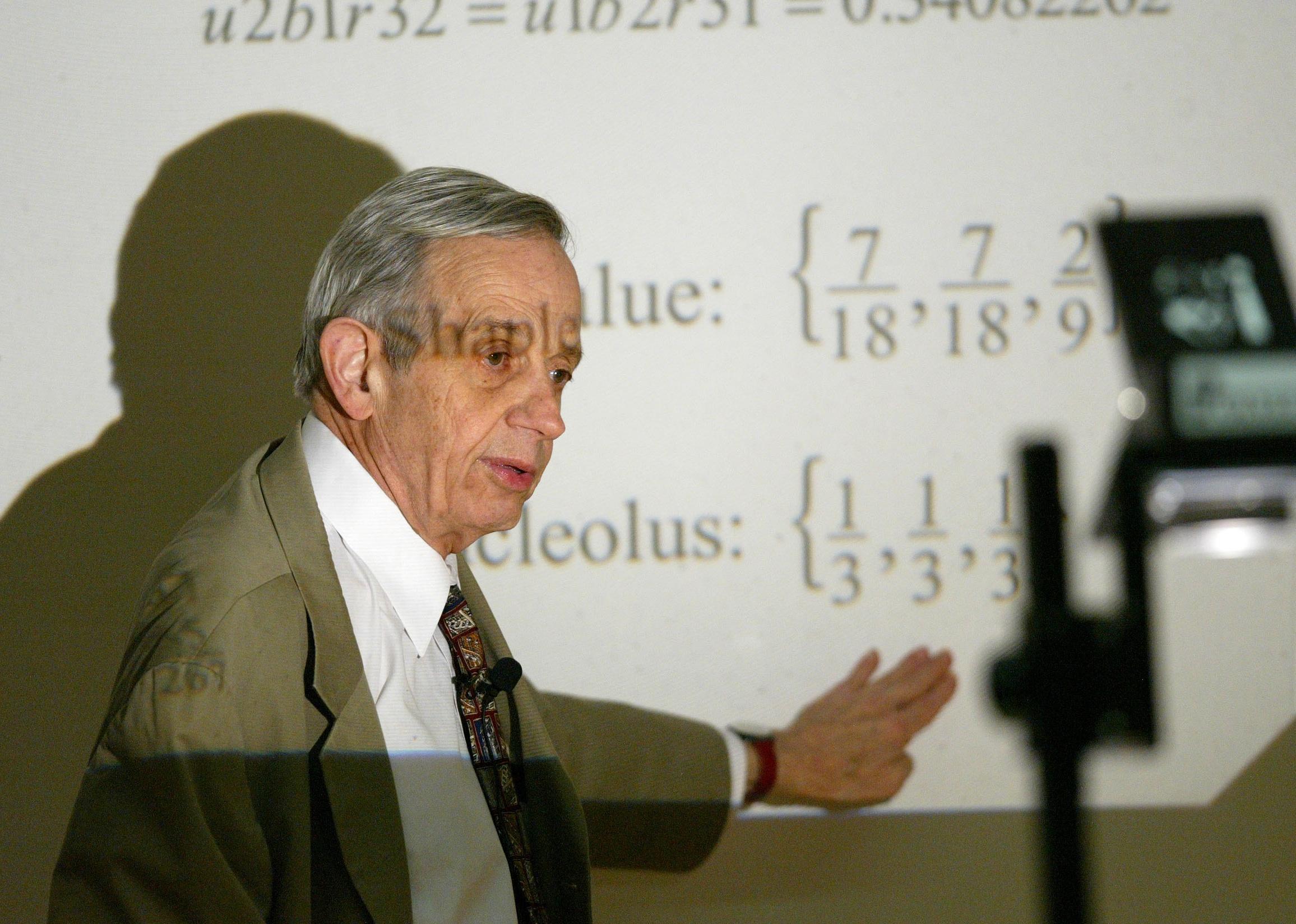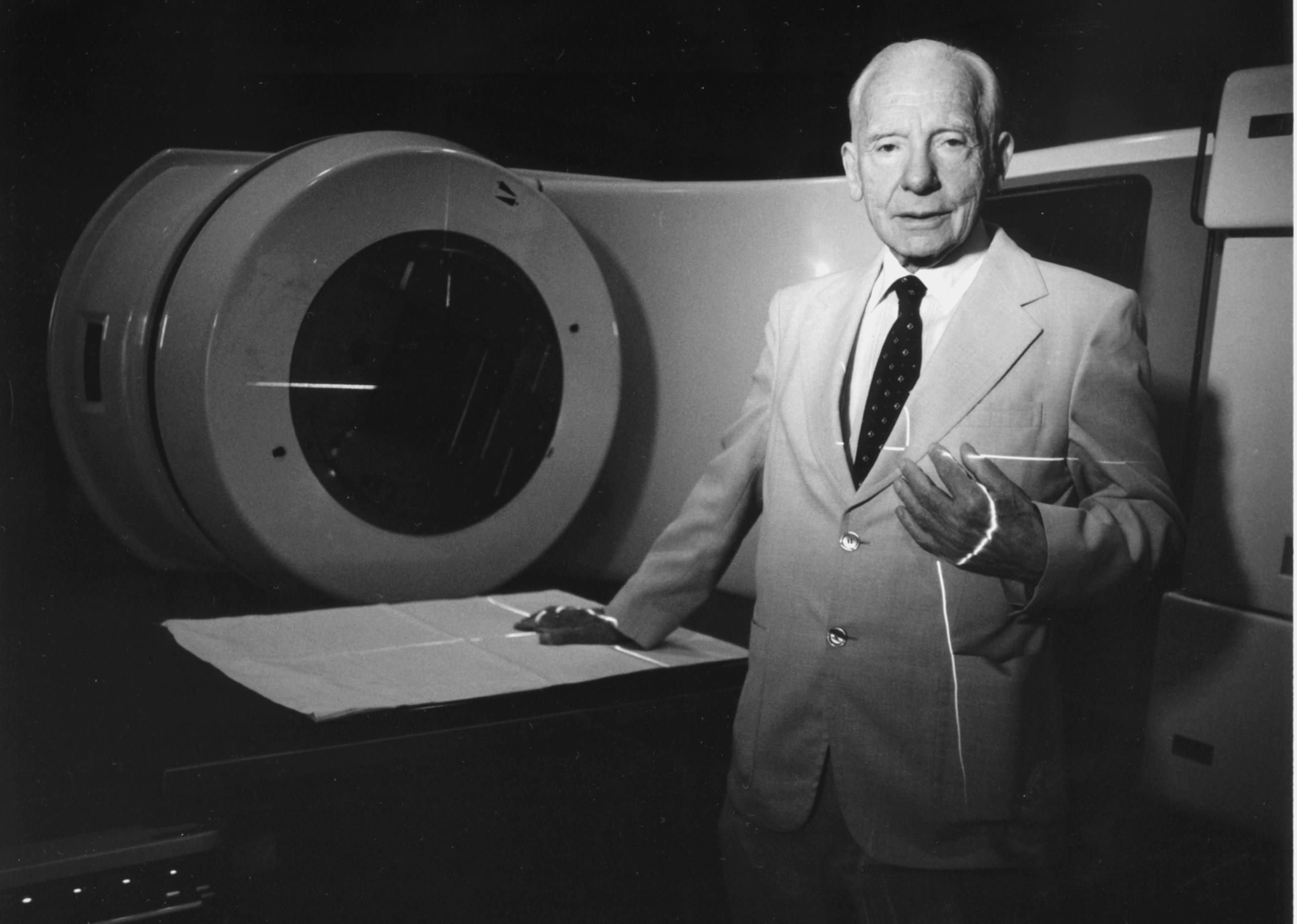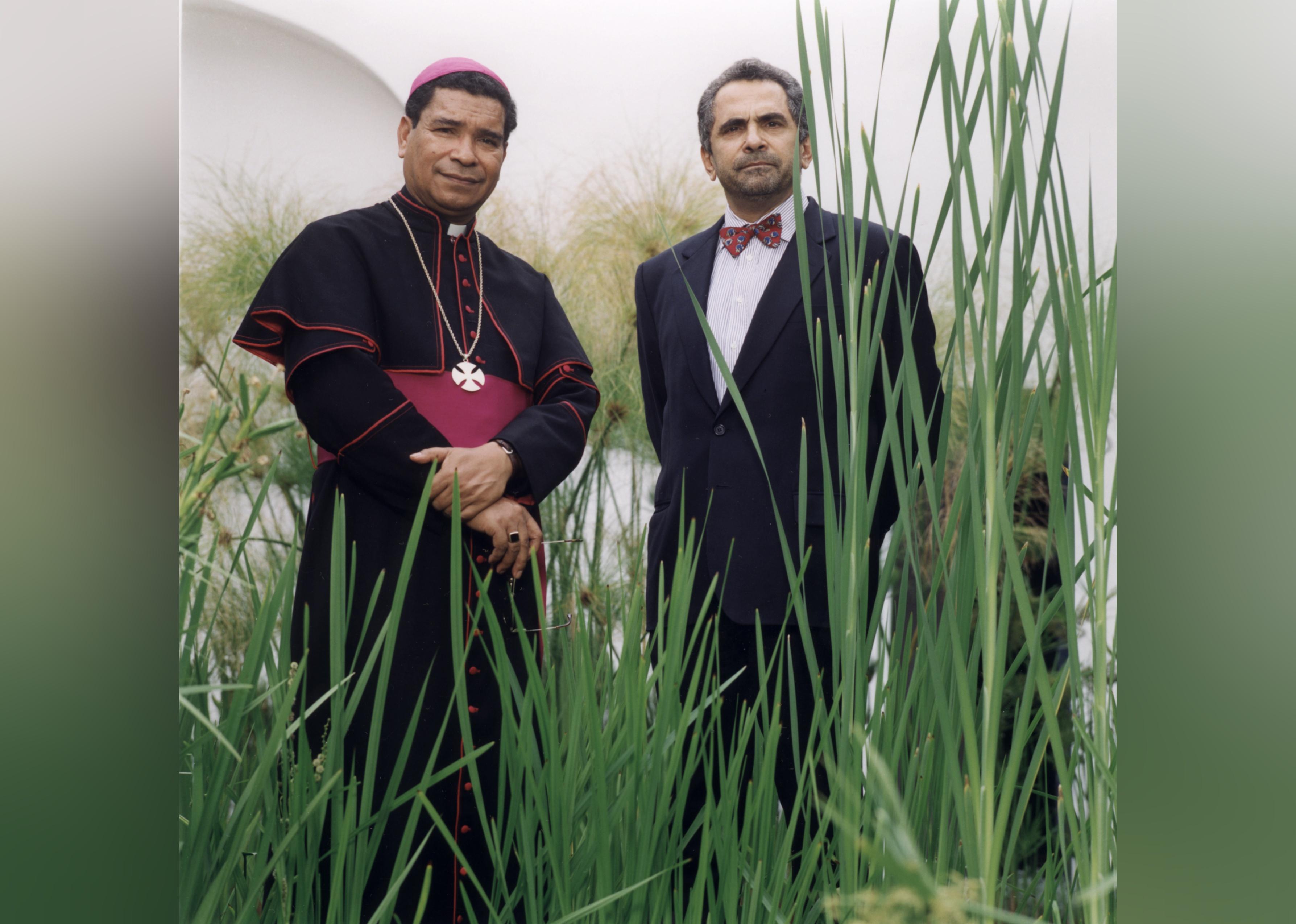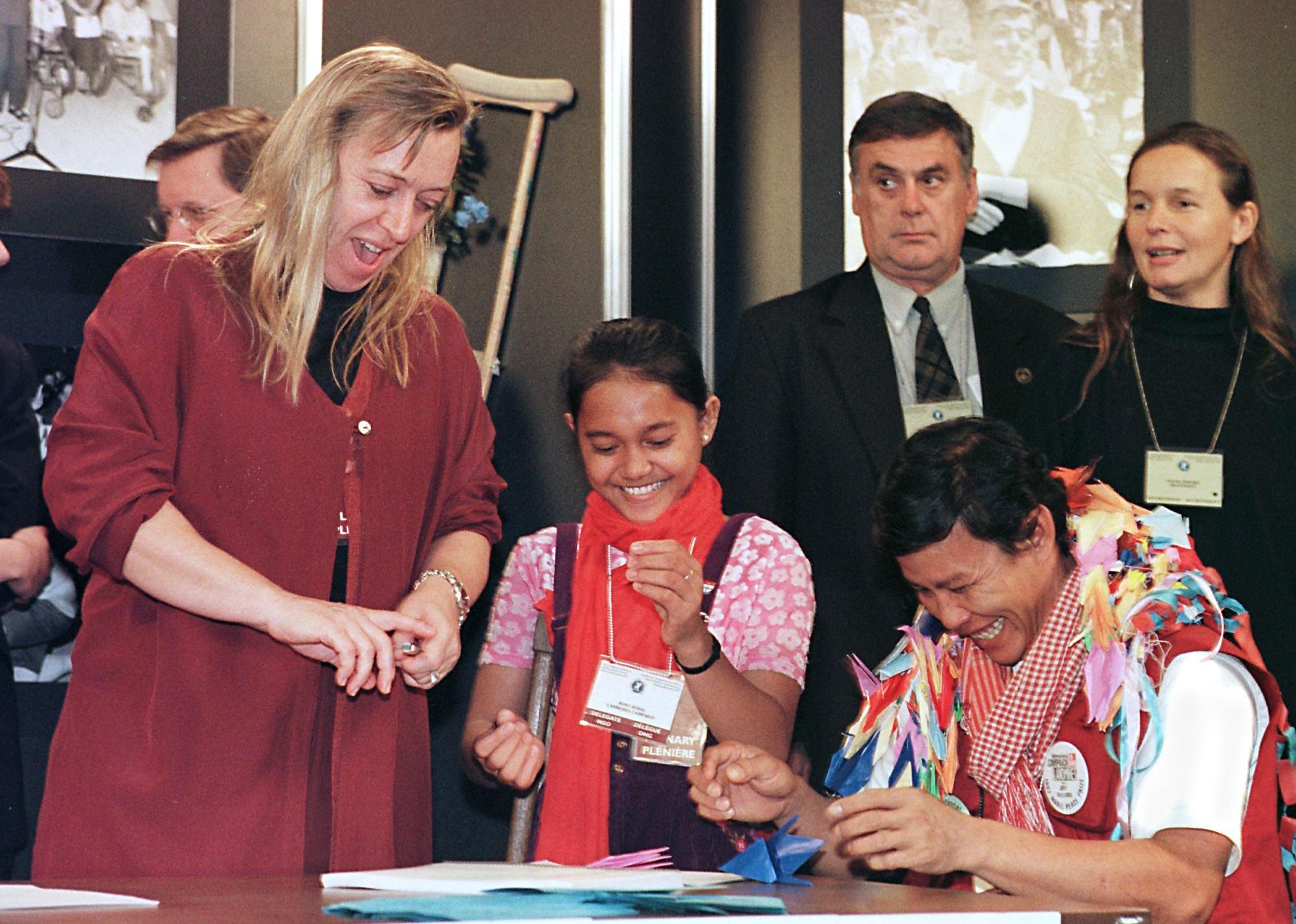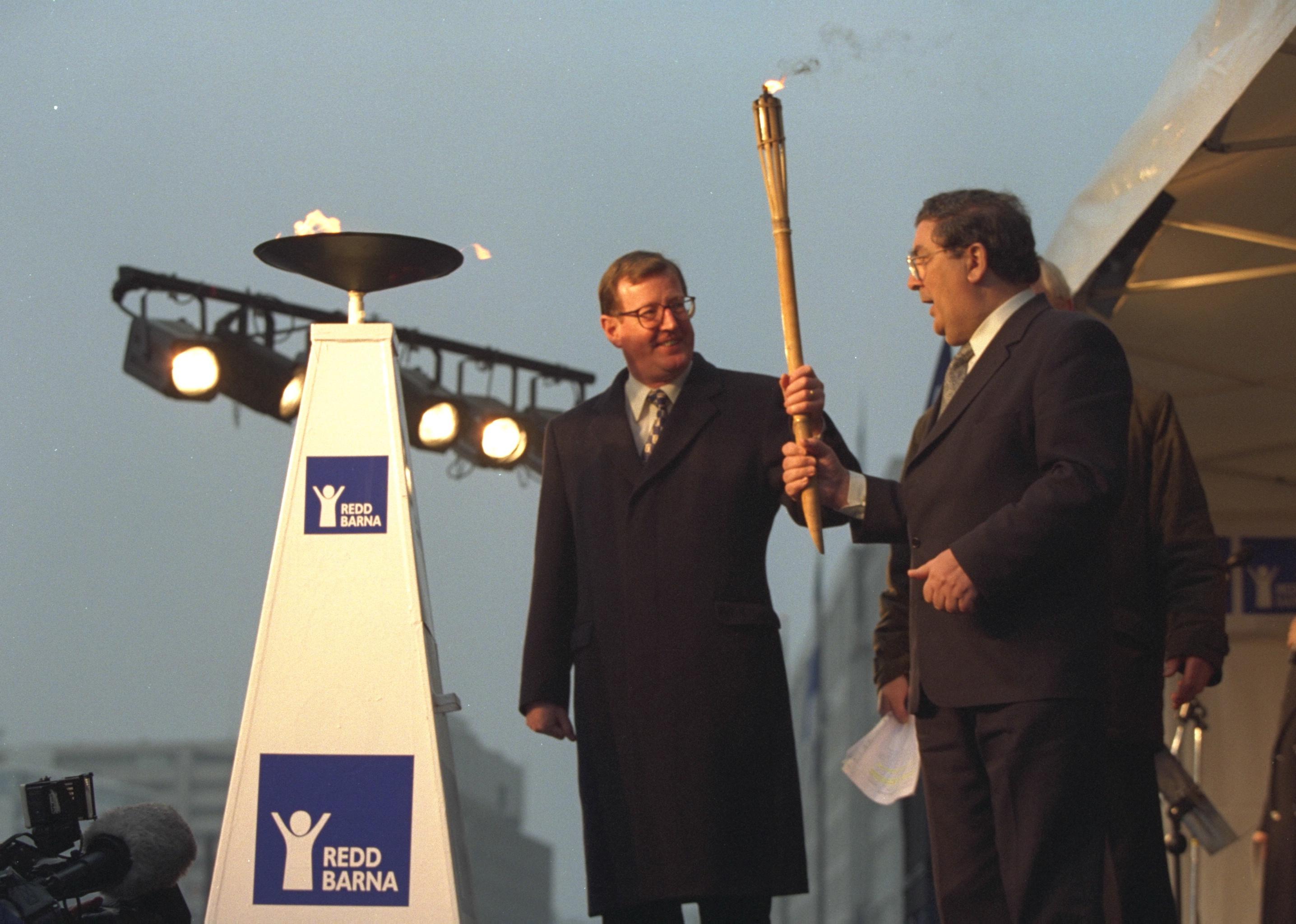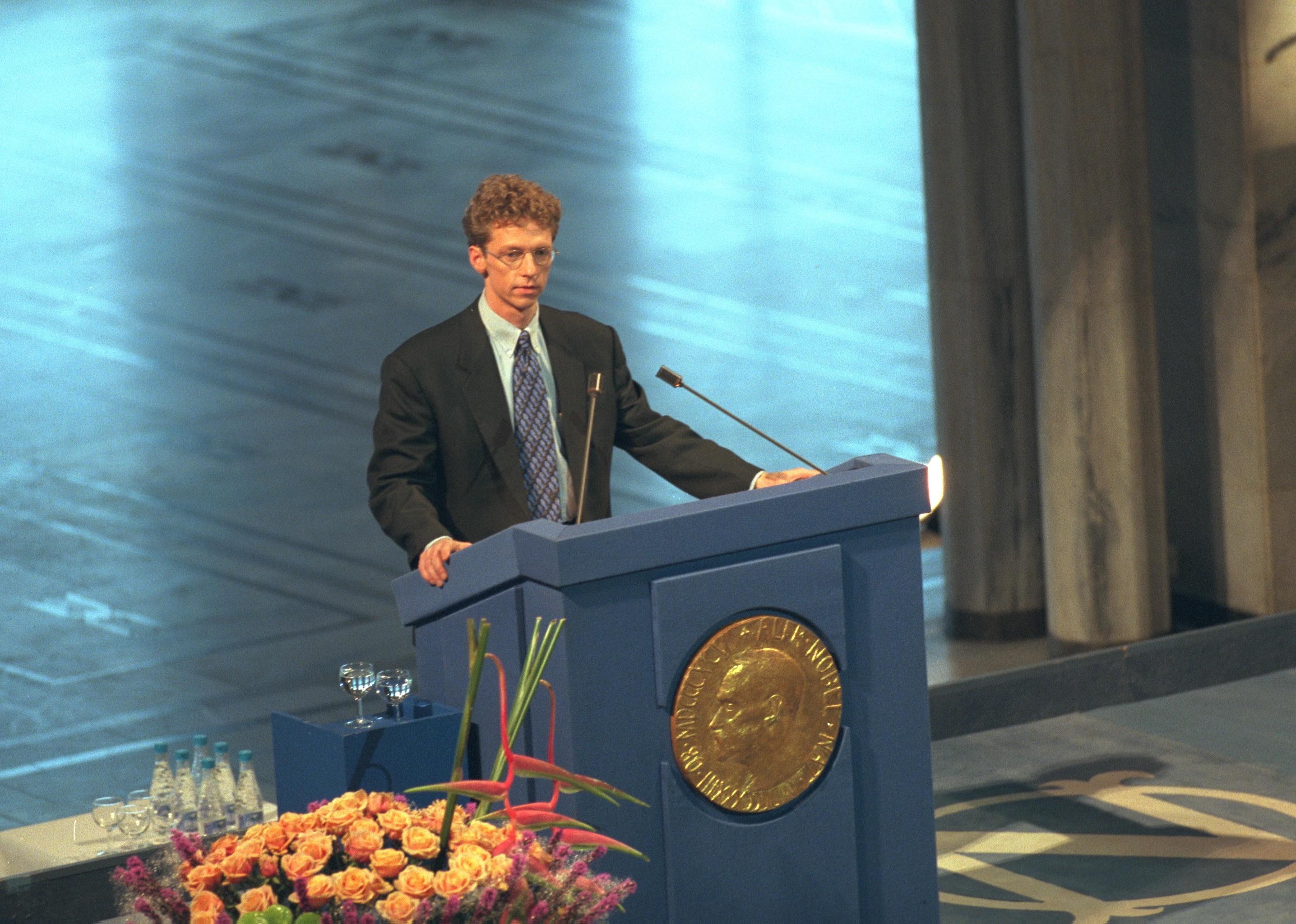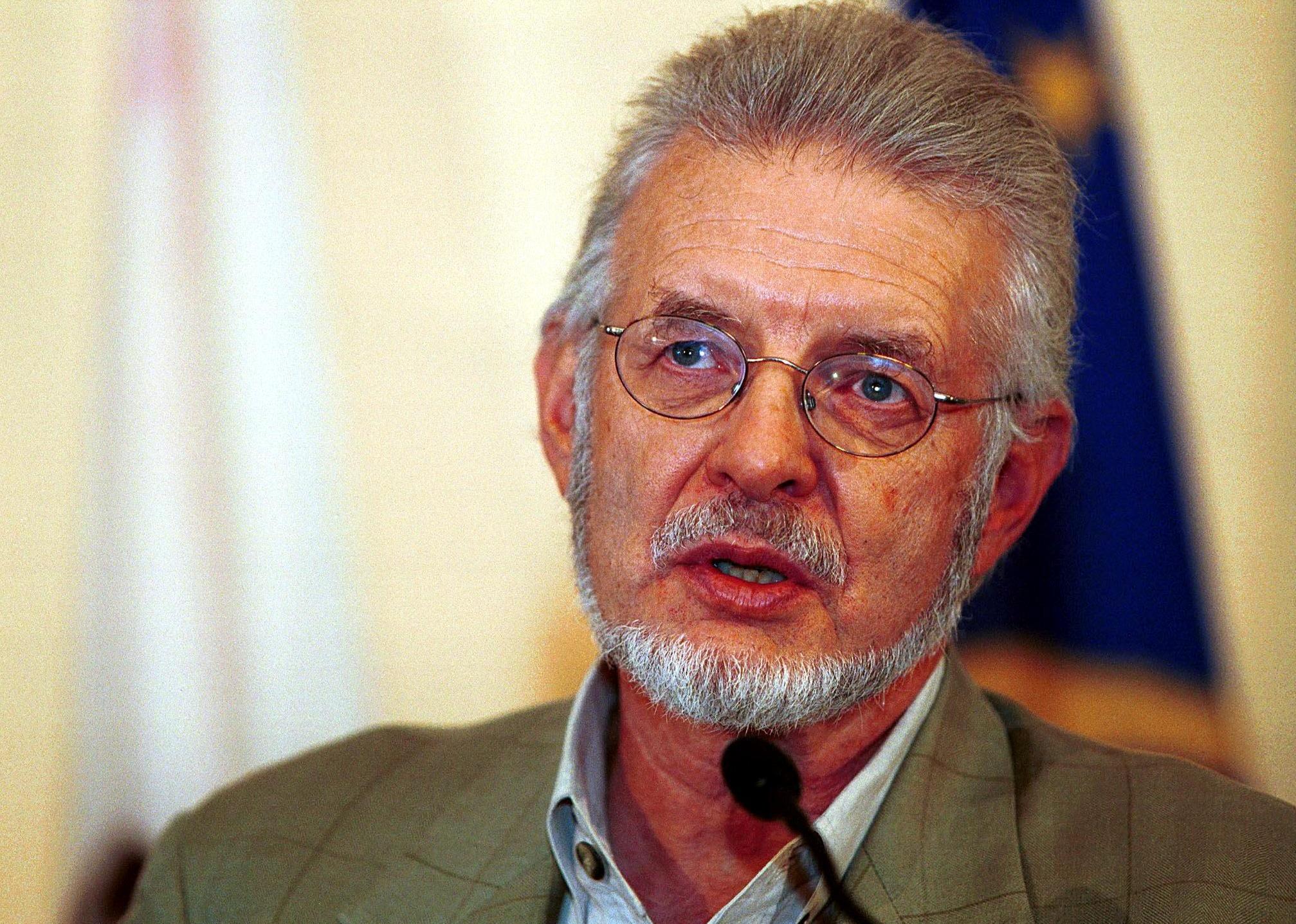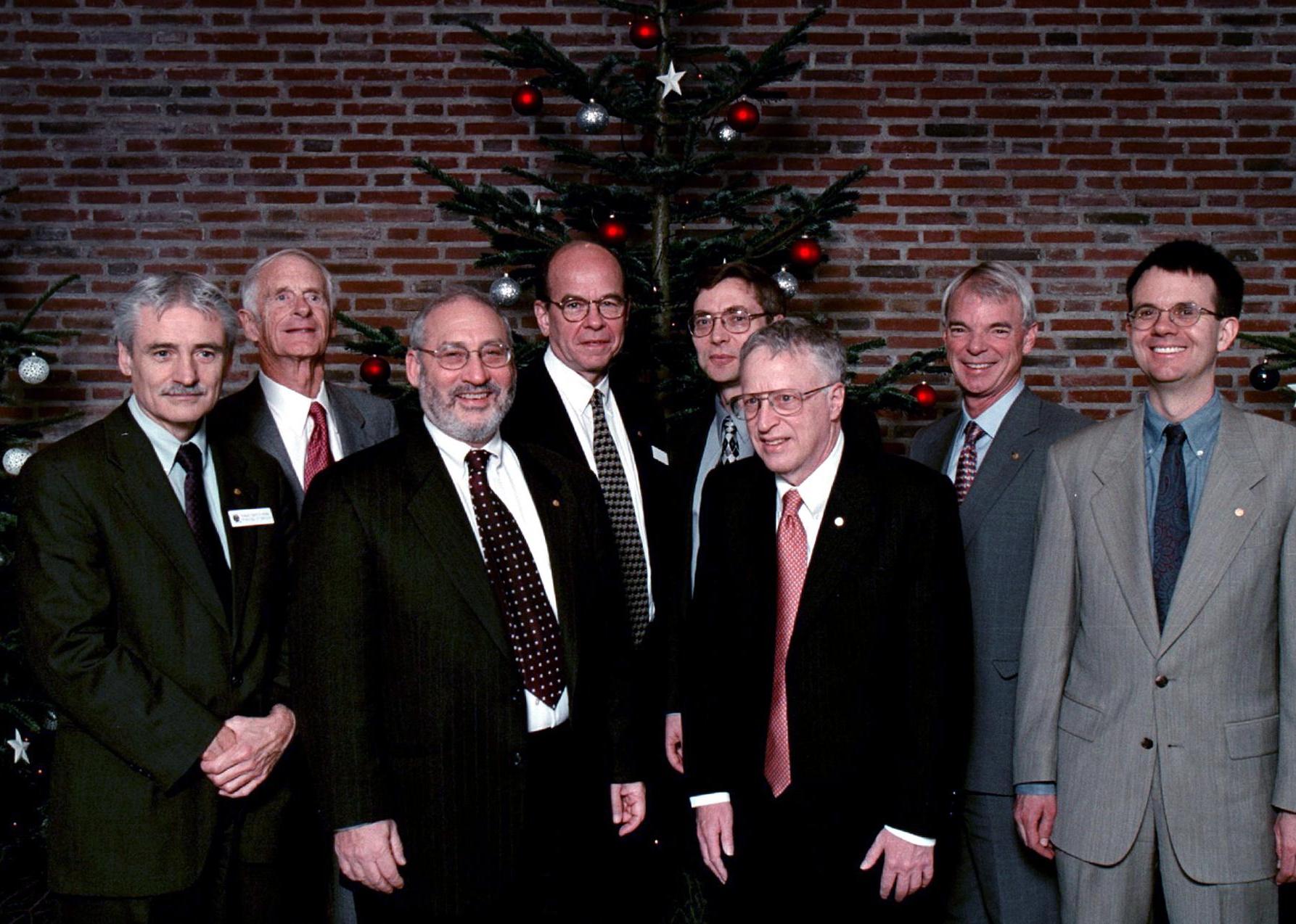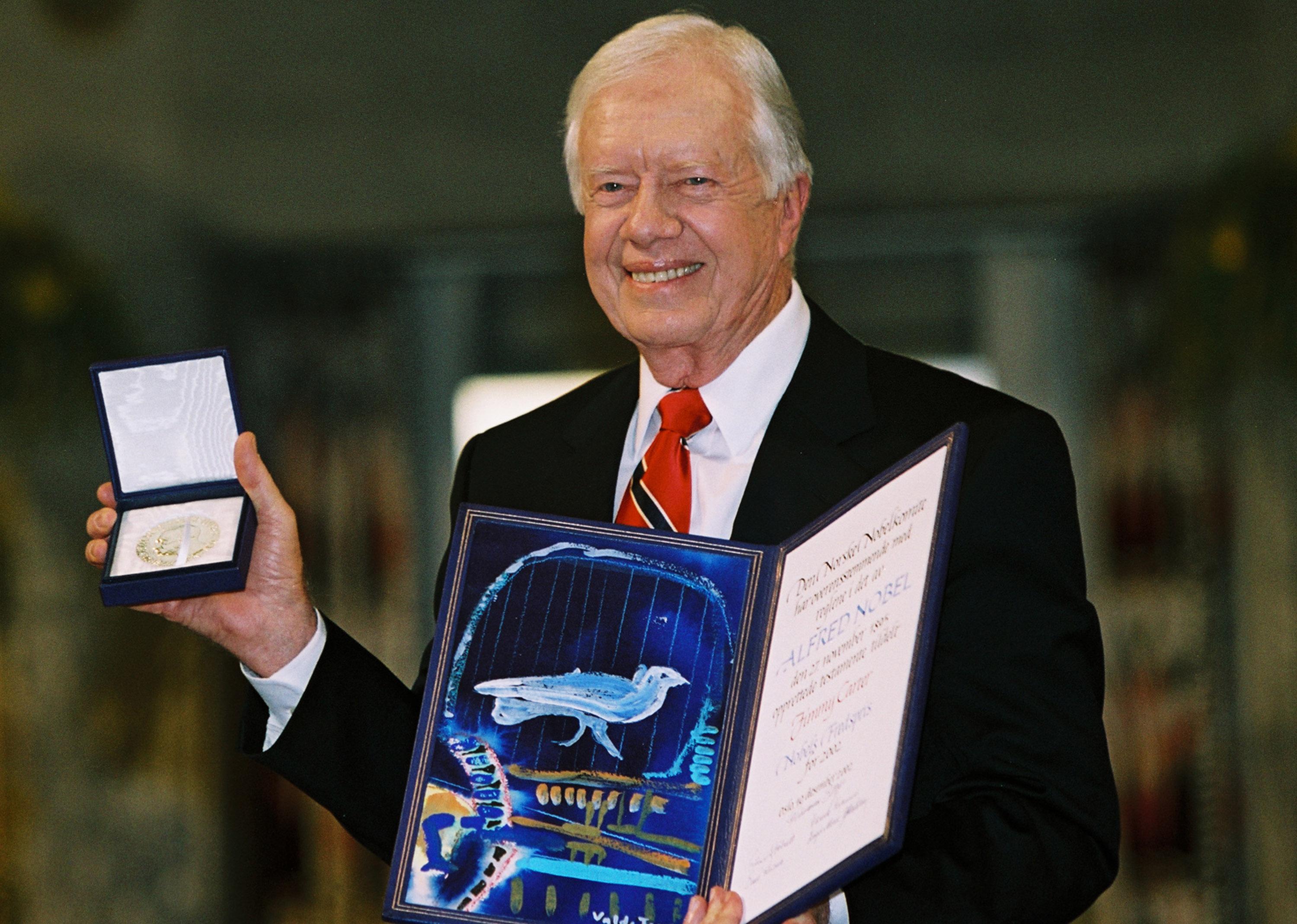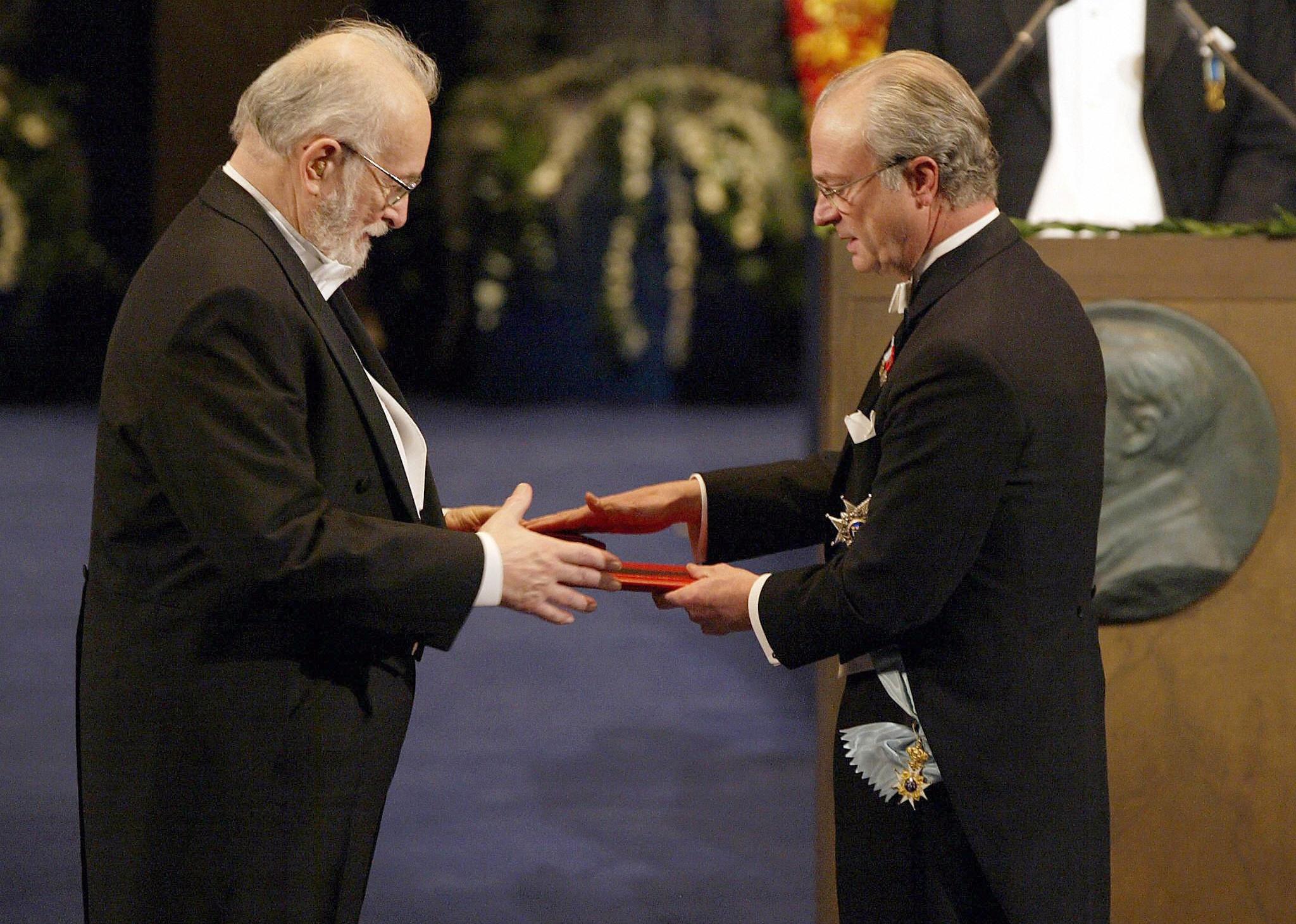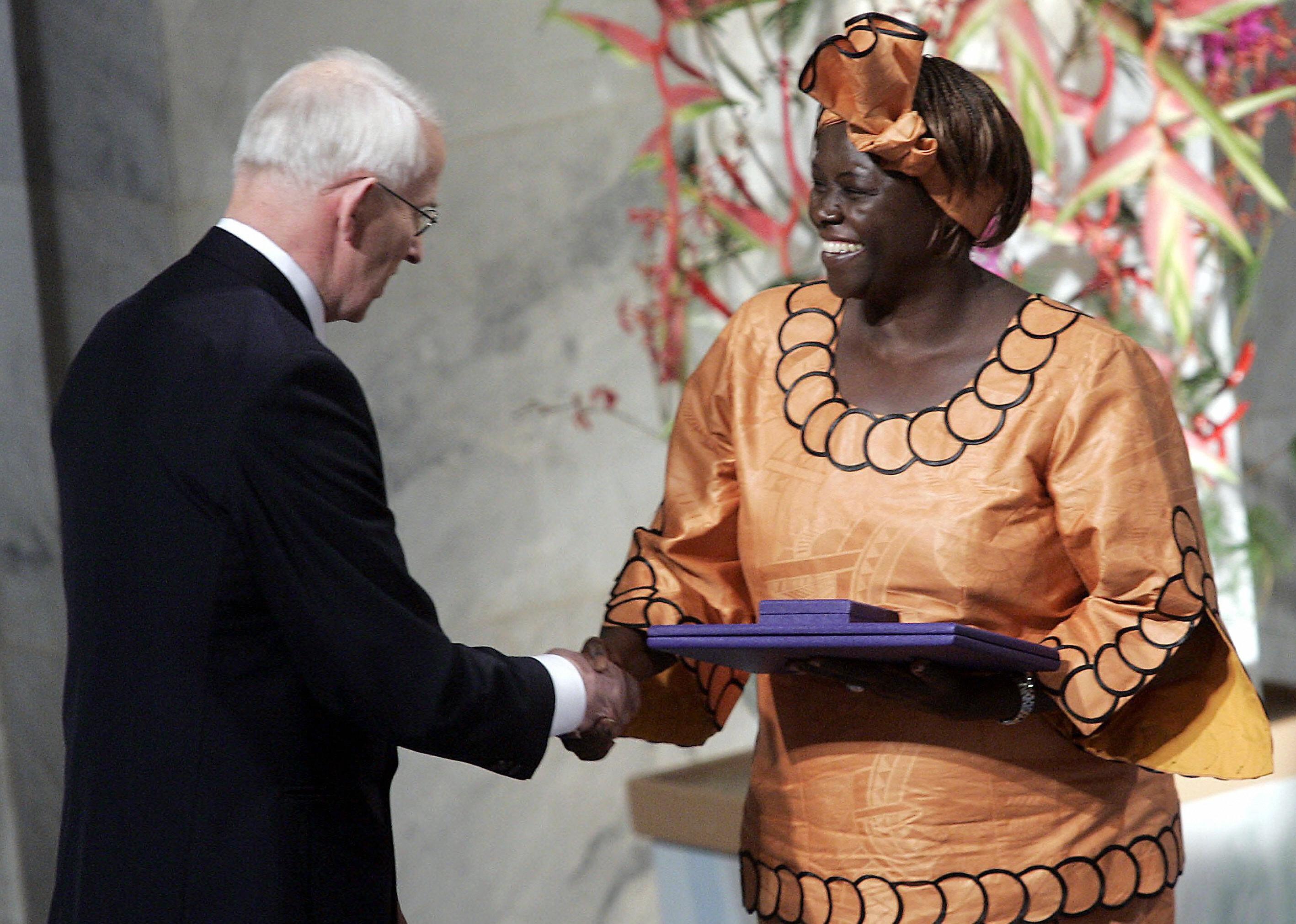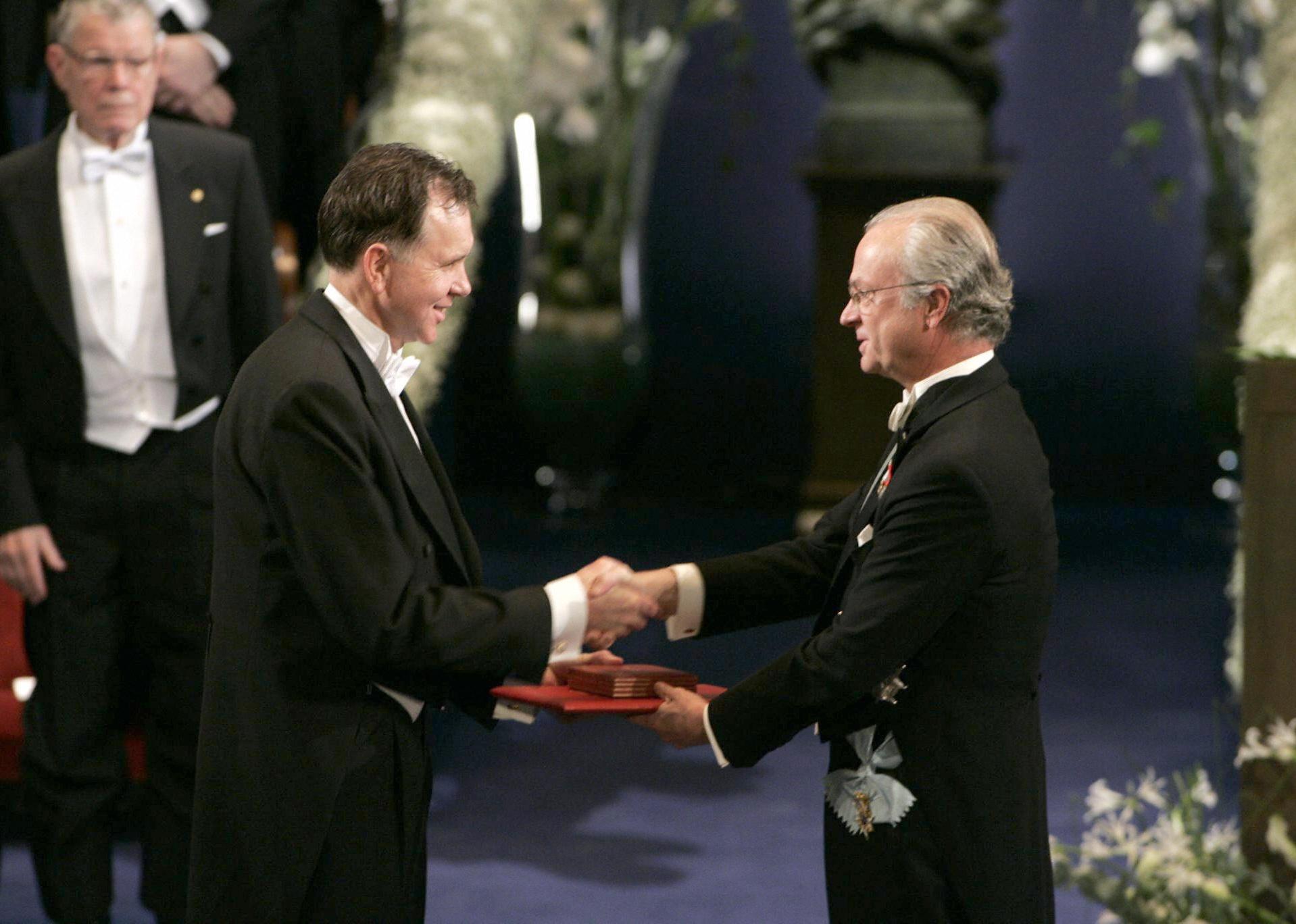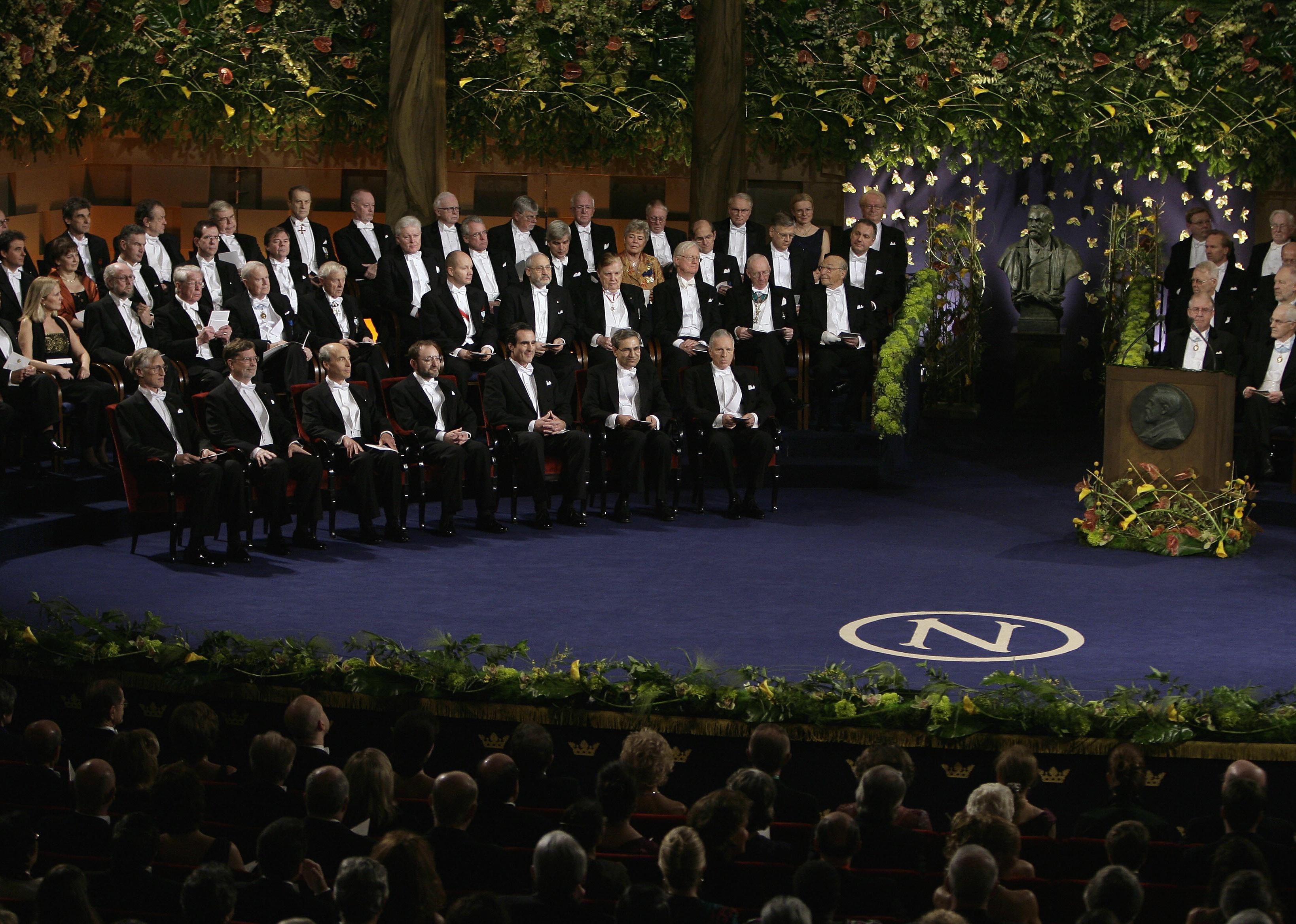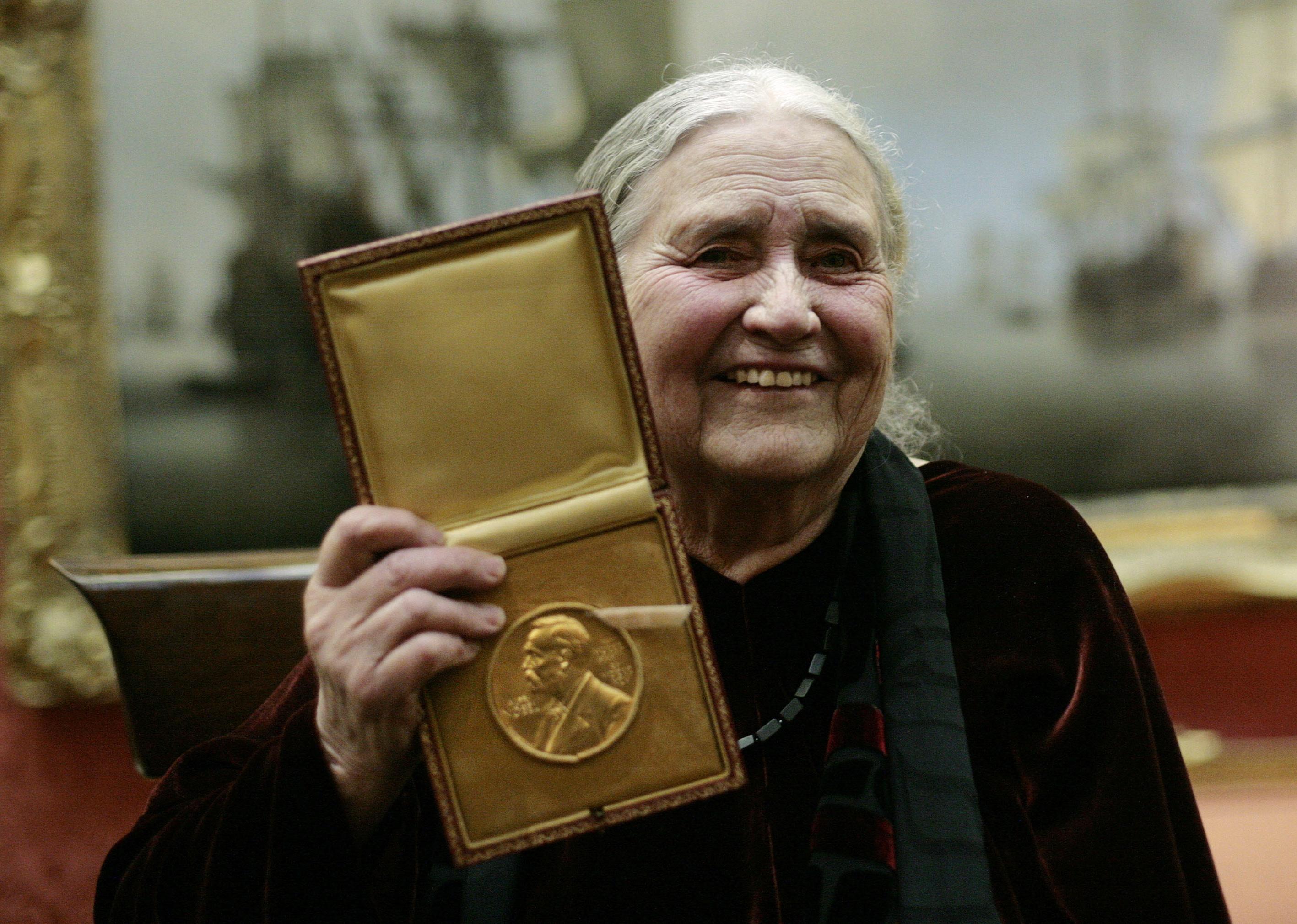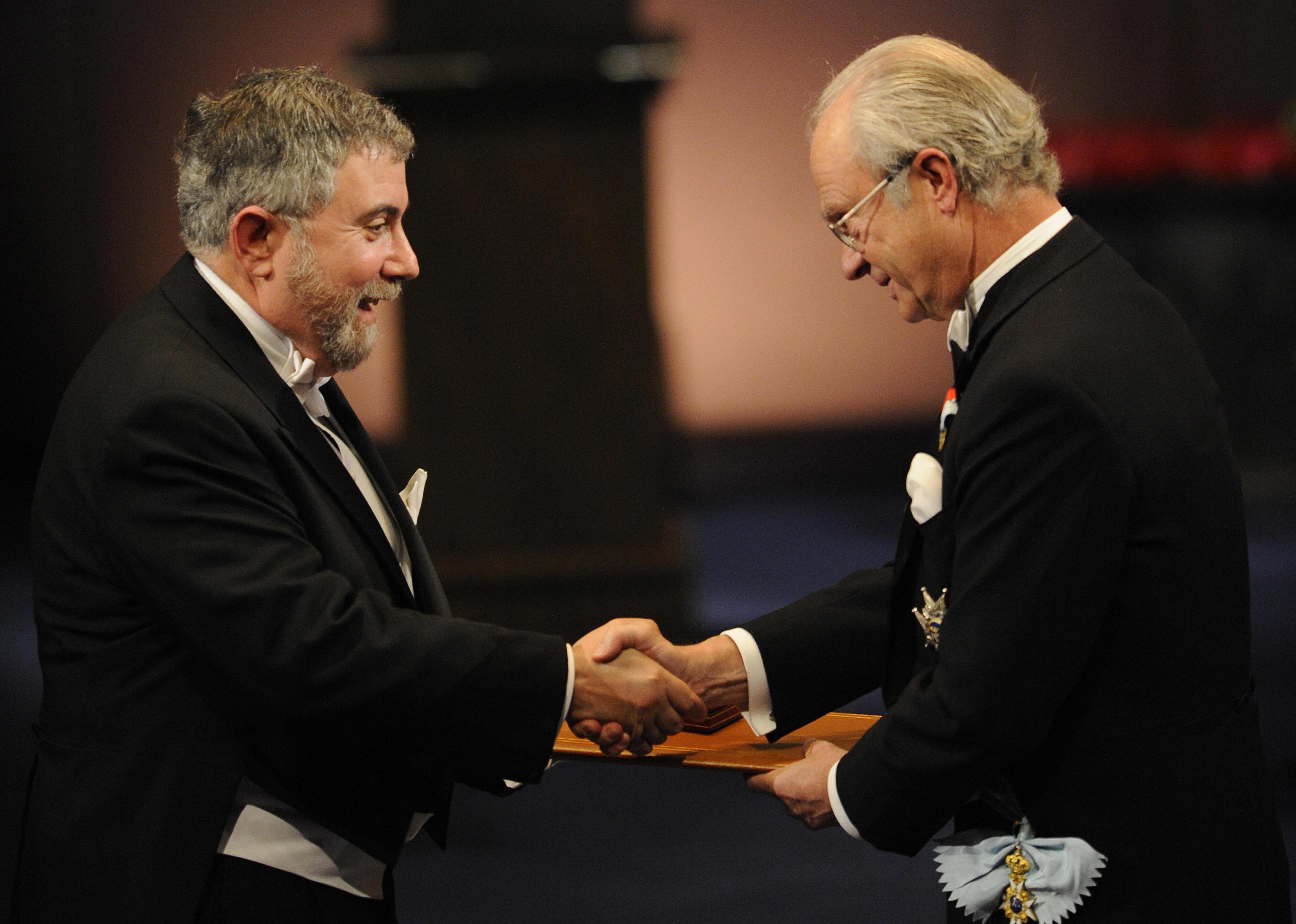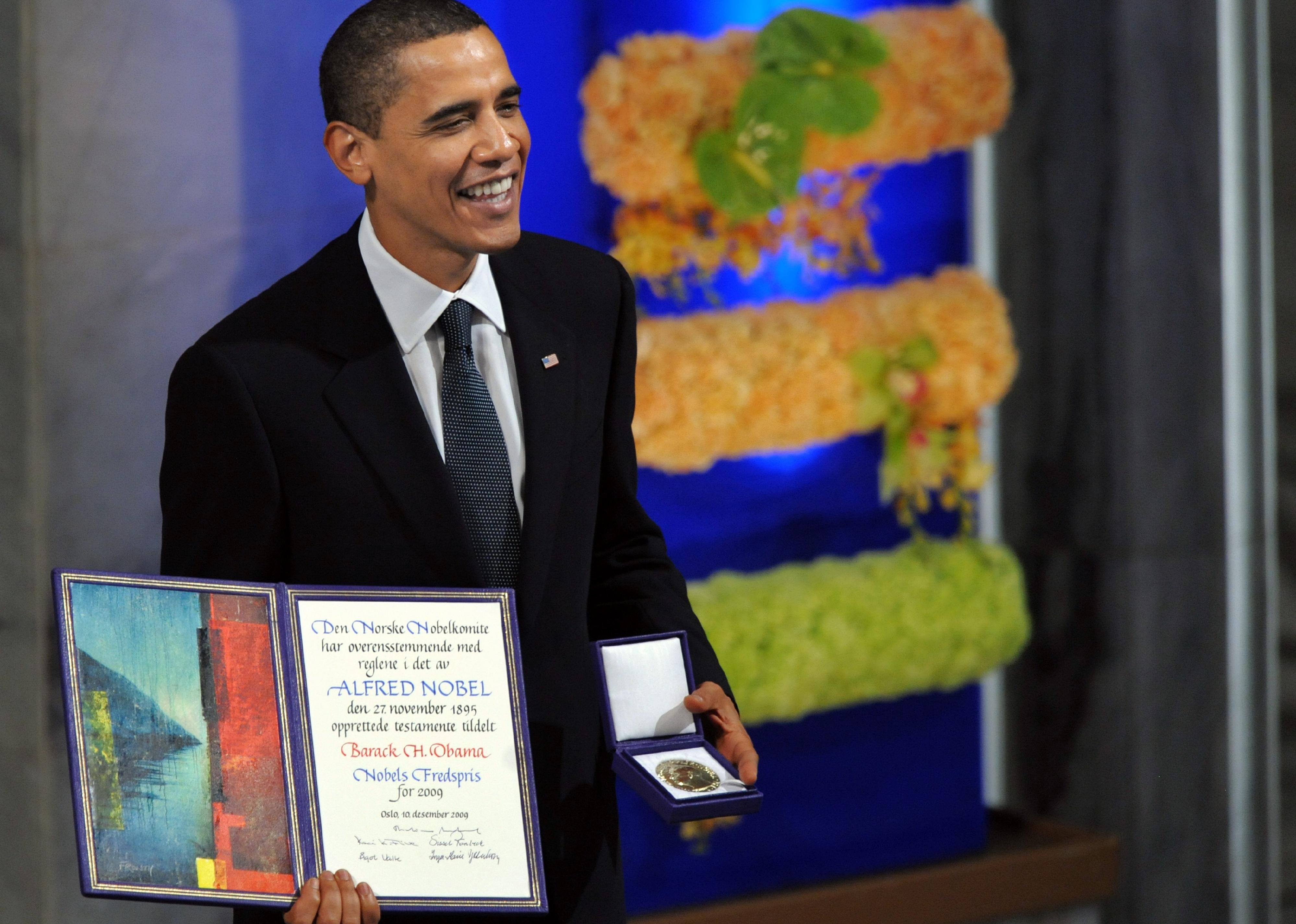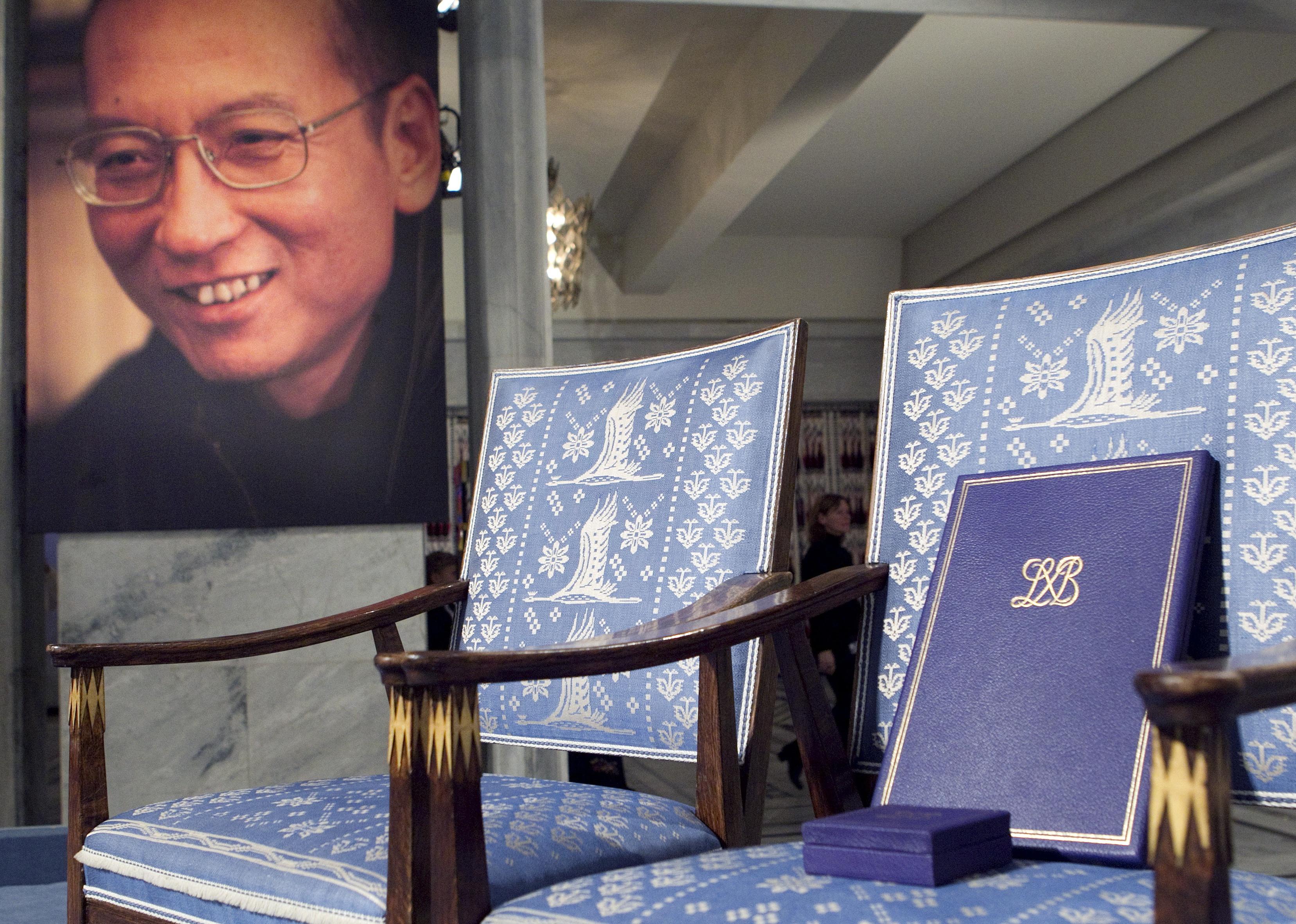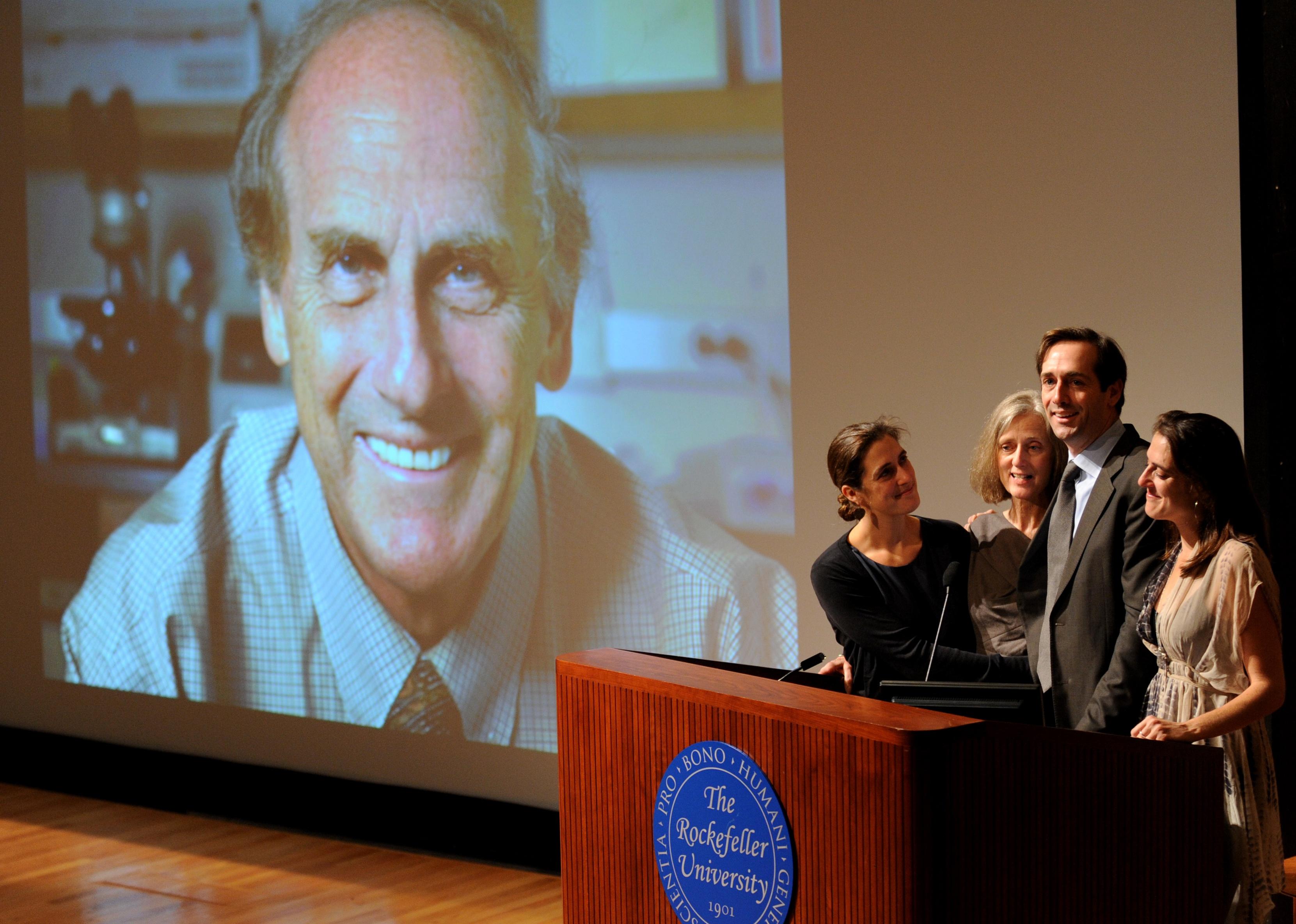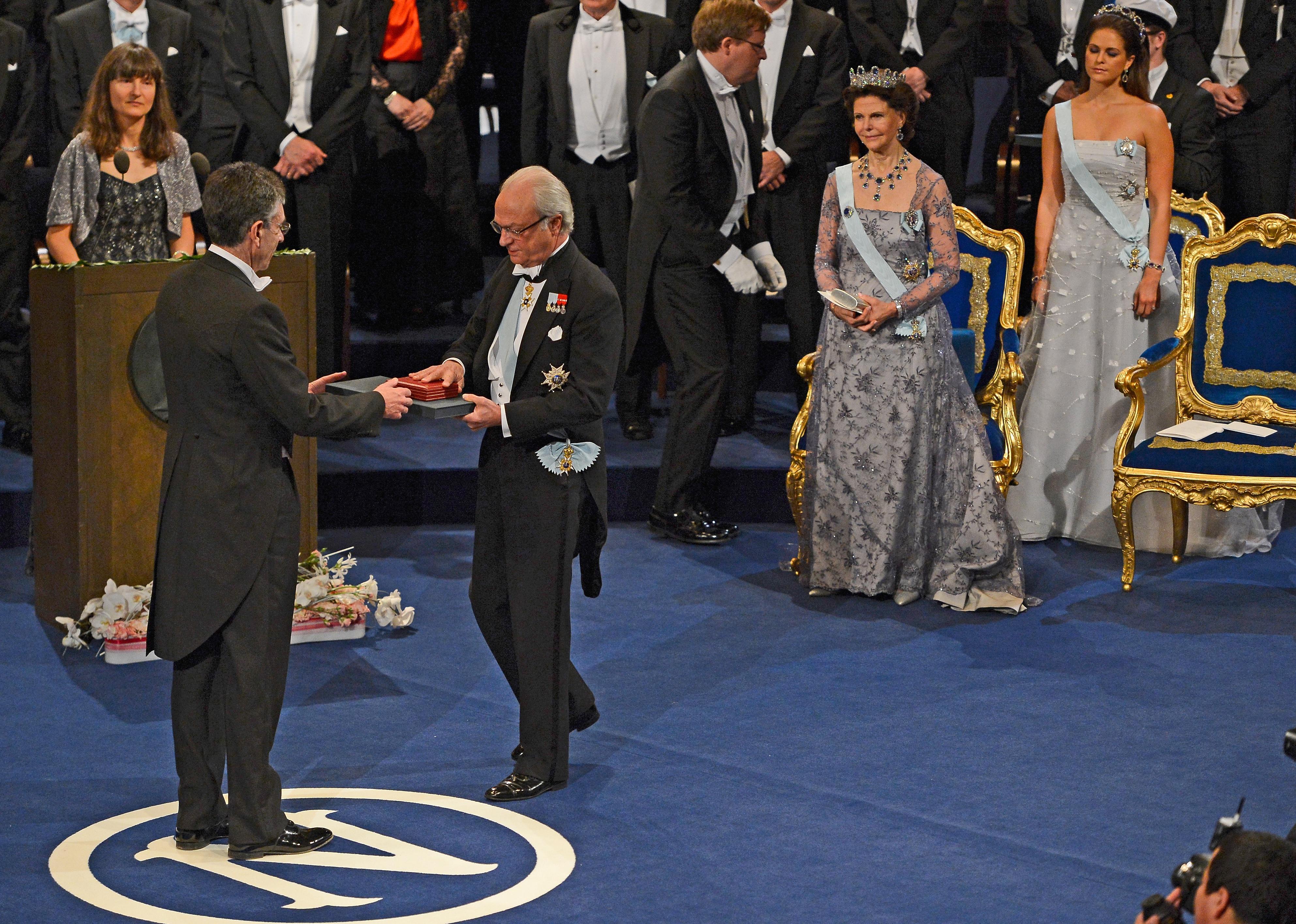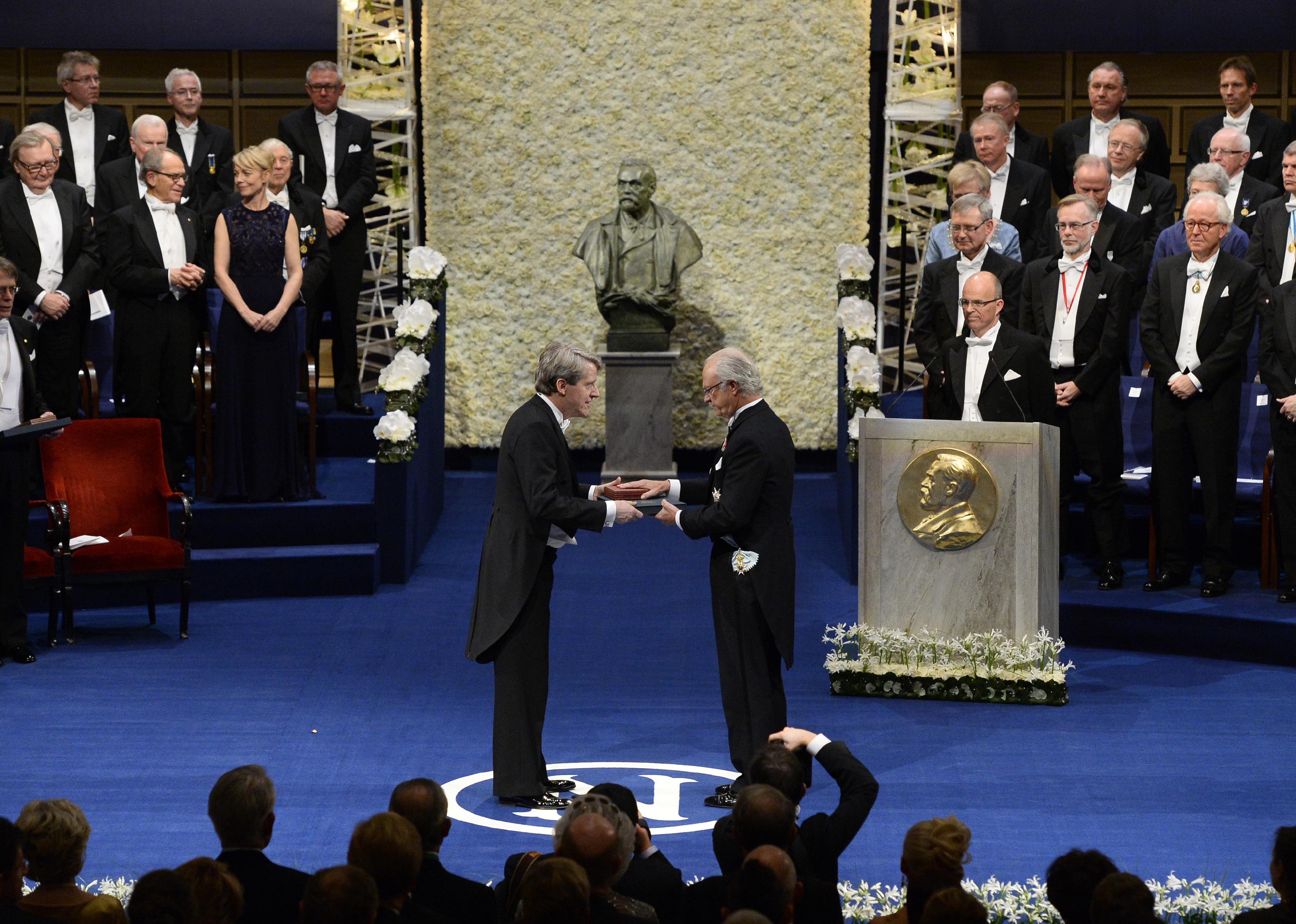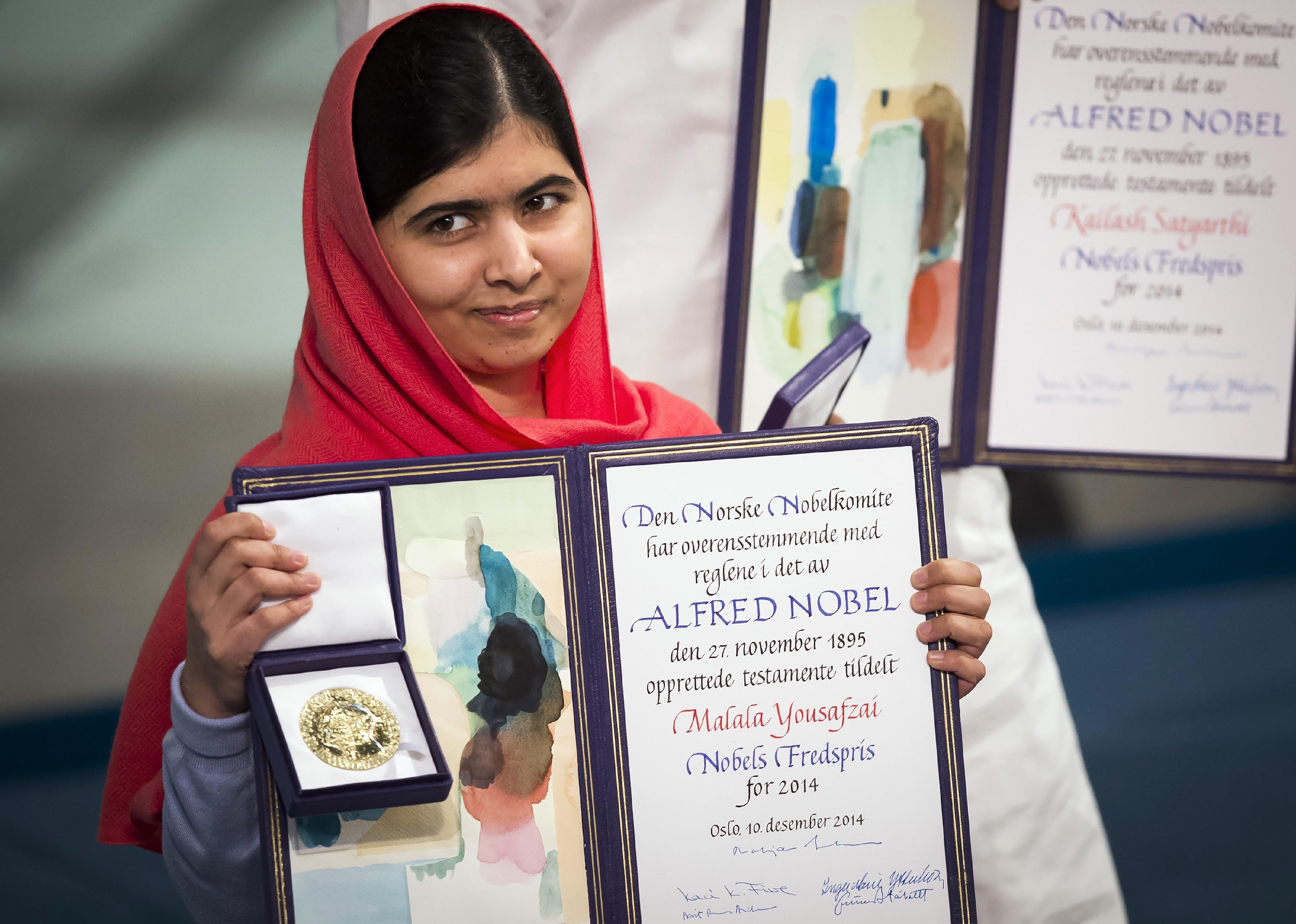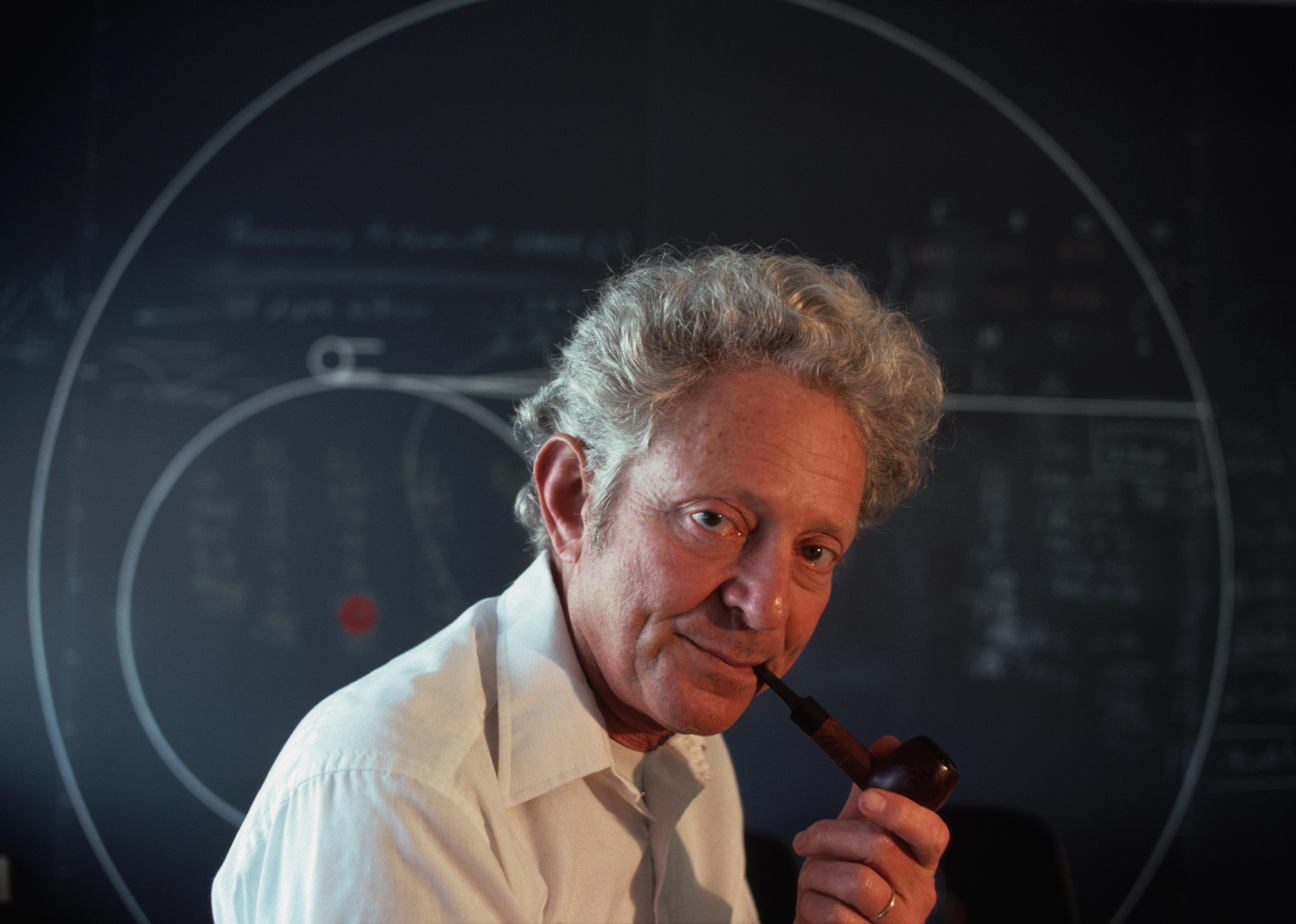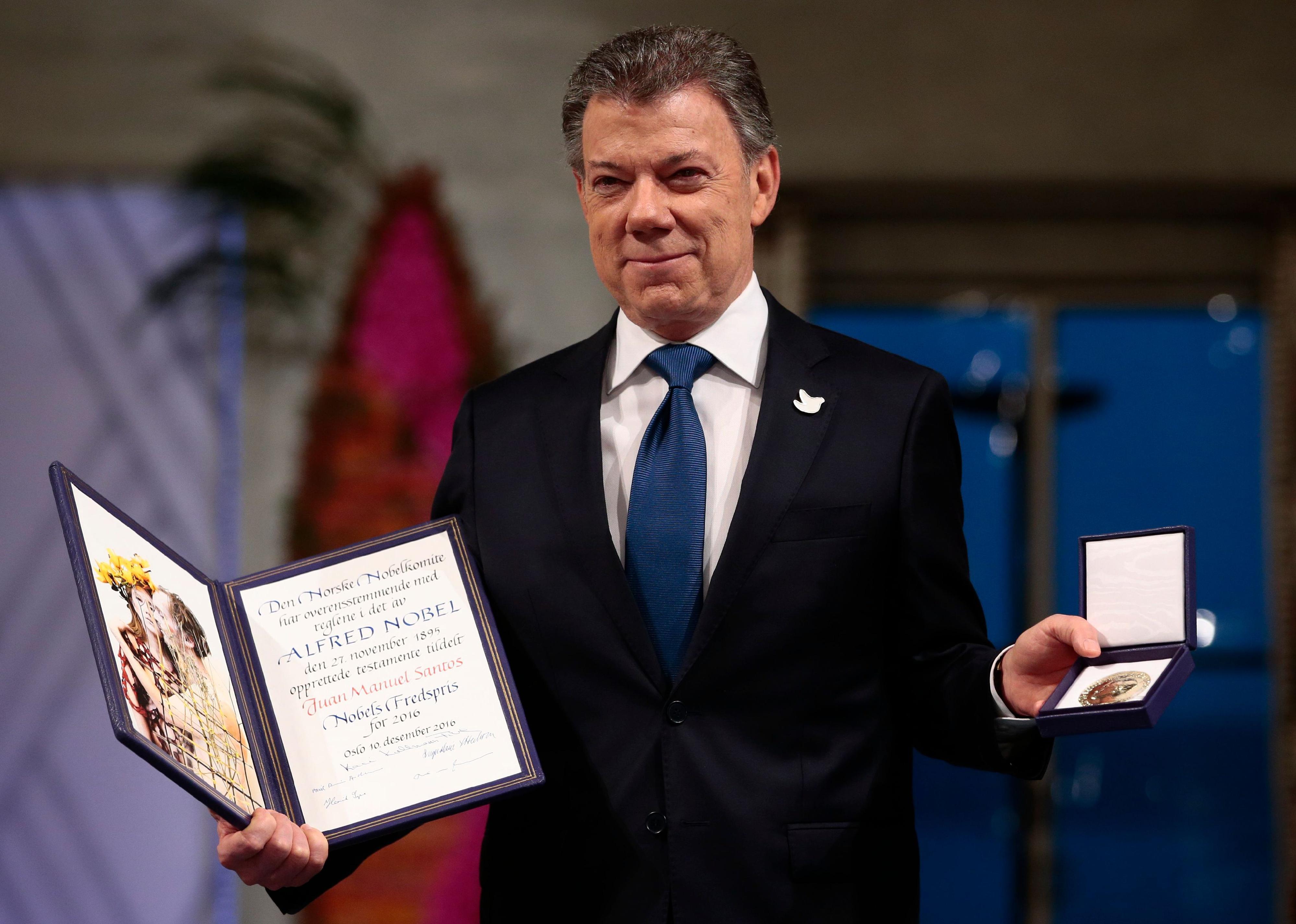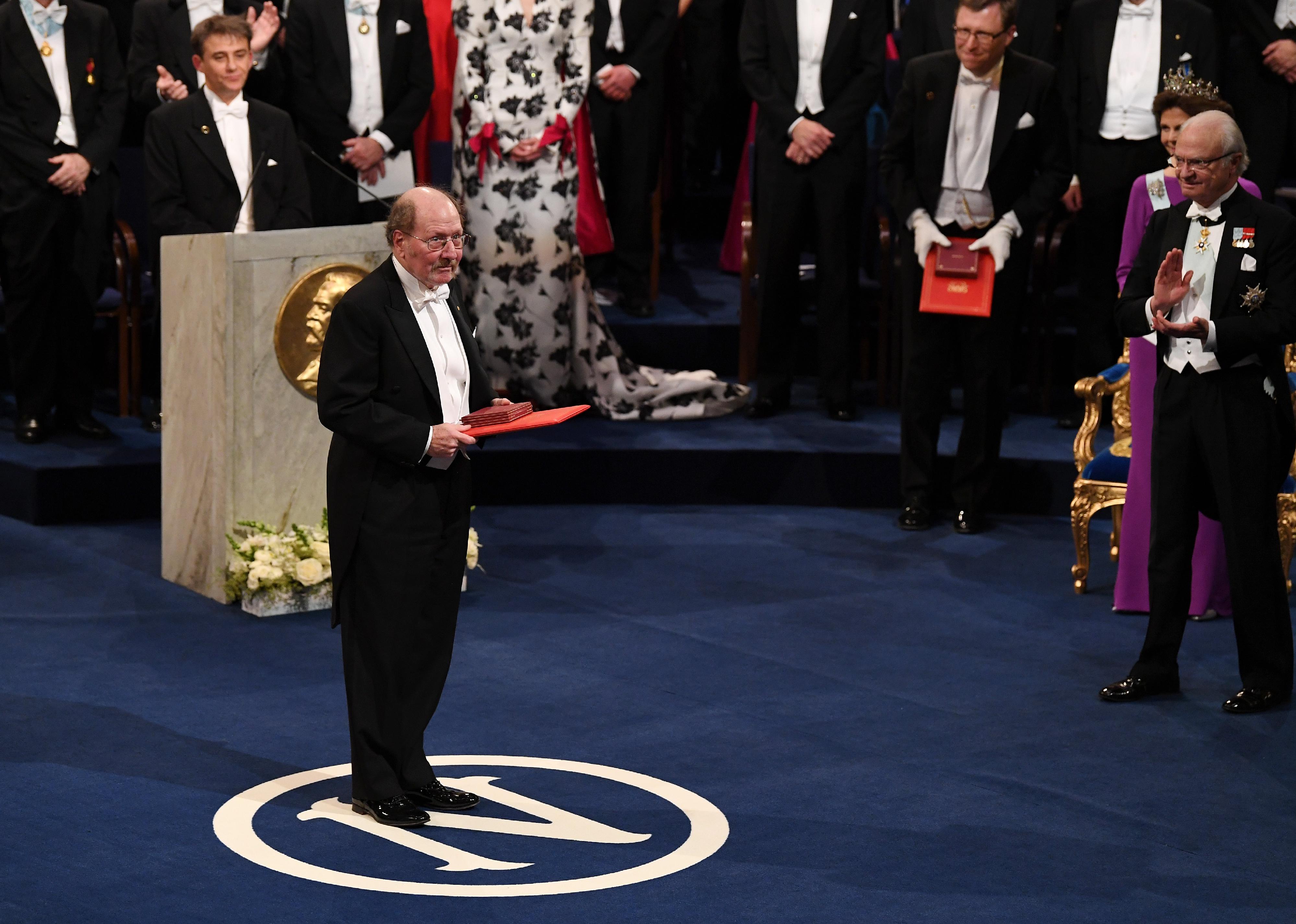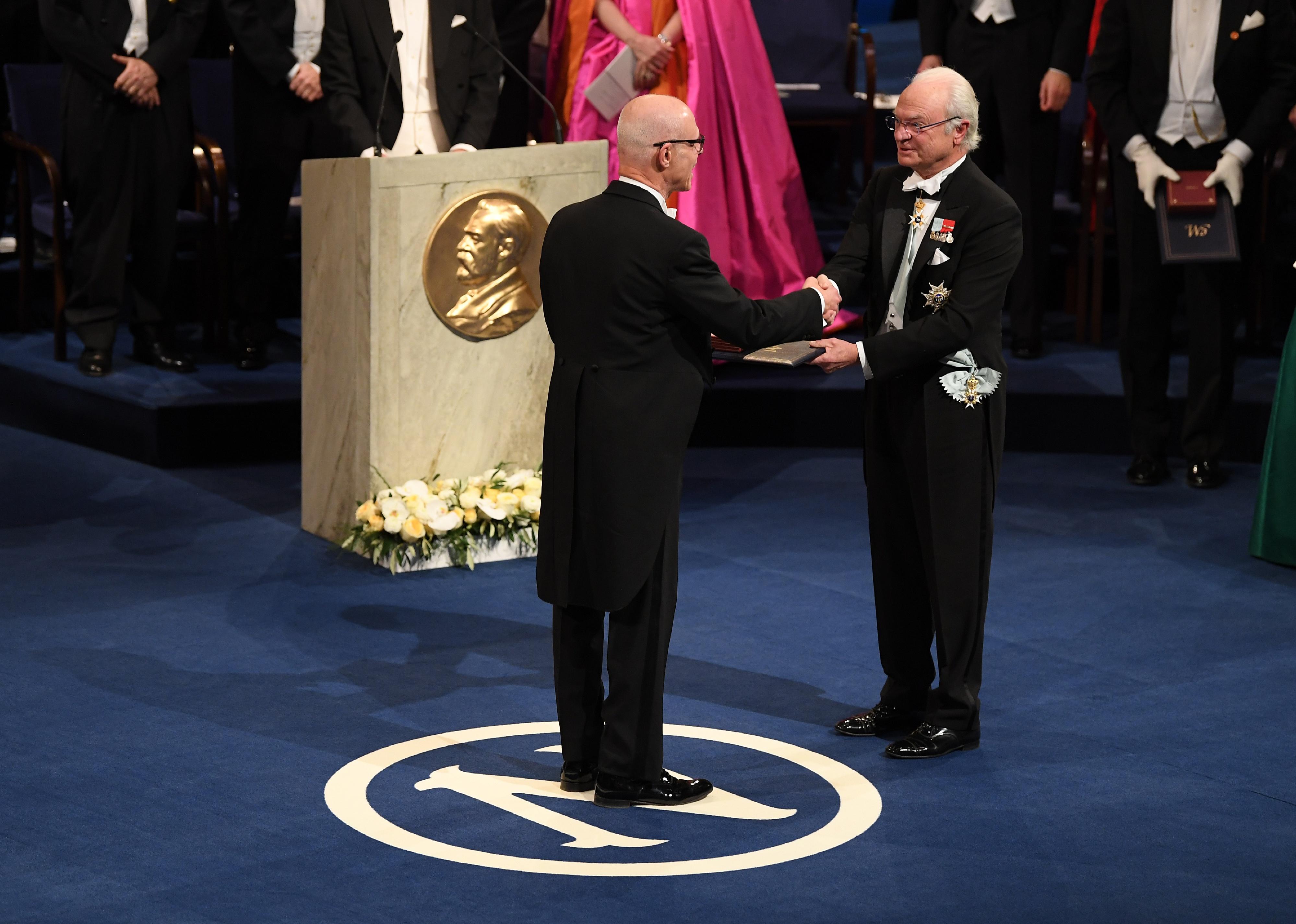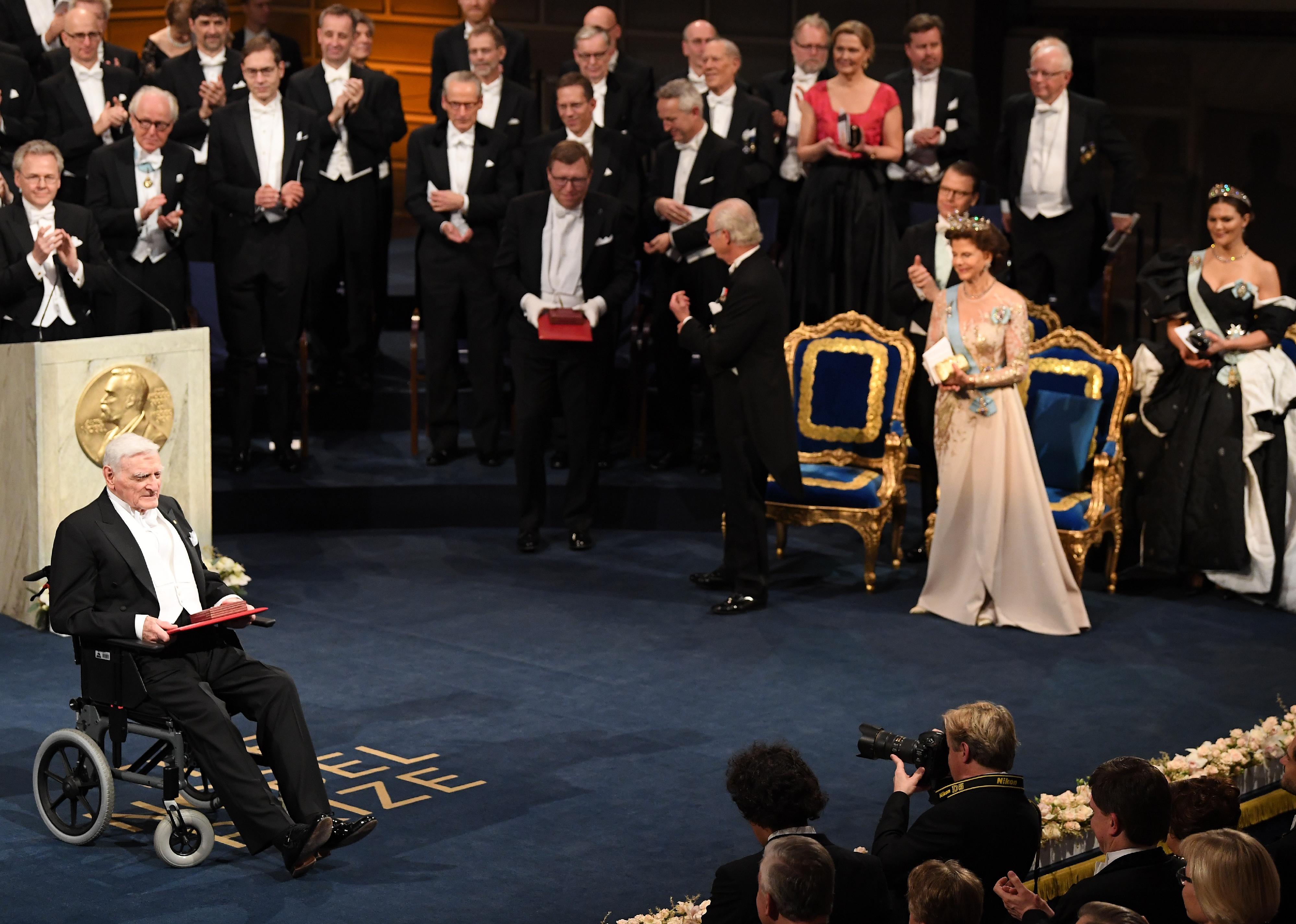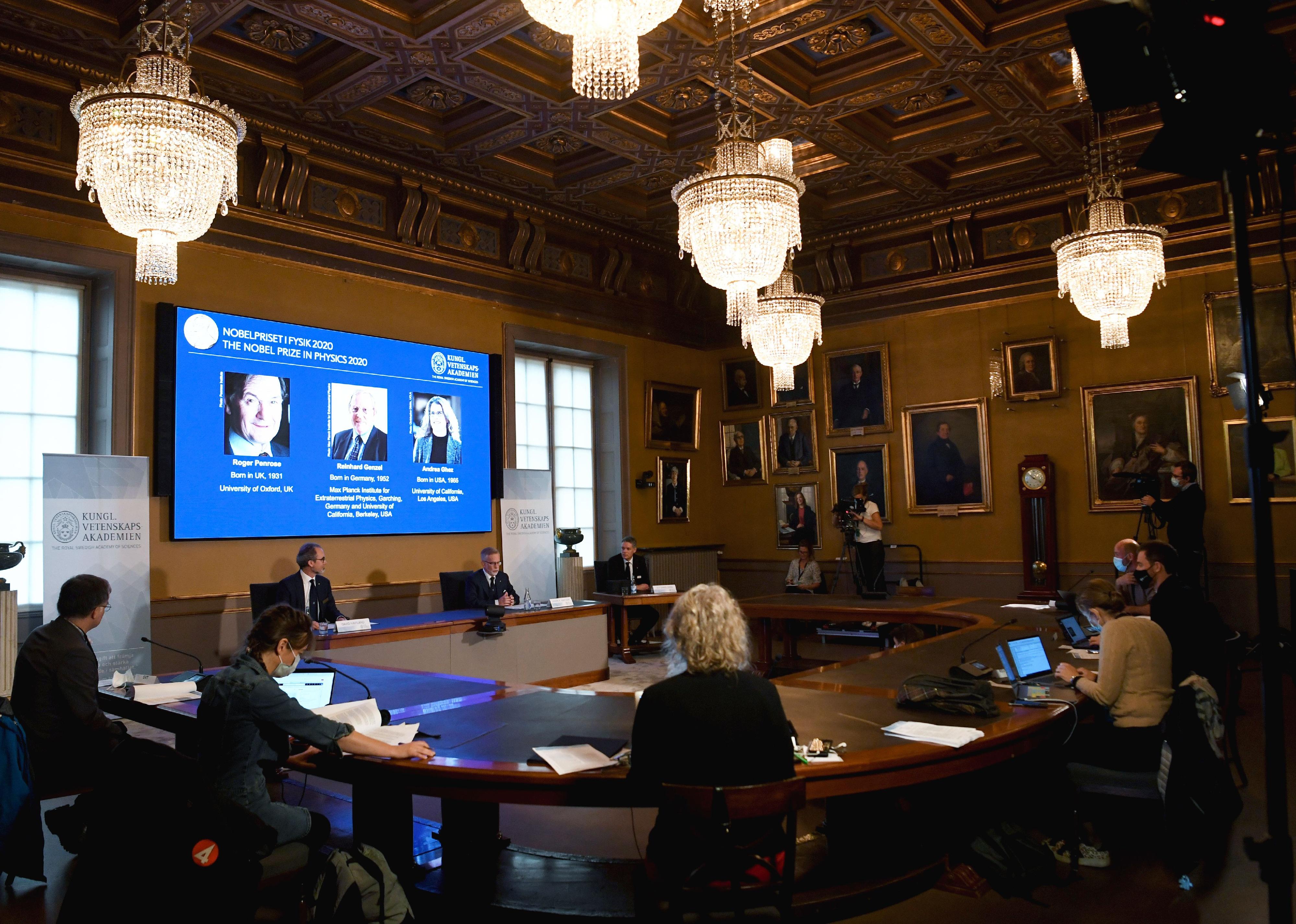Nobel Prize history from the year you were born
Published 3:00 pm Friday, October 7, 2022
Paramonov Alexander // Shutterstock
Nobel Prize history from the year you were born
Since 1901, Nobel Prizes have honored the world’s best and brightest and showcased the work of brilliant and creative minds, thanks to Swedish businessman Alfred Nobel, who made his fortune with the invention of dynamite.
The Prize in Physiology or Medicine often honors those whose discoveries led to medical breakthroughs, new drug treatments, or a better understanding of the human body that benefit us all. The Prize in Literature celebrates those skilled in telling stories, creating poetry, and translating the human experience into words. The Prizes in Chemistry and Physics remind most of us how little we understand of genetics, atomic structures, or the universe around us by celebrating the scientists who further our knowledge.
A later addition to the award roster, the Nobel Memorial Prize in Economic Sciences is not an original prize but was established by the Central Bank of Sweden in 1968 as a memorial to Alfred Nobel. It applauds those who can unravel the mysteries of markets, trade, and money.
Finally, the Peace Prize celebrates, in Nobel’s words, “the person who shall have done the most or the best work for fraternity between nations, for the abolition or reduction of standing armies, and for the holding and promotion of peace congresses”—sometimes risking their lives to do so.
So precious are the awards that the medals of German physicists Max von Laue and James Franck—stored away for safekeeping in Copenhagen during World War II—were dissolved in acid to keep them away from the approaching Nazi troops. After the war, the gold was reconstituted from the acid and recast into new medals.
But Nobel history has not been entirely noble. In 1939, British Prime Minister Neville Chamberlain, known for his policy of appeasement toward Nazi Germany, was nominated for the Peace Prize. In an act of irony and protest, members of the Swedish Parliament nominated Adolf Hitler, but that nomination was withdrawn. Some recipients have ordered oppressive crackdowns on their own people or ignored genocides, either before or after receiving the Prize. The 1918 Nobel Prize in Chemistry was given to Germany’s Fritz Haber, who invented a method of producing ammonia on a large scale, which was helpful in making fertilizer. But the same chemist helped develop the chlorine gas that was used as a chemical weapon in World War I.
Stacker looked at facts and events related to the Nobel Prizes each year from 1931 to 2021, drawing from the Nobel Committee’s recollections and announcements, news stories, and historical accounts. Take a look and see what was happening with the Nobel Prizes the year you were born.
You may also like: 105 years of military history
![]()
ullstein bild Dtl. // Getty Images
1931: First prize awarded posthumously
Erik Axel Karlfeldt was the first Nobel winner to be awarded posthumously. The Swedish poet was alive during the nomination and deliberation process but died six months before the Literature Prize was announced. As of 1974, the rules were changed so that awards can only be given posthumously if the winner dies after the announcement but before the formal award is bestowed.
Historical // Getty Images
1932: Author of ‘The Forsyte Saga’ wins
John Galsworthy, author of “The Forsyte Saga,” was awarded the Nobel Prize in Literature. The chronicle of English life became a hugely popular miniseries in 1967 on American public television.
Imagno // Getty Images
1933: Nazis accuse prize winner of jewel smuggling
Ivan Bunin, the first Russian writer to win the Nobel Prize in Literature, departed Russia after the 1917 revolution and settled in France as a permanent exile. His books were banned by Soviet authorities due to his anti-Bolshevik writing. To accept his Nobel Prize in Stockholm, Bunin had to travel through Germany, where he was arrested by the Nazis and falsely accused of smuggling jewels. The Nazis forced him to drink a bottle of castor oil before letting him go.
Bettmann // Getty Images
1934: Winners determine cause of anemia
Three Americans shared the Nobel Prize in Physiology or Medicine for their research into anemia, when the body’s red blood cell count is low. George Whipple found dogs formed new blood cells by eating diets of liver, kidney, meat, and apricots, and George Minot and William Murphy applied those findings to humans with pernicious anemia. They also delved into the cause of pernicious anemia: a shortage of vitamin B12.
ullstein bild Dtl. // Getty Images
1935: Nobel winner held in concentration camp
The 1935 Peace Prize was awarded to Carl von Ossietzky, a journalist and critic of Nazi Germany who was being held in a concentration camp. Hitler would not allow him to accept the prize. He died in 1938 in a prison hospital. Also in 1935, married couple Frédéric Joliot and Irène Joliot-Curie won the Nobel Prize in Chemistry. Joliot-Curie was the daughter of Marie Curie and Pierre Curie, also Nobel Prize winners.
You may also like: 50 famous firsts from presidential history
Keystone // Getty Images
1936: Norway’s royal family skips ceremony
The Norwegian royal family chose not to attend the Nobel ceremony following the controversial choice of German pacifist Carl von Ossietzky to win the Peace Prize. Critics said the prize decision would provoke Germany. The royal family offered no official explanation for skipping the ceremony, but it was widely believed that Norway wanted to distance itself from the prize selection.
Bettmann // Getty Images
1937: Nobel Prize in Physics highlights advancements from accidents
American physicist Clinton Davisson won the Nobel Prize partly by accident. When he was testing the hypothetical relation between particle velocity and wavelength, he bombarded a nickel block with electrons and measured how they scattered. But when the nickel was baked at high heat after accidental contamination, the structure of its atoms changed, as did the patterns of the electrons, proving the hypothesis.
Universal History Archive // Getty Images
1938: Nazis force winner to turn down prize
The Nobel Prize in Chemistry for 1938 was awarded to Richard Kuhn, a Austrian biochemist who researched vitamins and carotenoids. He was forced by Nazi authorities to turn down the prize, and forfeit the prize money, but he was awarded the medal and diploma following World War II.
ullstein bild Dtl. // Getty Images
1939: Two winners made to decline Nobels
Germany’s Adolf Butenandt won the Nobel Prize in Chemistry for his research into sex hormones that would be used in the development of oral contraception. Like Richard Kuhn in 1938, he was forced by the Nazis to decline the prize but was able to accept the certificate and medal in 1949. Germany’s Gerhard Domagk, whose research led to the development of antibiotics, also had to turn down the Nobel Prize in Physiology or Medicine but got it after the war.
Hulton Deutsch // Getty Images
1940: World War II halts Nobels
No Nobel prizes were awarded in 1940 due to World War II. Norway was occupied by German forces, and Adolf Hitler was angry about the 1936 Peace Prize awarded to Carl von Ossietzky, a journalist who disclosed that Germany had been secretly rearming, a violation of the Treaty of Versailles that ended World War I. Ossietzky was tried and convicted of treason.
You may also like: Counties with the highest rate of food-insecure children
Donaldson Collection // Getty Images
1941: Nobel winners flee Europe
Not only were no Nobel Prizes awarded while the world was locked in war, but a significant brain drain was underway that would see Europe lose many of its brilliant thinkers. By 1941, a dozen Nobel-winning scientists had left for England and the United States, including physicists Niels Bohr, a winner in 1922; Albert Einstein, who won in 1921; and Enrico Fermi, who won in 1938.
Hulton Deutsch // Getty Images
1942: Idea of United Nations, future winner, takes hold
While no Nobel Prizes were awarded, 1942 was the year that the name United Nations was coined by President Franklin Roosevelt in a declaration by 26 nations to stand together against the Axis powers. Founded three years later, the United Nations—along with its agencies, programs, and staff—has been awarded the Nobel Peace Prize a dozen times. The U.N.’s High Commissioner for Refugees (UNHCR) has won it twice, and most recently, the U.N.’s World Food Programme won in 2020.
Bettmann // Getty Images
1943: Discovery of vitamin K
Henrik Dam and Edward Doisy shared the Nobel Prize in Physiology or Medicine for their work in the discovery of vitamin K, which the human body uses for clotting and healing. Dam determined that Vitamin K is needed for blood to coagulate, and Doisy found ways to produce it artificially, which was useful in stopping bleeding in small children.
Arthur Tanner // Getty Images
1944: Awarding of Peace Prize resumes
The Nobel Peace Prize was awarded to the International Committee of the Red Cross for the work it had done “during the war on behalf of humanity.” It was the first Peace Prize bestowed in five years; the prizes were not given out from 1939, the year Germany invaded Poland at the start of World War II, to 1943.
Bettmann // Getty Images
1945: Soviet leader Stalin is nominated
Joseph Stalin was nominated for the Nobel Peace Prize this year and again in 1948 for his part in efforts to end World War II. The prize went to the U.S. Secretary of State Cordell Hull for his role in the creation of the United Nations.
You may also like: How America has changed since the first Census in 1790
Bettmann // Getty Images
1946: American peace activists share Prize
Two American activists shared the Nobel Peace Prize. One was Emily Greene Balch, co-founder of the Women’s International League for Peace and Freedom and a professor at Wellesley College for 22 years until she was fired for her activism. John Raleigh Mott, head of the Young Men’s Christian Association, promoted international youth programs, worked with relief programs for prisoners of war, and was an outspoken critic of colonial oppression and race discrimination.
Fox Photos // Getty Images
1947: First woman to win Nobel in Physiology or Medicine
Gerty Cori, the first woman to win the Nobel Prize in Physiology or Medicine, was honored with her husband Carl Cori for their work in understanding the metabolism process. When the couple moved to America in 1922 from Austria, Carl Cori was hired as a biochemist at a New York research institute. Gerty Cori could only find work as an assistant pathologist, despite having the same degrees and research experience, because she was a woman. She was finally allowed a position equal with her talent and experience at Washington University in St. Louis in 1938.
Bettmann // Getty Images
1948: Gandhi nominated, never wins
Indian leader Mahatma Gandhi was nominated five times for the Nobel Peace Prize, the final time being in 1948 not long before he was assassinated. That year, the Nobel Committee chose not to bestow any award, declaring there was “no suitable living candidate.”
Kurt Hutton // Getty Images
1949: Inventor of lobotomy is honored
The winner of the Nobel Prize in Medicine, Portugal’s Egas Moniz, invented the lobotomy. He discovered how a surgical incision into the brain’s prefrontal lobe could alter behavior. Lobotomies were used widely to treat mental illness in the 1940s and 1950s until they were widely recognized as dangerous, and medication for mental illness became more commonly prescribed.
FRANK JURKOSKI // Getty Images
1950: First Black winner of Peace Prize
Ralph Bunche was principal secretary of the United Nations’ Palestine Commission when he was awarded the Peace Prize for his role in mediating the 1949 cease-fires between Israel and Arab states after the partition of Palestine. Bunche, an academic and U.S. State Department advisor, was the first Black person to receive a Nobel Prize.
You may also like: Former jobs of the governor of every state
Bettmann // Getty Images
1951: Winning research led to yellow fever vaccine
Max Theiler of South Africa was honored for his research on yellow fever, a deadly disease found in subtropical and tropical South America and Africa and spread primarily by mosquitoes. Theiler discovered how to transmit the yellow fever virus to mice, helping produce weaker forms of the virus that could be used as a vaccine for humans.
Bettmann // Getty Images
1952: Winner discovers antibiotic to treat tuberculosis
For his role in the discovery of streptomycin, Selman Waksman was awarded the Nobel Prize in Physiology or Medicine. Streptomycin was the first antibiotic found to be effective against tuberculosis. Waksman studied how the bacteria that causes tuberculosis interacted with microorganisms in soil and found that a bacterium called Streptomyces griseus blocked its growth.
Keystone // Getty Images
1953: Winston Churchill is honored for his writing
British Prime Minister Winston Churchill won the Nobel Prize in Literature for his works that included an autobiography, several volumes about the First and Second World Wars, and his notable speeches during World War II. From 1946 to 1953, Churchill was nominated in seven years for the Literature Prize and twice for the Nobel Peace Prize.
ullstein bild Dtl. // Getty Images
1954: Nobel Committee cites Ernest Hemingway’s ‘The Old Man and the Sea’
Although the Nobel Prize in Literature is considered to honor a writer’s body of work, the Nobel Academy singled out “The Old Man and the Sea” when it chose American author Ernest Hemingway. It said the novel demonstrated “his mastery of the art of narrative.”
Bettmann // Getty Images
1955: Chemistry winner studied love hormone
The winner of the Chemistry Prize, Vincent du Vigneaud, studied biochemical sulphur compounds, including oxytocin, a hormone involved in sexual intimacy and reproduction. Sometimes called the cuddle or love hormone, it is released when people bond, including as couples or parents with children. Vigneaud isolated oxytocin, calculated its chemical composition, and determined how to produce it artificially.
You may also like: Countries that have mandatory voting
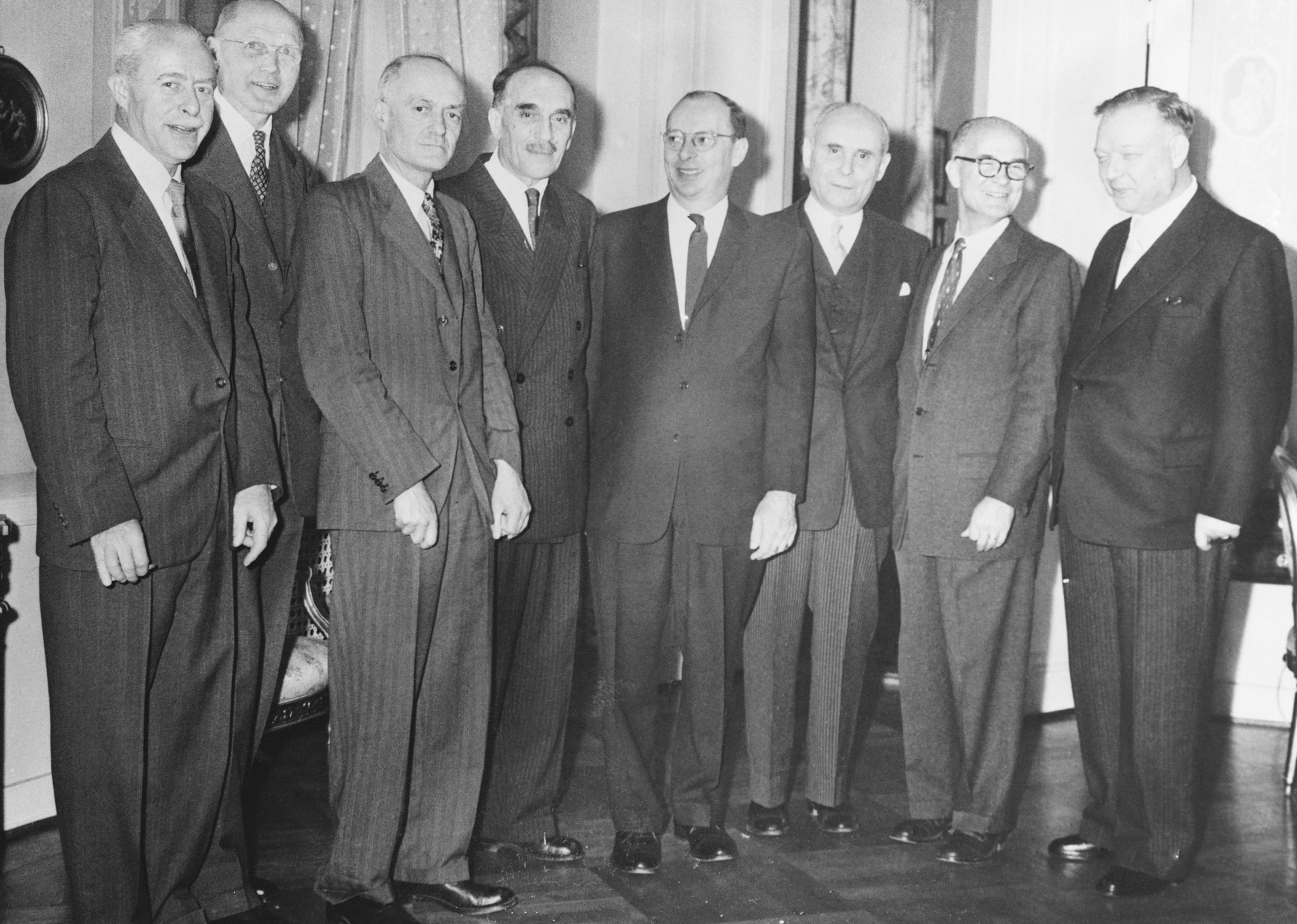
Hulton Deutsch // Getty Images
1956: Physics winner promises to win again, and does
The king of Sweden good-naturedly reprimanded John Bardeen for leaving most of his family home—his children were in school—when he was awarded the Nobel Prize in Physics. The American physicist told the king he would bring his family “the next time.” Sure enough, Bardeen won a second Nobel Prize in 1972, and he took his whole family to the ceremony.
Bettmann // Getty Images
1957: Winner helped avert Middle East threat
Ending conflict in the Middle East was the focus of Canadian historian and diplomat Lester Pearson, who won the Peace Prize for his role in ending violence that erupted in 1956 over control of the Suez Canal. The conflict among the major superpowers could have had severe global consequences. Thanks to Pearson’s efforts, a United Nations Emergency Force was dispatched to oversee a cease-fire.
Bettmann // Getty Images
1958: Russian writer made to turn down literature prize
Russia’s Boris Pasternak was awarded the Nobel Prize in Literature, which he at first accepted but later was forced to turn down by Soviet authorities who banned his novel, “Doctor Zhivago.” The only novel the poet wrote, “Dr. Zhivago” was deemed to be anti-Soviet and remained forbidden until the late 1980s.
Bettmann // Getty Images
1959: Father—and later, son—win for genetic research
Biochemists Severo Ochoa and Arthur Kornberg’s work on DNA and RNA earned them the Nobel Prize in Physiology or Medicine. Ochoa discovered how to create RNA, and Kornberg, formerly a student of Ochoa’s, found ways of making DNA. Kornberg’s son, Roger, a chemical physicist, also conducted genetic research and won the Nobel Prize in Chemistry in 2006.
Bettmann // Getty Images
1960: Zulu chief wins for anti-apartheid effort
Zulu chief Albert Lutuli, winner of the Peace Prize, was a leading opponent of apartheid in South Africa. The teacher and trade unionist led nonviolent campaigns of civil disobedience, demonstrations, and strikes. He was repeatedly arrested, and his movements and activities were restricted.
You may also like: Cities before conflict: what it was like to visit Juarez, Tehran, and 13 other afflicted places
MPI // Getty Images
1961: UN Secretary-General wins posthumously
The awarding of the Peace Prize to Dag Hammarskjöld, the second Secretary-General of the United Nations, was only the second time a Nobel was given posthumously. The first occasion was the posthumous literature prize awarded to Erik Axel Karlfeldt in 1931. The rules were changed in 1974 so that prizes could not be awarded posthumously unless the winner dies after the announcement but before the award ceremony.
Bettmann // Getty Images
1962: Winner auctions prize for charity
The winner of the Nobel Prize in Physiology or Medicine, to American James Watson, would later sell it at auction at Christie’s in 2014 to raise money for charity. Russian tycoon Alisher Usmanov paid $4.7 million, then said he was returning the award to the scientist. Watson won for discovering the structure of DNA along with Francis Crick.
Denver Post // Getty Images
1963: Nobel’s only three-time win
Switzerland’s International Committee of the Red Cross won the Nobel Peace Prize for a third time, after winning in 1917 and 1944. It is the Nobel’s only three-time winner. It shared its third prize with the League of Red Cross Societies, which became the International Federation of Red Cross and Red Crescent Societies.
Dominique BERRETTY // Getty Images
1964: Jean-Paul Sartre wins, turns down Literature Prize
France’s Jean-Paul Sartre was awarded, and declined, the Nobel Prize in Literature. He explained that he always declined official honors and that as a writer, he felt he should remain distinct from any institution.
Bettmann // Getty Images
1965: UNICEF honored for its growing role
The United Nations Children’s Fund, better known as UNICEF, was awarded the Nobel Peace Prize. UNICEF started out in 1946 providing food, clothes, and medicine to children and mothers but expanded to promote nutrition, school attendance, and health care in developing countries. The Nobel Committee honored UNICEF “for its effort to enhance solidarity between nations and reduce the difference between rich and poor states.”
You may also like: Most dangerous countries for journalists
ullstein bild Dtl. // Getty Images
1966: American becomes oldest winner
Peyton Rous won the Nobel Prize in Physiology or Medicine when he was 87, the oldest winner ever in the category. The American studied the role of viruses in cancer cells and transmission. His work was based on research begun in the early 1910s.
Keystone // Getty Images
1967: Winners look at how the eye functions
Contributions to understanding how the human eye functions earned the Nobel Prize in Physiology or Medicine for a scientific trio. Finnish scientist Ragnar Granit researched the types of cones responsible for seeing color; American Keffer Hartline analyzed how the eye processes contrasts; and American George Wald studied the role of light in visual impressions.
Mario Ortiz // Shutterstock
1968: Swedish bank creates Economics Prize
The Nobel Memorial Prize in Economic Sciences was established in 1968 by Sveriges Riksbank, the central bank of Sweden. It was created to mark the bank’s 300th anniversary. The first recipients would be awarded in 1969.
Bettmann // Getty Images
1969: Older of two winning brothers is honored
The first Nobel Memorial Prize in Economic Sciences was shared by Norwegian economist Ragnar Frisch and Dutch economist Jan Tinbergen, who helped develop the study of economics based upon mathematics. Tinbergen created a model of macroeconomics, placing economic variables in mathematical relationships to each other. His younger brother, Nikolaas Tinbergen, was one of three scientists awarded the 1973 Nobel Prize in Physiology or Medicine for their studies of animal behavior, particularly how animals communicate and care for their young.
Hulton Deutsch // Getty Images
1970: Winner is son of 1929 winner
Sweden’s Ulf von Euler discovered the body’s neurotransmitter norepinephrine, which is involved in the fight-or-flight process, and was awarded the Nobel Prize in Physiology or Medicine. His father, Hans von Euler-Chelpin, won the Nobel Prize in Chemistry in 1929 for his research in the fermentation of sugar and the enzymes involved in the process.
You may also like: How Americans use the internet today, by the numbers
picture alliance // Getty Images
1971: Nobel honors easing of East-West tensions
Physicist Dennis Gabor won the Nobel Prize in Physics for inventing the holograph, and German Chancellor Willy Brandt won the Peace Prize for helping ease relations between East and West Germany. Under his administration, West Germany signed a nuclear weapons nonproliferation treaty, reached a nonviolence deal with the Soviet Union, and laid the groundwork for making family visits easier in the divided city of Berlin.
ullstein bild // Getty Images
1972: Post-war German literature is honored
In awarding the Prize in Literature, the Nobel Committee honored German writer Heinrich Böll, saying his “a broad perspective on his time and a sensitive skill in characterization has contributed to a renewal of German literature.” After World War II, Böll was part of the “Gruppe 47,” a number of influential writers who would meet over the course of three decades as they dealt with the war’s destruction and the aftermath of the Holocaust.
Reg Lancaster // Getty Images
1973: Peace Prize sparks controversy over Vietnamese talks
In a controversial decision, the 1973 Nobel Peace Prize was awarded jointly to U.S. Secretary of State Henry Kissinger and Le Duc Tho of North Vietnam for the Vietnam cease-fire negotiations. But the North Vietnamese leader refused to accept the prize, on grounds that the war was ongoing and the United States violated terms of the agreement. Kissinger did not travel to Norway to accept the prize and said he wanted to return it but was told he could not do so.
Bettmann // Getty Images
1974: Conservative, free-market economist wins
Free-market economist Friedrich von Hayek, a critic of central planning, shared the Nobel Prize with Swedish economist Gunnar Myrdal. Hayek argued for a decentralized market system with open competition and disagreed with the use of government fiscal policy to moderate movements of the economy as promoted by economist John Maynard Keynes.
Museum of Science and Industry, Chicago // Getty Images
1975: Son of 1922 winner is honored
Danish physicist Aage Bohr won the Nobel Prize for his experiments on the structure of atoms. His father, Niels Bohr, won the Nobel Prize in Physics in 1922, also for work on atomic structure. The elder Bohr created a theory that explained how moving electrons cause atoms to emit light.
You may also like: From Stonewall to today: 50 years of modern LGBTQ+ history
Keystone // Getty Images
1976: Prize goes to influential US economist
American economist Milton Friedman was awarded the Nobel Memorial Prize in Economic Sciences for his work on monetary policy. Friedman advocated for free markets and opposed government economic intervention. His views influenced the conservative fiscal policies of U.S. President Ronald Reagan and British Prime Minister Margaret Thatcher. He was a major proponent of school vouchers—using public tax funds to pay for students to attend private schools—a system that remains hugely controversial to this day.
Hulton Archive // Getty Images
1977: Nobels honor advances in human health care
Winners of the Nobel Prize in Physiology or Medicine, Roger Guillemin and Andrew Schally used pig brains and lamb brains in their research on hormonal roles and structure. They shared the prize with Rosalyn Yalow, a nuclear physicist who developed radioimmunoassay, a method that can measure extremely small amounts of bodily substances. It was used in helping determine the cause of type 2 diabetes.
Keystone // Getty Images
1978: Camp David accord is honored, without Jimmy Carter
The Camp David Agreement, which laid out a framework for peace in the Middle East, earned the Nobel Peace Prize for Egyptian President Mohamed Anwar al-Sadat and Israeli Prime Minister Menachem Begin. U.S. President Jimmy Carter was to have been a third recipient, but a technicality prevented him from being nominated within the Committee’s deadline. But he won the Peace Prize nevertheless in 2002.
Bettmann // Getty Images
1979: Mother Teresa’s relief work is honored
Mother Teresa of the Missionaries of Charity was given the Nobel Peace Prize for her work assisting the poor in Kolkata, especially its orphans, lepers, and terminally ill. Pope Francis declared the Albanian nun a saint in 2016. She started the Missionaries of Charity with a dozen nuns and it had nearly 5,000 at the time of her death in 1997.
Bettmann // Getty Images
1980: Chemist collects his second Nobel
Britain’s Frederick Sanger won his second Nobel Prize in Chemistry, having won his first in 1958. The first prize honored his research in the composition of insulin molecules, and the second prize recognized his work in mapping human genomes and developing a method used in DNA sampling and identification.
You may also like: 50 endangered species that only live in the Amazon rainforest
Fairfax Media Archives // Getty Images
1981: UN refugee group wins a second time, in a changing world
The Office of the United Nations High Commissioner for Refugees won its second Nobel Peace Prize. It was awarded its first Peace Prize in 1954 for its relief to refugees in post-war Europe. The Nobel Committee noted that more recently, refugees were coming from developing countries, especially Vietnam, Afghanistan, and Ethiopia, and that the UNHCR accomplished its humanitarian work despite political obstacles and challenges.
Bettmann // Getty Images
1982: Anti-nuclear scientist, married to 1974 winner, awarded Peace Prize
Alva Myrdal, along with Mexicican diplomat Alfonso García Robles, won the Nobel Peace Prize for working toward nuclear disarmament. Myrdal was a Swedish scientist, government official, and diplomat, and she was married to Gunnar Myrdal, a Swedish economist who was awarded an Economics Nobel in 1974.
Keystone // Getty Images
1983: ‘Lord of the Flies’ author honored with Literature Prize
Best known for “Lord of the Flies,” British author William Golding won the Nobel Prize in Literature. The Nobel Committee said his novels, “with the perspicuity of realistic narrative art and the diversity and universality of myth, illuminate the human condition in the world of today.”
AFP // Getty Images
1984: Award to apartheid opponent fuels global sentiment
The Nobel Peace Prize was given to Desmond Tutu for his role in ending apartheid in South Africa. The Nobel Committee said it selected the Anglican bishop for his advocacy of using nonviolence to counter the system of racial separation. The award to Tutu was influential in the global advocacy for the economic sanctions that pressured South Africa to dismantle its brutal system.
John Mahler // Getty Images
1985: Prize celebrates Soviet-US cooperation
In awarding the Peace Prize to the International Physicians for the Prevention of Nuclear War, the Nobel Committee singled out its Soviet founder Yevgeny Chazov and American founder Bernard Lown to accept the award because of their cooperative influence. The IPPNW consists of tens of thousands of medical professionals, now in 64 countries, who banded together in hopes of preventing and averting nuclear war.
You may also like: Oldest national parks in America
AFP // Getty Images
1986: Holocaust survivor, writer honored
Holocaust survivor, activist, and author Elie Wiesel won the Nobel Peace Prize for “his message … of peace, atonement and dignity,” the Nobel Committee said. At 16, Wiesel was imprisoned in Buchenwald. His mother, father, and younger sister were killed in the camps.
IVAN MONTECINOS // Getty Images
1987: Architect of Central American peace plan is hailed
Costa Rican President Oscar Arias Sánchez is credited for his leadership in encouraging five presidents in Central America to sign a peace agreement ending the region’s civil wars. The peace plan signed by Costa Rica, Guatemala, El Salvador, Honduras, and Nicaragua called for human rights safeguards, free elections, and an end to interference by other countries.
LASSE HEDBERG // Getty Images
1988: Winners made valued inroads in drug therapies
The winners of the Prize in Physiology or Medicine brought relief to millions with their drug discoveries. The work of Sir James Black led to the use of receptor-blocking drugs to treat heart disease, hypertension, and peptic ulcers, and collaborators Gertrude Elion and George Hitchings made discoveries that led to drugs for the treatment of leukemia, malaria, gout, and herpes virus infections.
AFP // Getty Images
1989: China opposes Peace Prize for Dalai Lama
When the 14th Dalai Lama was awarded the Nobel Peace Prize, he was living in exile for his opposition to the Chinese occupation of Tibet. Chinese authorities said the award was an act of interference in its internal affairs and that it hurt the Chinese people’s feelings. The Dalai Lama used the occasion to present a plan for Tibet to be a demilitarized zone, an idea the Chinese government rejected.
Pascal J Le Segretain // Getty Images
1990: Gorbachev credited with role in ending Cold War
Marking the end of the Cold War, the Nobel Committee presented the Peace Prize to Soviet President Mikhail Gorbachev. It honored Gorbachev for his efforts at economic and political reform known as perestroika and détente with the United States. In a speech delivered by an aide sent to accept the prize, the Soviet leader said it was “a recognition of what we call perestroika and innovative political thinking, which is of vital significance for human destinies all over the world.”
You may also like: States with the highest and lowest Trump approval ratings
Thierry Falise // Getty Images
1991: Myanmar leader honored, but later faces calls for prize retraction
Myanmar’s human rights activist Aung San Suu Kyi was under house arrest when she was awarded the Peace Prize. In 2015 she was released and elected to national office, but she has come under strong criticism for her country’s treatment of its Muslim Rohingya minority and its possible genocide. Calls were made for her Nobel Prize to be revoked, but the head of the Nobel Foundation said it would not be withdrawn for events that took place after it was awarded.
ROLANDO GONZALEZ // Getty Images
1992: Nobel highlights rights, peace effort in Central America
Marking the 500th anniversary of Christopher Columbus landing in the Americas, Mayan Rigoberta Menchú Tum of Guatemala was hailed for her campaign for human and Indigenous rights. Taking a global approach, she facilitated the use of international intermediaries in negotiations between guerrilla forces and the government, culminating in a 1996 peace agreement that ended a 36-year civil war.
GERARD JULIEN // Getty Images
1993: South African prisoner, president praised for ending apartheid
South Africa took the spotlight when the Nobel Peace Prize was awarded to Nelson Mandela and Frederik Willem de Klerk for their roles in ending the apartheid system of racial separation. Mandela was imprisoned 27 years for his political activism, and de Klerk, the president of South Africa, released him in 1990. They went on to work together to end apartheid and design a new constitution that allowed universal voting rights, regardless of race.
South China Morning Post // Getty Images
1994: ‘A Beautiful Mind’ economist is honored
American John Nash was one of three winners of the Nobel Memorial Prize in Economic Sciences for his work on game theory. Nash’s struggle with schizophrenia was portrayed in the 2001 Academy Award-winning film “A Beautiful Mind,” starring Russell Crowe as the Princeton-educated mathematician. His work, which became known as the Nash equilibrium, is used in understanding the processes of chance and decision-making.
Micheline Pelletier // Getty Images
1995: Anti-nuclear physicist honored 50 years after Hiroshima, Nagasaki
Joseph Rotblat, a physicist and longtime opponent of nuclear weapon development, won the Nobel Peace Prize 50 years after atom bombs were dropped on Hiroshima and Nagasaki. He withdrew in 1943 from the Manhattan Project, which was producing nuclear weapons. He worked with the anti-nuclear Pugwash movement, a series of conferences with which he shared the Peace Prize.
You may also like: Most and least popular governors in America
Micheline Pelletier // Getty Images
1996: Peace Prize accelerates independence for East Timor
Southeast Asia’s East Timor was highlighted when the Peace Prize was awarded to Carlos Belo and José Ramos-Horta. Ramos-Horta was a leader of resistance in East Timor to the occupation by Indonesia and helped build international support for self-determination, and Belo, a Roman Catholic bishop, demanded the United Nations and the United Nations Commission on Human Rights take notice. The Peace Prize is considered a major factor in East Timor achieving independence in 2002.
DAVE CHAN // Getty Images
1997: Prize lauds effort to clear world of land mines
Citing the more than 100 million anti-personnel landmines estimated to be strewn around the world, the Nobel Committee gave the Peace Prize to the International Campaign to Ban Landmines and to its coordinator Jody Williams for their accomplishments in banning and clearing mines. Their work culminated in the United Nations’ Mine Ban Convention, adopted in 1997, that prohibited the stockpiling and use of landmines and required countries to clear mines.
Micheline Pelletier // Getty Images
1998: Prize salutes Good Friday Agreement in Northern Ireland
Two political leaders—David Trimble and John Hume—in Northern Ireland shared the Peace Prize for helping bring about the Good Friday Agreement that laid out plans for governance of Northern Ireland. Key to the agreement were the Protestant Ulster Unionist Party, led by Trimble, and the Catholic Social Democratic and Labour Party, led by Hume.
Patrick Robert – Corbis // Getty Images
1999: Médecins Sans Frontieres recognized
The Nobel Committee applauded Médecins Sans Frontières, known as Doctors without Borders in English, for its extensive humanitarian work across several continents. It said the organization maintained a high degree of independence, helped build public opinion in opposition to humanitarian abuses, and helped forge contacts between sides in conflicts.
JOHN G. MABANGLO // Getty Images
2000: Winning economists look at how we earn and spend
Understanding our relation to money earned the Nobel Prize for two American economists. James Heckman researched factors that affect statistical sampling, and his findings have been used to understand how early life experiences influence earnings potential and economic status. Daniel McFadden studied how people make decisions, developing so-called discrete choice models that can explain and predict behavior and are applied to such real-life uses as public transportation systems and senior housing.
You may also like: What the world’s most polluted beaches look like today
PONTUS LUNDAHL // Getty Images
2001: Experts in market behavior recognized with Economics Prize
Americans George Akerlof, Michael Spence, and Joseph Stiglitz were awarded the Nobel Memorial Prize in Economics for their work on “markets with asymmetric information”—markets in which one side has better information than the other. Akerlof looked at the consequences of such markets in areas like developing world lending and medical insurance, Spence demonstrated how market participants convey information, and Stiglitz showed how asymmetric markets work in areas like unemployment and credit.
Arne Knudsen // Getty Images
2002: Jimmy Carter honored for work in and after White House years
Jimmy Carter was commended for “decades of untiring effort to find peaceful solutions to international conflicts, to advance democracy and human rights, and to promote economic and social development.” The Committee cited his foreign policy achievements including the Panama Canal treaties, Camp David Middle Eastern accord, and SALT II treaty with the Soviet Union as well as his founding afterward of The Carter Center, which specialized in international conflict mediation and election monitoring.
SVEN NACKSTRAND // Getty Images
2003: Inventors of MRI, a major medical advance, are honored
The creators of magnetic resonance imagining, or MRI, took home the Nobel Prize in Physiology or Medicine. Paul Lauterbur of the United States and Britain’s Sir Peter Mansfield researched the behavior of atoms and molecules in a magnetic field to develop interior imagery of the human body.
AFP // Getty Images
2004: Pioneering African woman is first to win Nobel Peace Prize
Wangari Maathai, the first female professor in Kenya, became the first African woman to win the Nobel Peace Prize. Already active in the nation’s democratic movement, Maathai launched a grassroots movement that mobilized women to plant trees to fight deforestation. Called the Green Belt Movement, it spread elsewhere in Africa and led to the planting of more than 30 million trees.
JONAS EKSTROMER // Getty Images
2005: Scientists who found cause of ulcers, to the relief of many, are feted
Winners of the Nobel Prize in Physiology or Medicine, Australians J. Robin Warren and Barry Marshall discovered the bacterium that causes gastritis and peptic ulcer disease. Their discovery ran counter to the commonly held belief that peptic ulcer disease was caused by lifestyle and stress. The revelation influenced research into the causes of other chronic inflammatory conditions and the links between chronic infection, inflammation, and cancer.
You may also like: Highest-paid employees in the White House
SVEN NACKSTRAND // Getty Images
2006: Son of Physics winner becomes Chemistry winner
The winner of the Nobel Prize in Chemistry, American Roger Kornberg, researched the structure and role of an enzyme called RNA polymerase in a genetic process essential to building and maintaining molecular and cell structure. His father Arthur Kornberg won the 1959 Prize in Physiology or Medicine for his pioneering work in genetics.
SHAUN CURRY // Getty Images
2007: Author Doris Lessing becomes oldest winner of Literature Prize
Doris Lessing, author of dozens of books including the novel “The Golden Notebook,” became the oldest winner of the Nobel Prize in Literature at age 88. She told reporters from her doorstep in London that she was not that surprised because her name had been under consideration for decades. “Either they were going to give it to me sometime before I popped off or not at all,” she said.
OLIVIER MORIN // Getty Images
2008: Economist, newspaper columnist is commended
The New York Times columnist Paul Krugman won the Nobel memorial Prize in Economic Sciences for his work in international trade patterns and economic geography. Krugman was instrumental in the development of New Trade Theory, which concerns factors in international market patterns such as economies of scale and the network effect, when goods become more valuable with wider use.
JEWEL SAMAD // Getty Images
2009: Less than eight months in office, Obama is honored
U.S. President Barack Obama was presented the Peace Prize during his first year in office. The Committee said it recognized Obama for his “extraordinary efforts to strengthen international diplomacy and cooperation between peoples.” Critics questioned whether Obama, the country’s first Black president, had earned such a distinction so early in his term.
AFP // Getty Images
2010: Prize recognizes jailed Chinese dissident
China’s Liu Xiaobo was in prison when he was awarded the Nobel Peace Prize. The human rights activist had been jailed following the 1989 massacre at Tiananmen Square, imprisoned again for criticizing Chinese policies toward Taiwan and the Dalai Lama, and sentenced to prison again in 2009 for seeking political reform. He died in 2017.
You may also like: The original Woodstock, by the numbers
STAN HONDA // Getty Images
2011: Prize winner dies before announcement but keeps honor
When the Nobel Prize in Physiology or Medicine was announced, the Foundation learned that one of the winners, Ralph Steinman, had died three days earlier of cancer. Although the rules say the awards are not given posthumously, it was decided that the Canadian immunologist should be a Nobel Laureate because the Nobel Assembly had announced the winners without knowing he was dead.
Pascal Le Segretain // Getty Images
2012: Winners made major contribution to stem cell research
Sir John Gurdon of England and Shinya Yamanaka of Japan, winners of the Nobel Prize in Physiology or Medicine, researched the way cells and organisms develop. They discovered how mature specialized cells could be reprogrammed to become immature cells, a major medical breakthrough applicable to stem cell research.
JONATHAN NACKSTRAND // Getty Images
2013: Economics winners’ findings make sense of financial markets
The three American economists who shared the Nobel Prize made discoveries that help predict the long-term prices of stocks and bonds. Eugene Fama’s research was used in the development of stock index funds, Robert Shiller discovered certain dynamics about stock prices and dividends, and Lars Hansen looked at theories of risks and returns that are used in asset pricing.
ODD ANDERSEN // Getty Images
2014: Pakistani girl is youngest Nobel winner
At age 17, Malala Yousafzai was the youngest Nobel Laureate when she was awarded the 2014 Peace Prize. Yousafzai, an outspoken advocate for girls’ education and rights, survived an attempted assassination in 2012 by the Taliban in Pakistan. She shared the Peace Prize with Indian activist Kailash Satyarthi, who was honored for his work fighting child labor.
Kevin Fleming // Getty Images
2015: Physicist puts Nobel up for auction to pay bills
Physicist Leon Lederman sold his 1988 prize at auction to help cover medical expenses. An unidentified buyer paid $765,000. Lederman was one of three scientists honored for discovering the existence of a particle called a muon neutrino.
You may also like: Major newspaper headlines from the year you were born
HAAKON MOSVOLD LARSEN // Getty Images
2016: Roster of Peace nominees sets record
A record number of nominations—376—were submitted for the Nobel Peace Prize. They included Pope Francis, U.S. President Donald Trump, German Chancellor Angela Merkel, and American actress Susan Sarandon. The winner was Juan Manuel Santos, the president of Colombia, for his efforts to end the country’s half-century-long civil war. The prize in Literature went to singer-songwriter Bob Dylan.
Pascal Le Segretain // Getty Images
2017: Medical winner left field years before prize is bestowed
Jeffrey Hall, who shared the 2017 Nobel Prize in Physiology or Medicine for his work understanding the human body clock, had left science about a decade before winning his prize. He was outspoken about his frustration with what he saw as an inadequate, wasteful, and unfair research funding process.
Pascal Le Segretain // Getty Images
2018: Literature Prize delayed over scandal
At 96 years old, Arthur Ashkin became the oldest Nobel Laureate until he was surpassed by a 97-year-old winner the following year. Ashkin invented optical tweezers, sharp laser beams that can grab particles, atoms, molecules, and bacteria. The Nobel Prize in Literature was postponed due to scandal involving sexual misconduct, conflicts of interest, and financial malpractice at the Swedish Academy.
Pascal Le Segretain // Getty Images
2019: Chemist becomes oldest winner
At 97, John Goodenough became the oldest Nobel Laureate when he won the Prize for Chemistry. His work led to the development of lithium-ion batteries, which had higher voltage than previous batteries, and are used to power mobile telephones and electric cars.
FREDRIK SANDBERG // Getty Images
2020: Physics winners delve deep into Milky Way’s black holes
The three winners of the Prize in Physics—Britain’s Roger Penrose, Germany’s Reinhard Genzel, and Andrea Ghez of the United States—were honored for research into the existence and formation of black holes in the Milky Way. Penrose proved how the theory of relativity leads to the formation of black holes, while Genzel and Ghez discovered the role of a massive black hole at the center of the galaxy in affecting the orbits of stars.
You may also like: Iconic buildings that were demolished
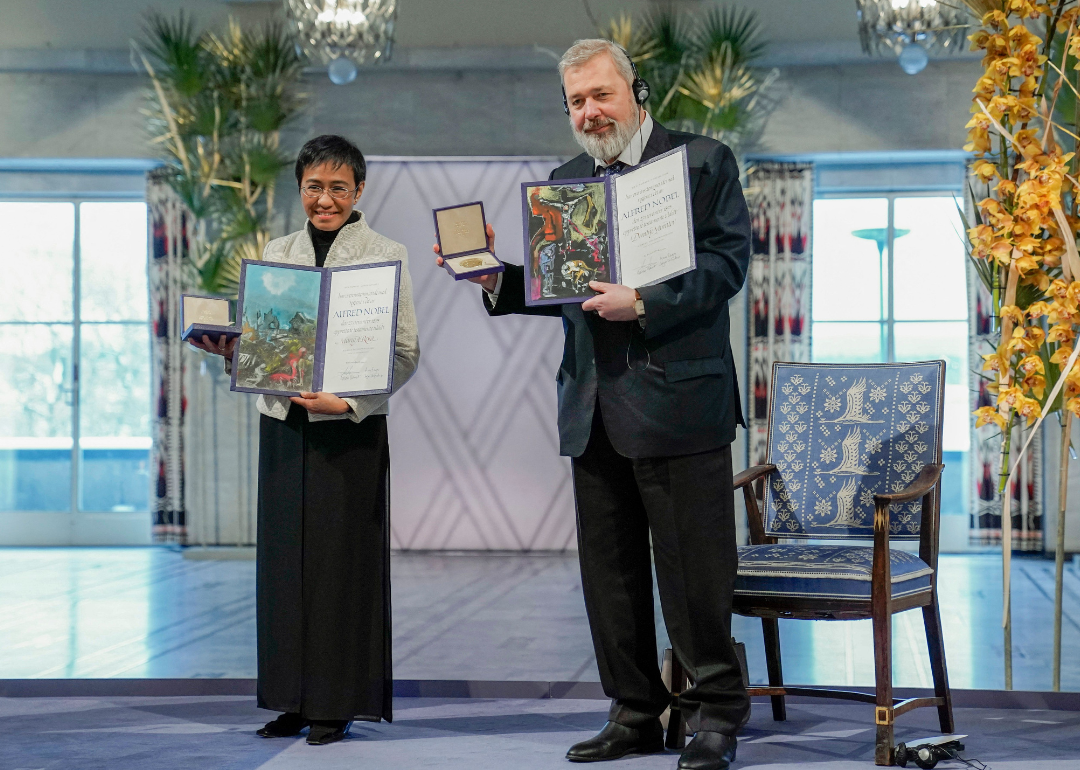
STIAN LYSBERG SOLUM/NTB/AFP via Getty Images
2021: Two journalists win Peace Prize
In 2021, the Nobel Peace Price was awarded to Filipino journalist Maria Ressa and Russian journalist Dmitry Andreyevich Muratov both for efforts to protect freedom of the press which is considered “a precondition for democracy and lasting peace.”
Ressa, an esteemed investigative journalist, worked as a correspondent for CNN for decades and later co-founded Rappler, a Philippines-based news website. She worked tirelessly to combat disinformation and expose wrongdoings by (now former) Philippine President Rodrigo Duterte and his regime. Ressa was convicted of “cyber libel” in 2020 and has been charged with other politically motivated infractions as well.
Muratov co-founded Novaya Gazeta, a Russian newspaper that promotes freedom of expression and democracy. Serving as editor-in-chief, Muratov oversaw work that exposed corruption and human rights violations committed by Russian authorities. In 2022, Muratov auctioned off his Nobel medal to raise money for those fleeing the war in Ukraine. It sold for $103.5 million—all of which was given to UNICEF’s child refugee fund.


